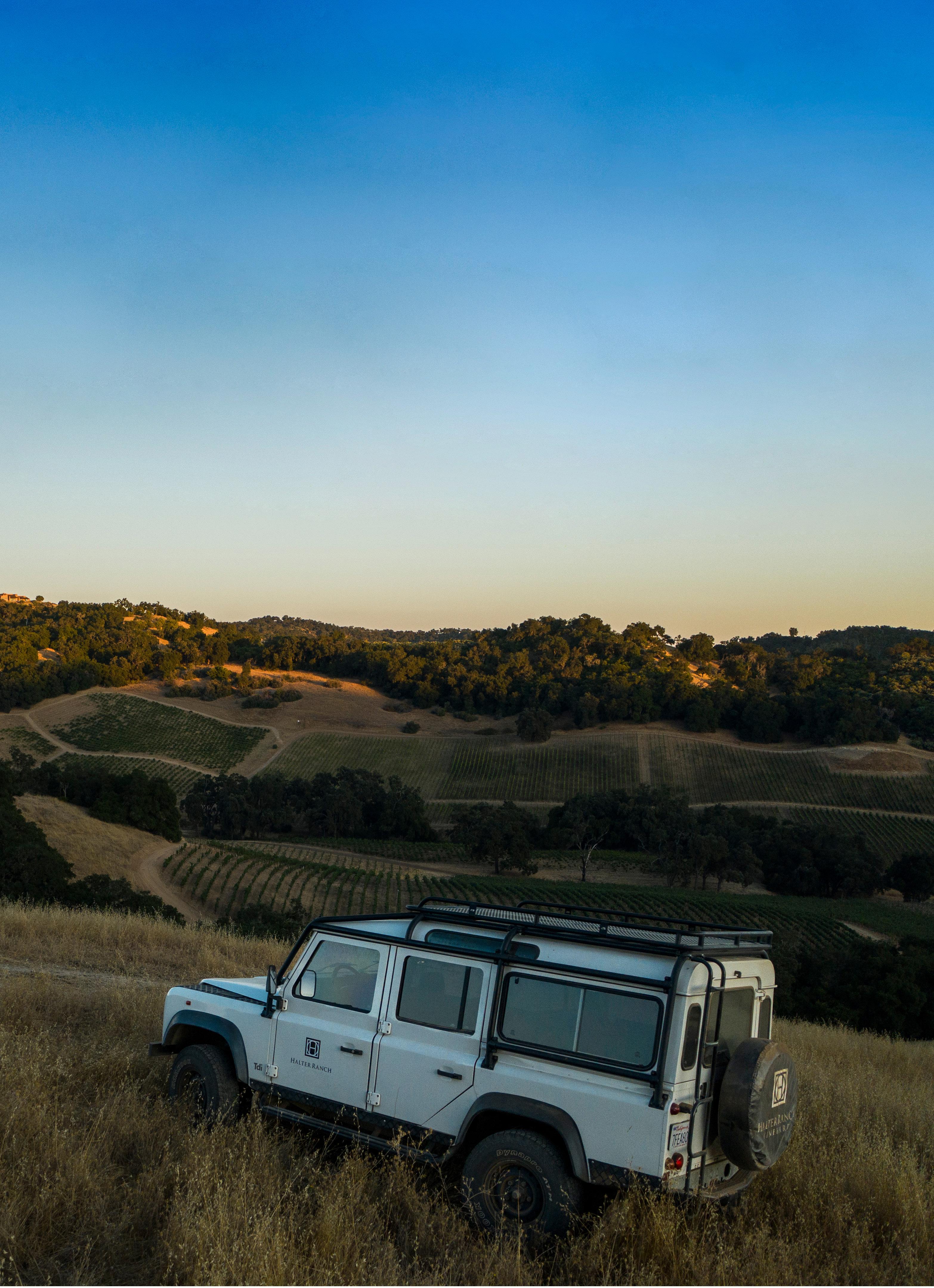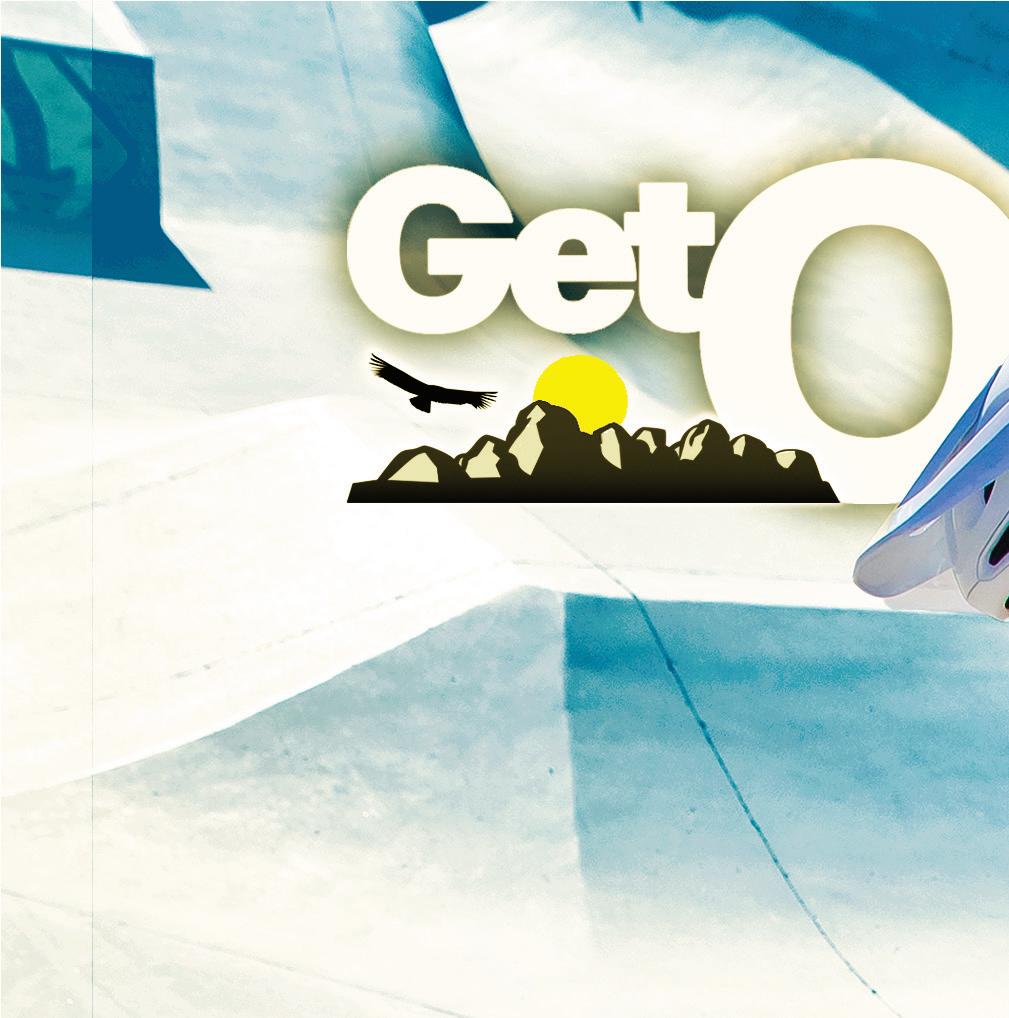
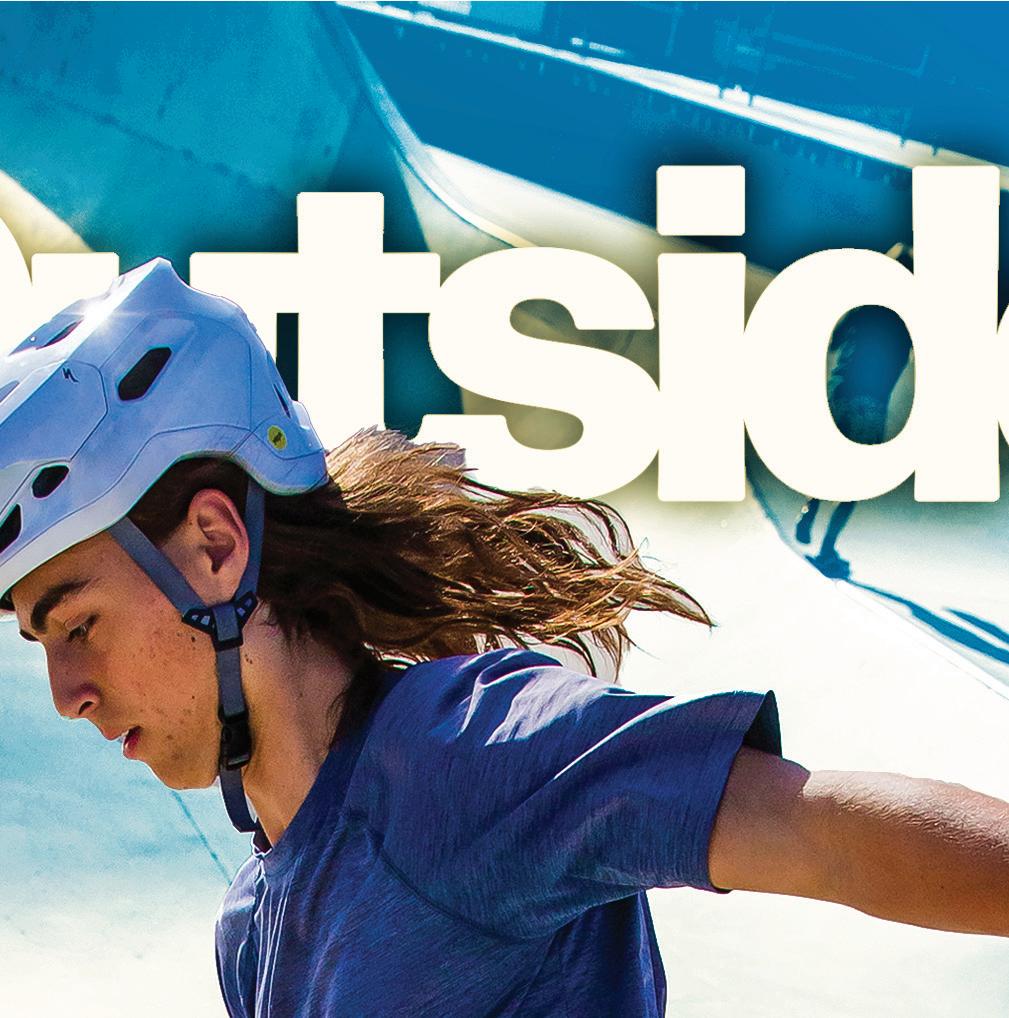


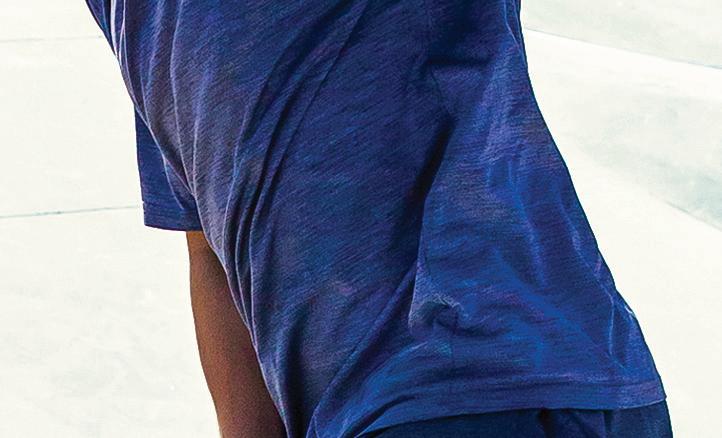

Summer/Fall 2025
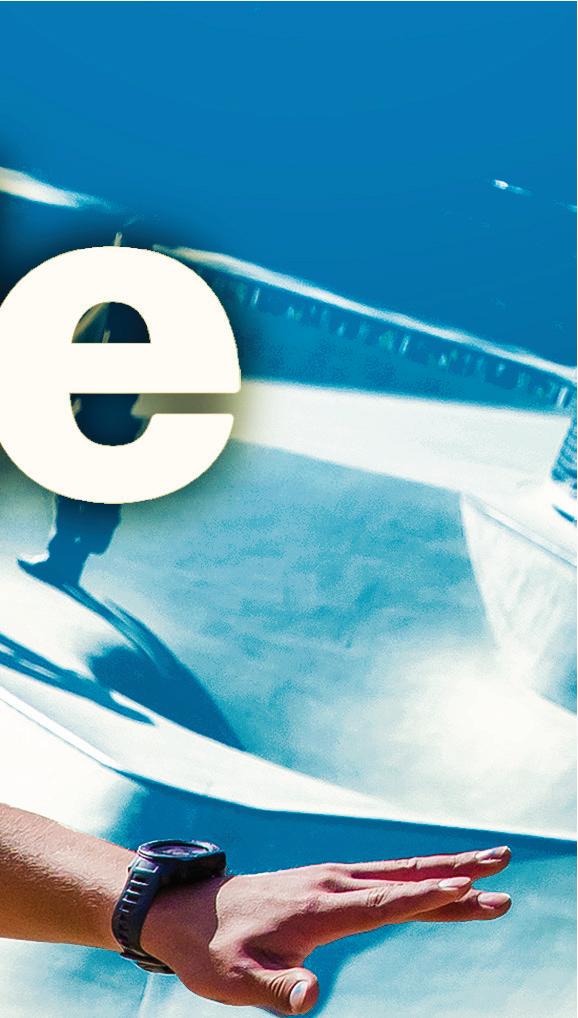
FEATURES
Unicyclists Backpacking
Sustainability


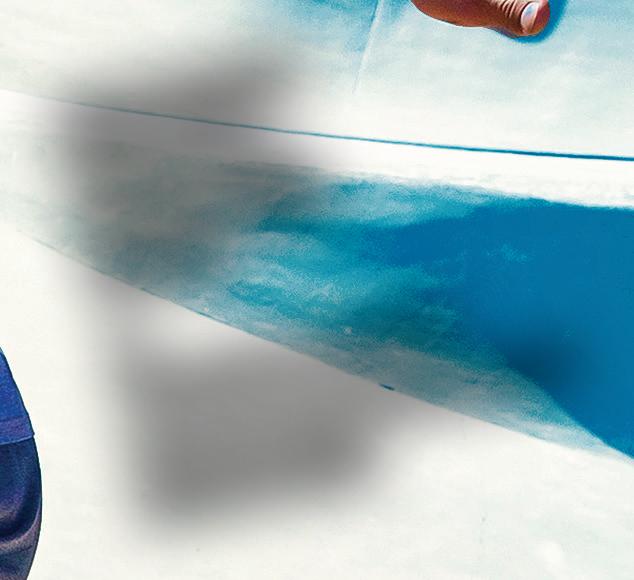







Summer/Fall 2025

FEATURES
Unicyclists Backpacking
Sustainability











Student unicyclists build community, skills at Cal Poly [22]
BY CAMILLIA LANHAM
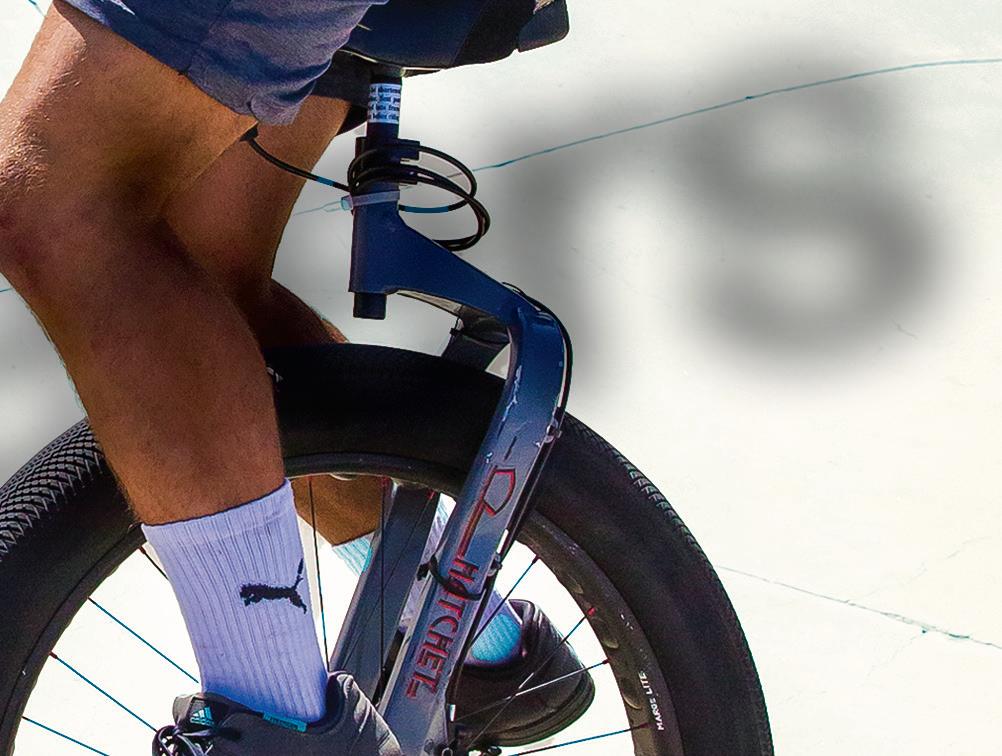

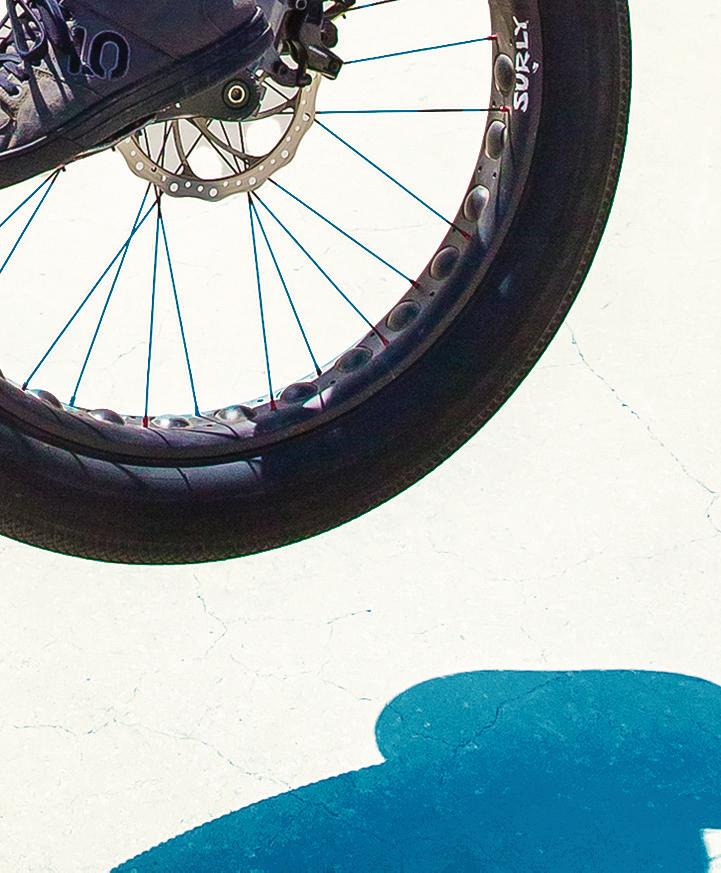
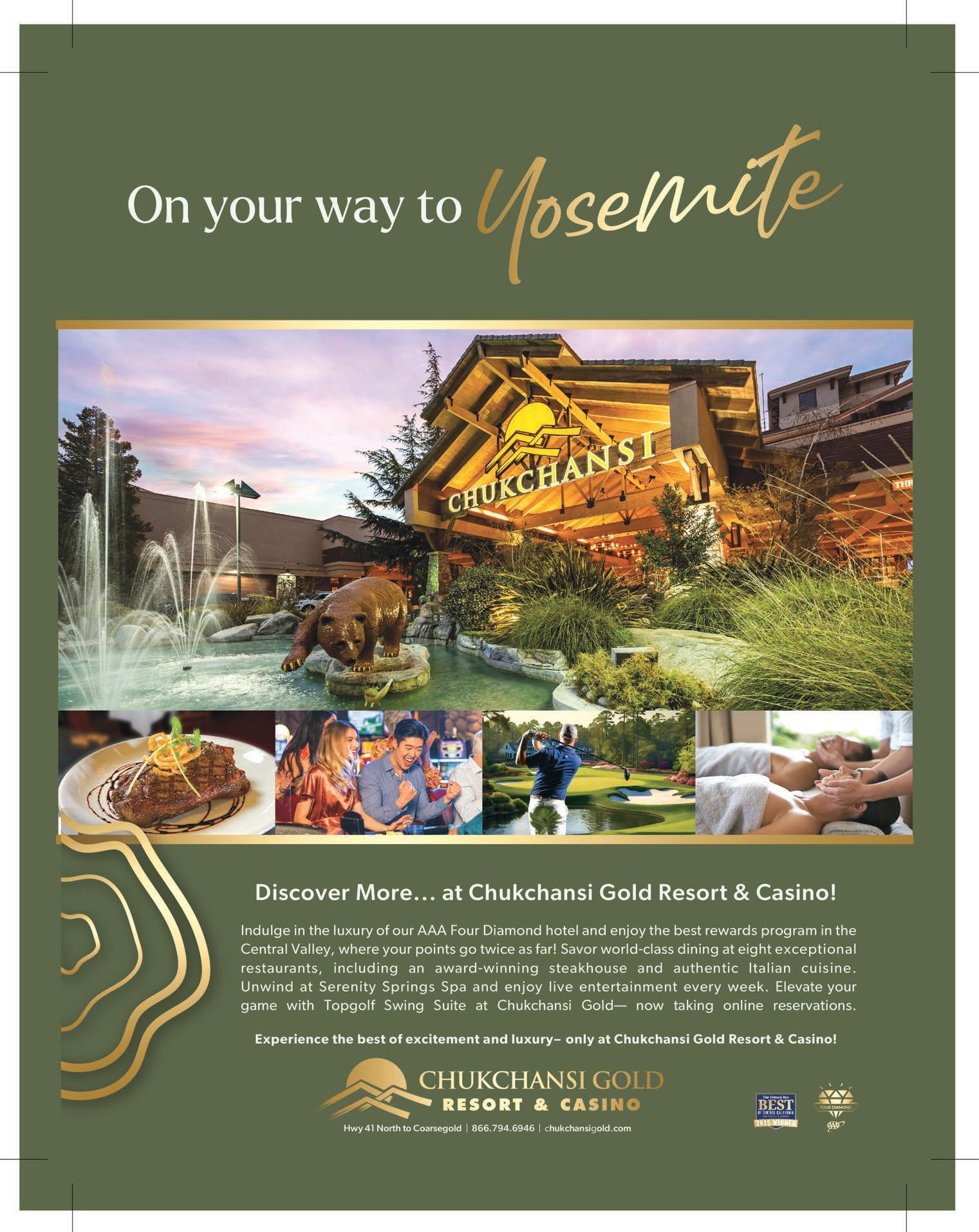

Most sports have their own ecosystems built around them: teams, tournaments, talent, training programs, and gear, lots of gear. Unicycling is a little bit different. It’s looser, more accommodating, and welcoming to all. It takes just as much athleticism and grit as any other sport might, but most of the students who joined Cal Poly’s Unicycling Club were newish to the sport when they arrived at adulthood and decided they couldn’t get enough of the sport or the people who gravitate toward it. That’s our main story in this summer’s issue of Get Outside, but we’ve got other fun too—including a mural trail through the city of Lompoc, a vineyard named after a tiny flower, one man’s 400-mile journey through Los Padres National Forest, spearfi shing, judging a survival kit’s worth, and more.
Camillia Lanham editor

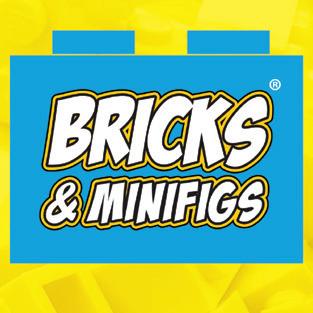







As part of the second annual San Luis Obispo Muni Weekend hosted and organized by the Cal Poly Unicycle Club over Memorial Day weekend, unicyclists like Tyler Pike competed in a tricks contest at the Santa Rosa skate park.





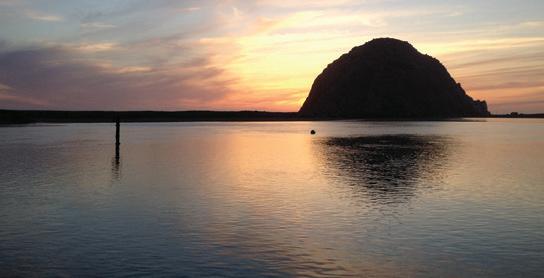




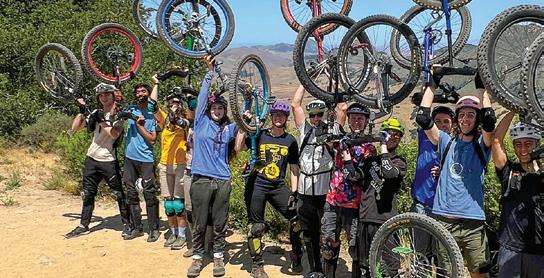



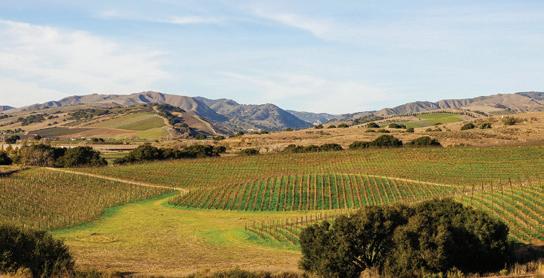
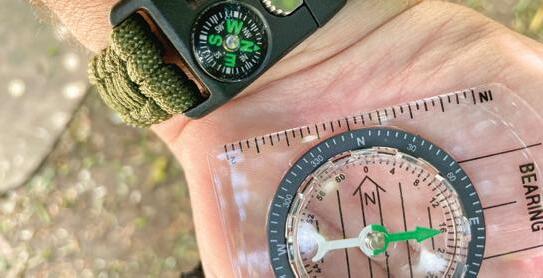

















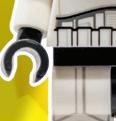
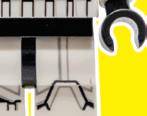
















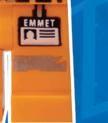












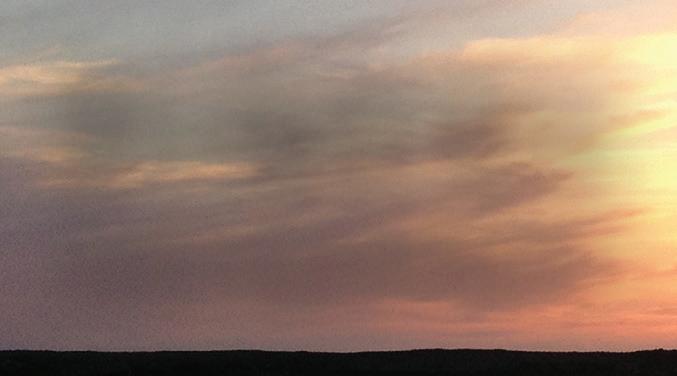

Morro Bay and Montaña de Oro state parks take first and third in statewide competition for best camping spots
BY LIBBEY HANSON

Between California’s 280 state parks, 340 miles of coastline, 5,200 miles of trails, and 15,000 campsites, Morro Bay and Montaña de Oro state parks placed fi rst and third for best camping in the California State Parks Foundation’s fi rst-ever “Best of” competition.
California State Parks Foundation
Executive Director Rachel Norton said the competition was inspired by the many questions asked about where to go for specific outdoor activities.
“We always get questions about ‘What can I do at the state park?’ ‘Where’s the best place to take
my dog?’ ‘Where’s the best place for camping?’ And, you know, everybody has an opinion, right? So we decided to ask our members and our people who support us what they thought,” she said. According to Norton, this year’s
PARKS continued page 6

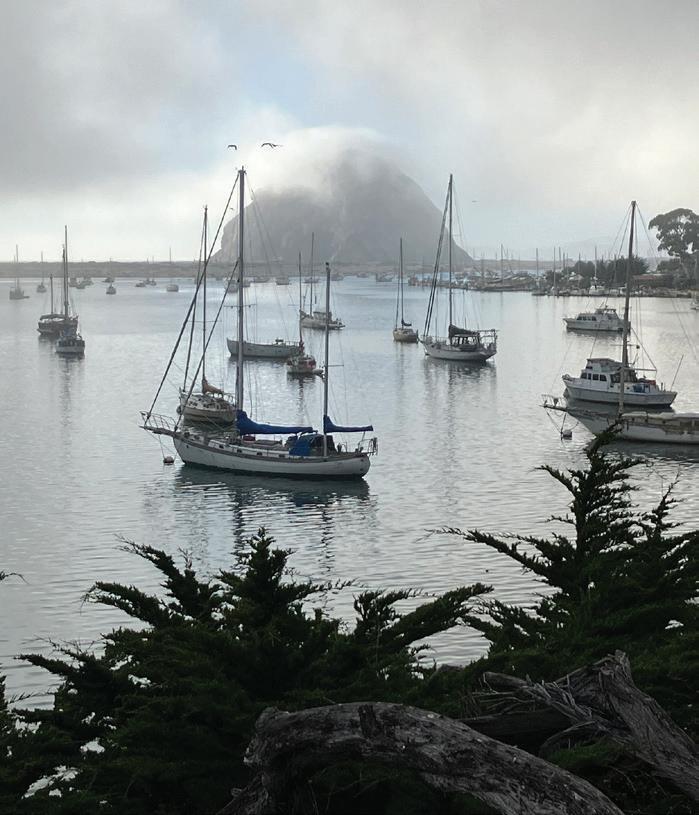




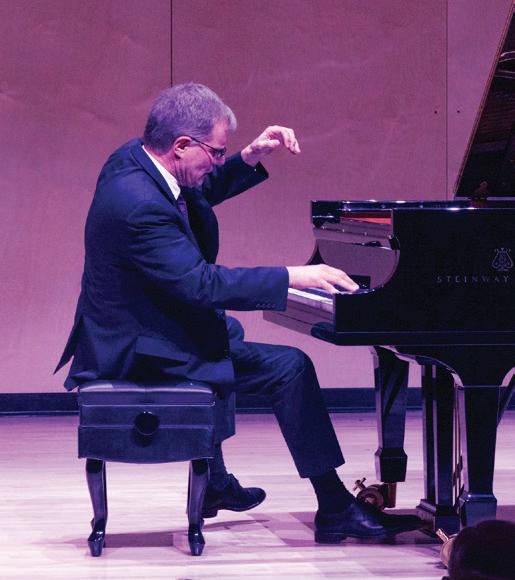









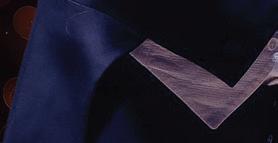





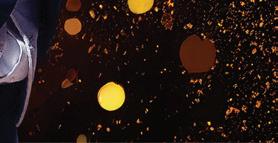


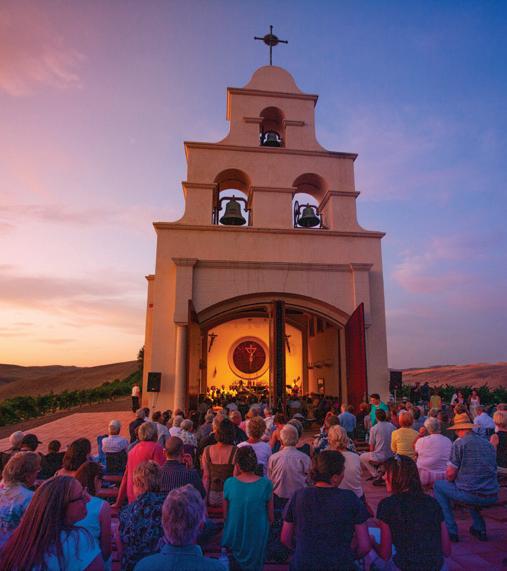


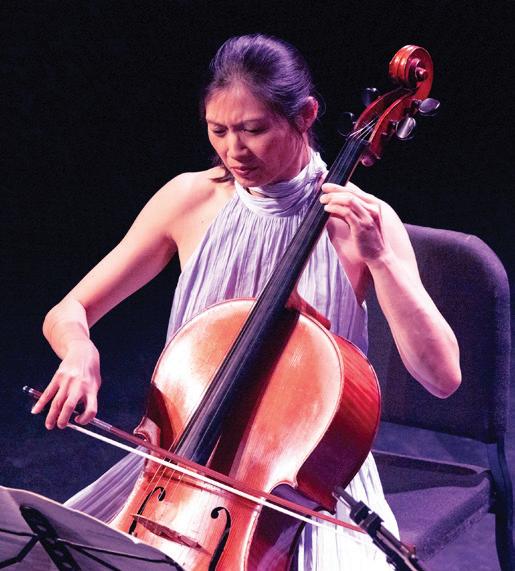
STATE PARKS from page 4
survey got about 1,300 responses, voting for the best state parks for things like spectacular views, hiking, birdwatching, picnicking, and, of course, camping.
Norton said the survey also invited voters to share memories of why they voted for the state parks that they did.
“A lot of times it’s because maybe they went there as a kid and they have really fond memories of family camping trips at that park, or it’s often connected with some really wonderful personal experience, whether it’s like things you experienced as a kid or with friends or with someone you love,” she said. “All those kinds of personal connections, I think, are what make people really love these places so deeply. It occupies a special place in your heart.”
Spots like Morro Bay and Montaña de Oro were no different, Norton said.
According to California State Parks’ website, Morro Bay State Park is 13 miles from SLO and most
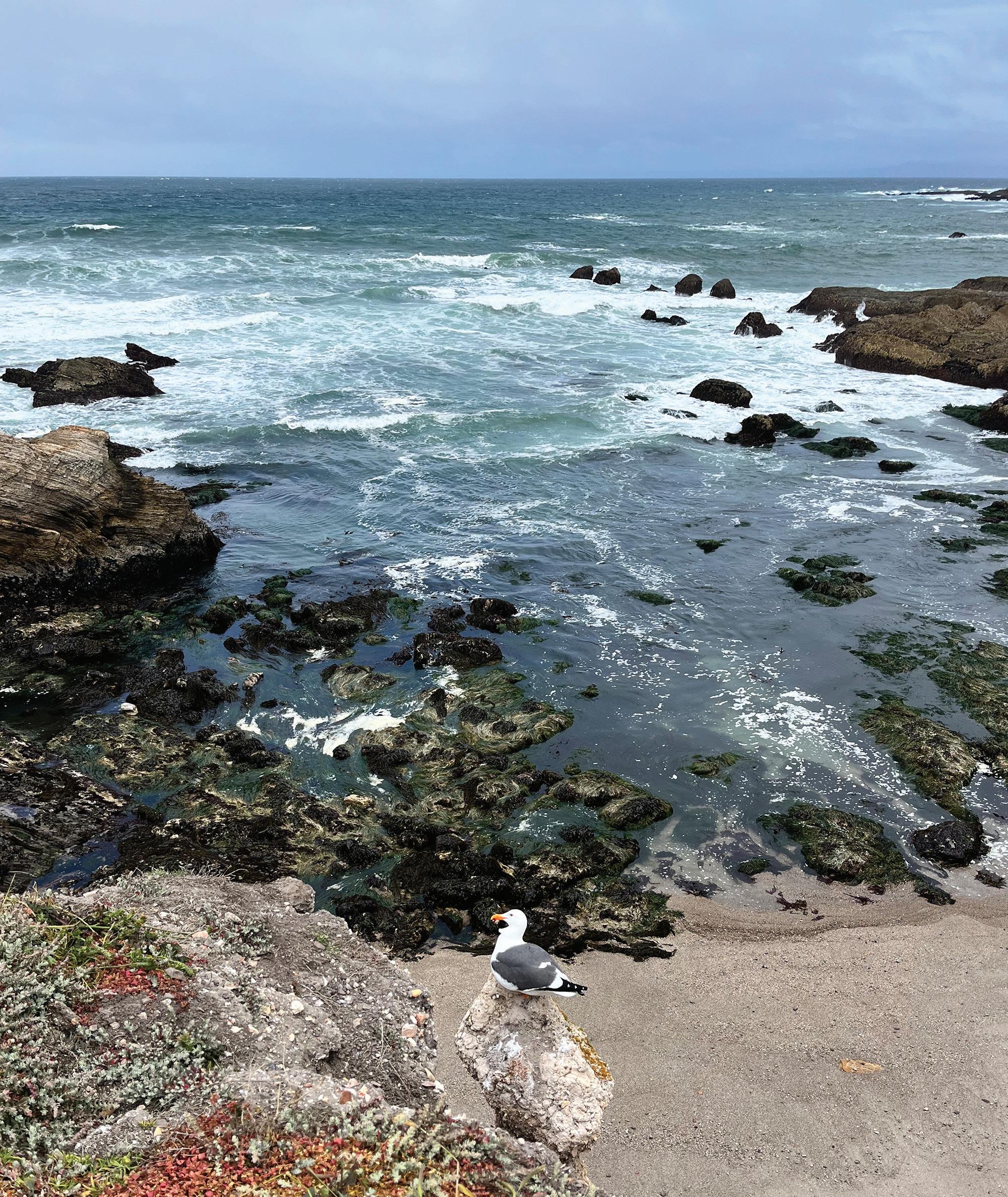
prominently features Morro Rock alongside a lagoon and natural bay habitats. Its campground offers 140 sites for tent camping, recreational vehicles, and group camping.

and offers 8,000 acres and 7 miles of shoreline for visitors to explore.
According to State Parks, the park differentiates itself with rugged sea cliffs, starry night skies, and 1,347-foot Valencia Peak if you’re looking for a good climb.
Its Islay Creek Campground has 47 sites for tent camping while Hazard Canyon Horse Camp has four spots for horse camping (a horse is a required guest).
For a more secluded spot, visitors looking to rough it can hike 100 yards to a half mile to reach the Environmental Camps, an additional four spots with pit toilets and no potable water.
Do you have a favorite camp site that didn’t win this year? No fear, Norton said. The California State Parks Foundation is opening another competition in spring 2026, so get your tent and pull out your best hiking stick to be fully prepared to vote in the next round.
Visitors can also enjoy activities like hiking, birdwatching, fi shing, and beach exploration.
The shore of Montaña de Oro is just 10 miles south of Morro Bay
For more information about the State Parks “Best of” competition, follow the California State Parks Foundation on Instagram, where it will post updates when the time comes.
Happy camping!

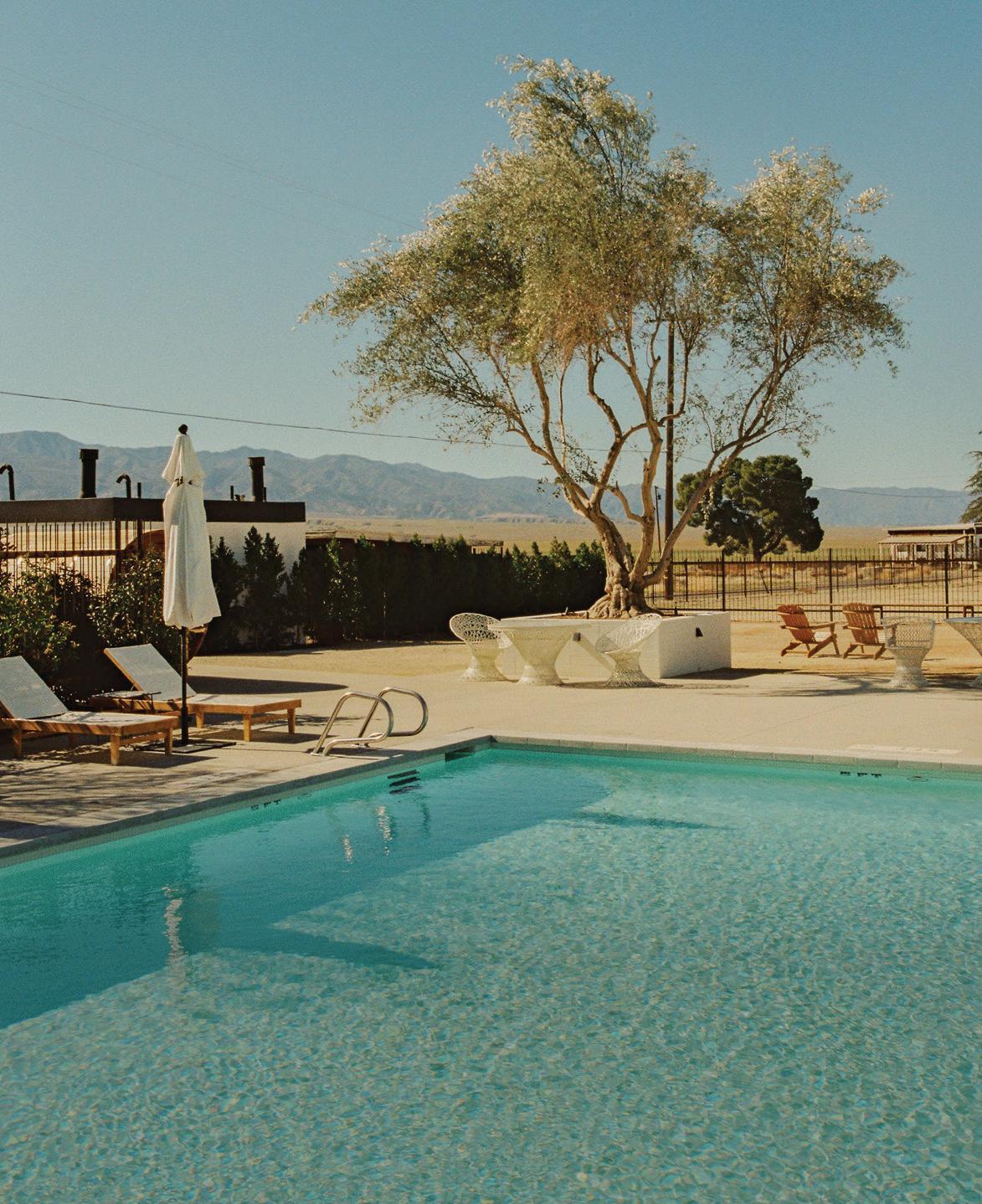






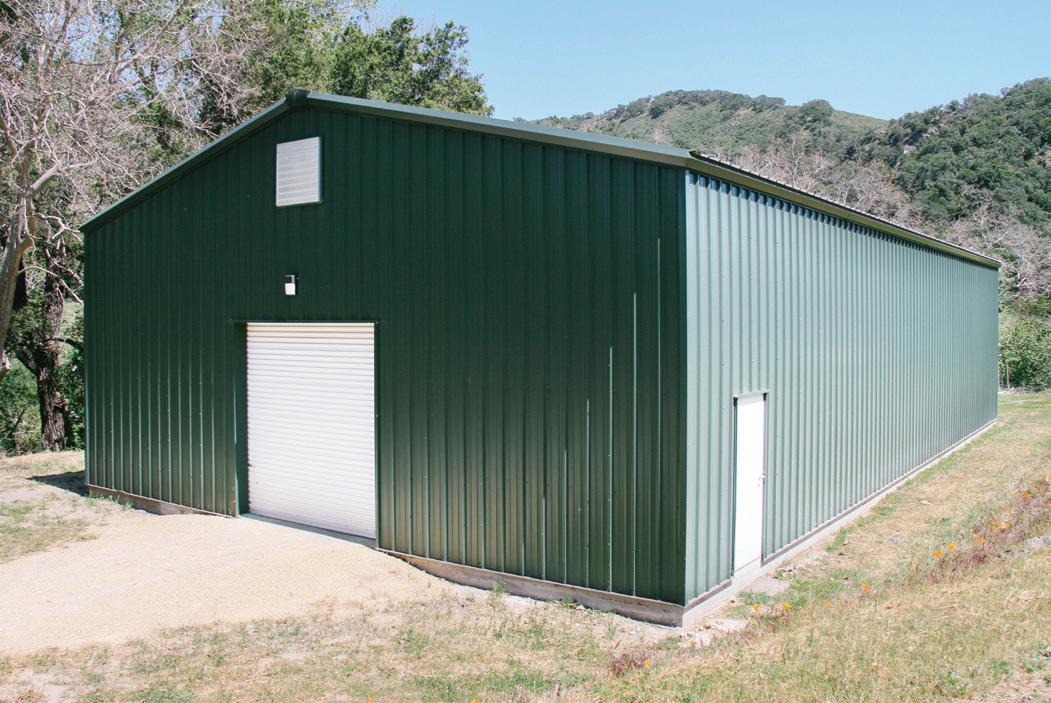
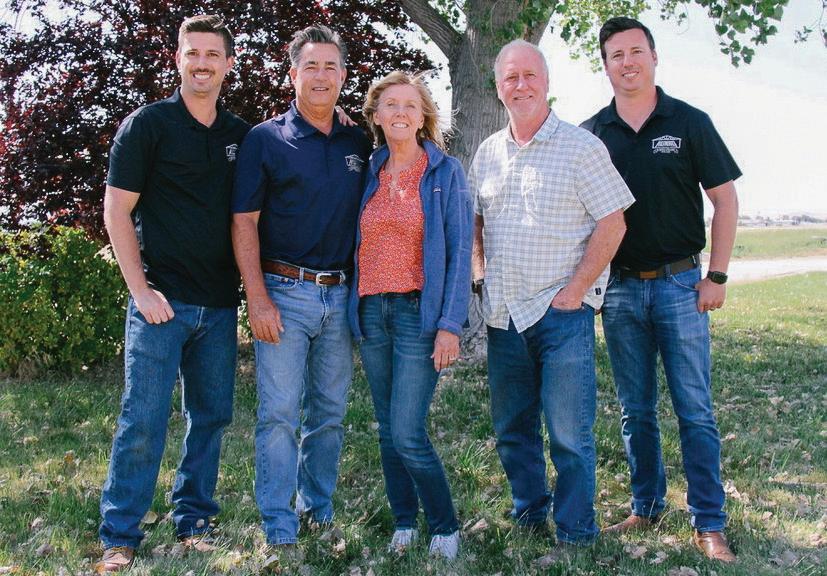



BY CALEB WISEBLOOD
The Central Coast’s city of arts and flowers is an apropos destination for lovers of both varieties. The two categories found in Lompoc’s nickname often intertwine with one another, too, during longstanding traditions like the annual Flower Festival and Parade, for example.
Finding art in general—whether it depicts flowers, people, Vandenberg Space Force Base’s rockets, etc.—in Lompoc isn’t a struggle thanks to both indoor and outdoor opportunities. While Lompoc’s Cypress Gallery and public library host art exhibits regularly, the city’s also home to dozens of outdoor art murals, created by local artists and out-of-town talent alike. A complete list and city map that outlines where to fi nd these treasures is available at explorelompoc.com. Here are a few highlights:
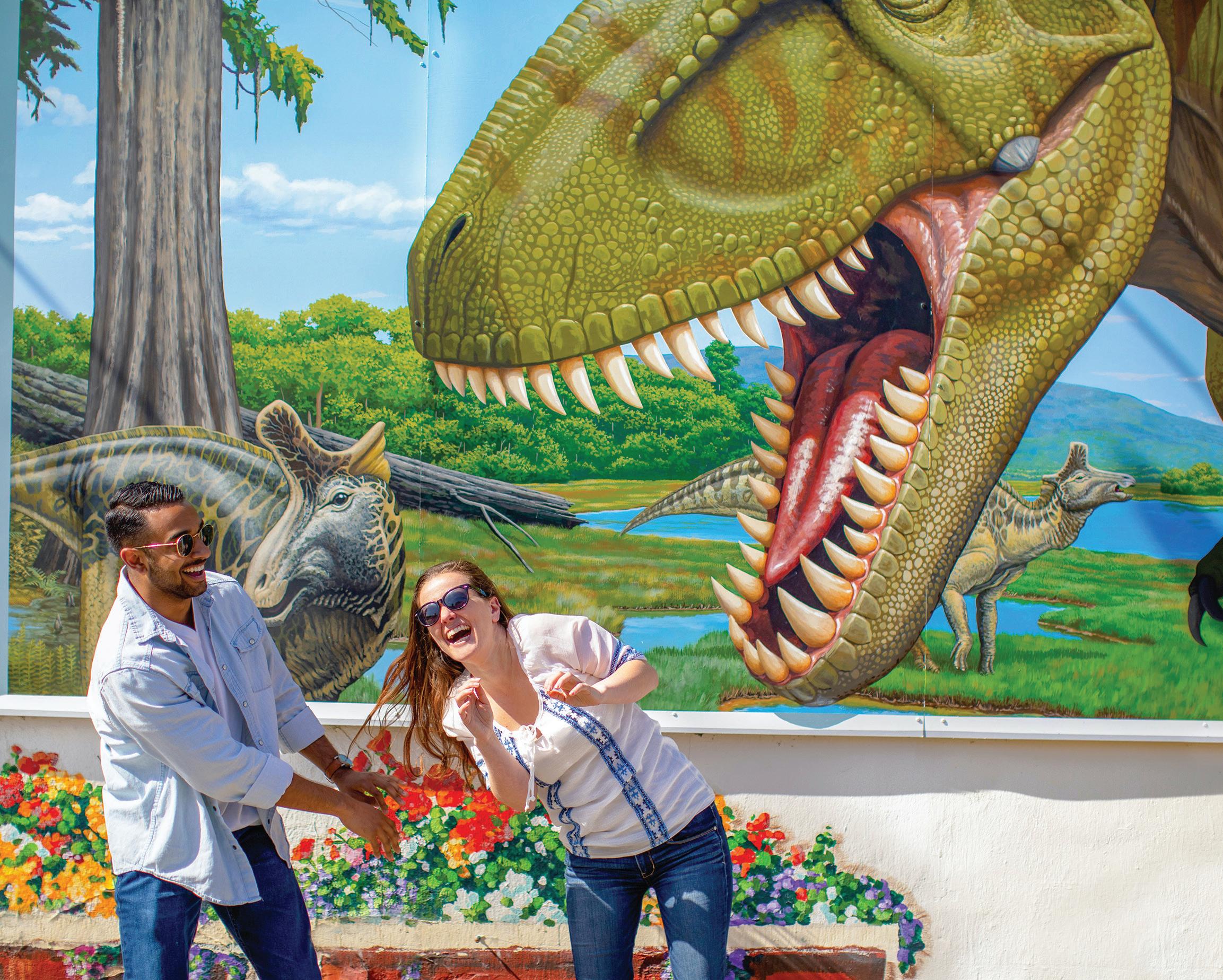
Save yourself a trip to Universal Studios and get your Jurassic Park fi x on Ocean Avenue instead. Jeff Raum’s large-scale illustration will transport viewers to a typical day in the life during the late cretaceous period—about 75 million years ago, give or take. The scene includes a carnivorous albertosaurus (a distant relative of the T-rex) and two duck-billed lambeosauruses. Delicious!

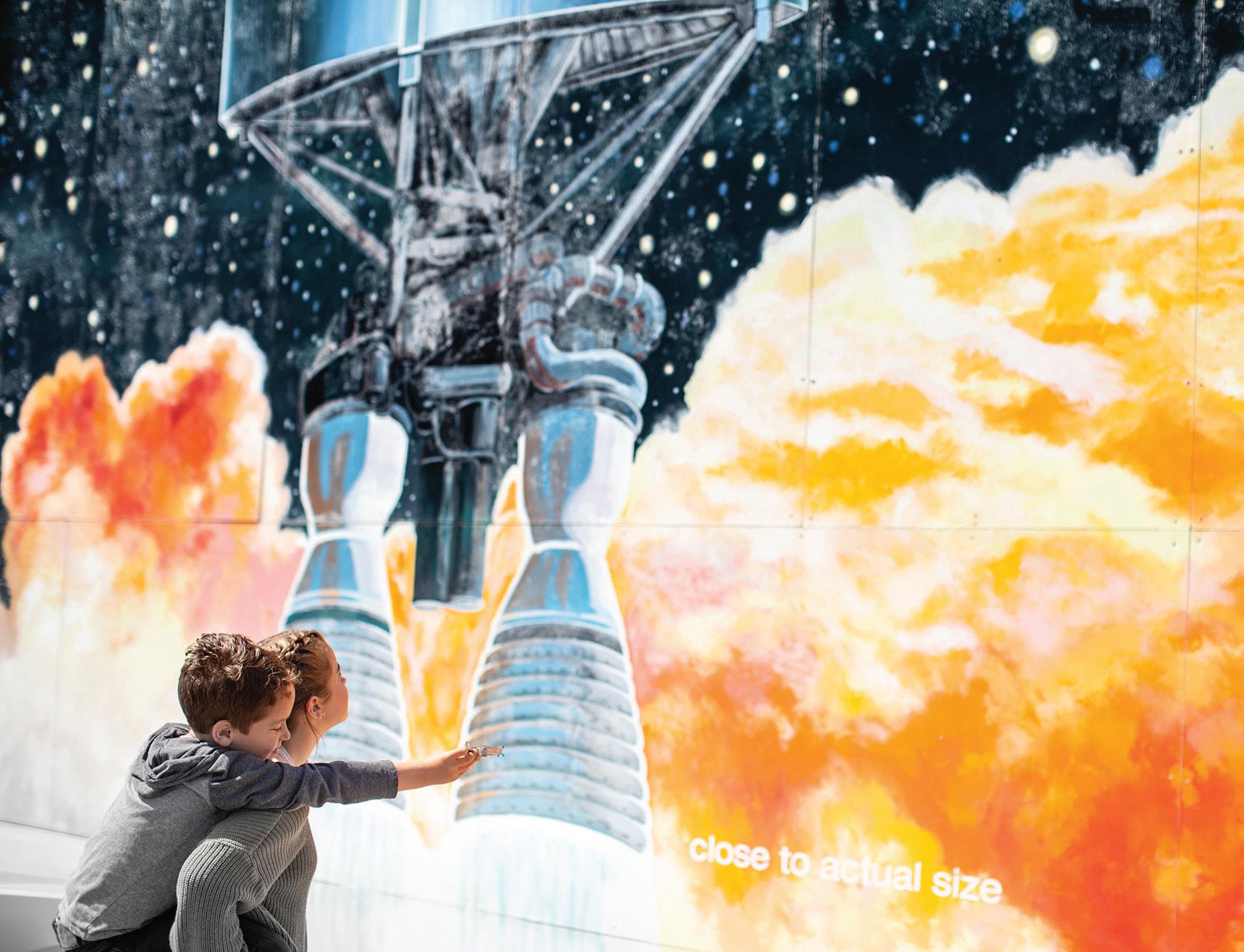
Aboat within a boat within a boat. John Pugh’s The Boatmen is a Russian nesting doll of a mural. The biggest boat within his canvas is a naval vessel, not unlike the ships lost during the 1923 Honda Point disaster, according to the Lompoc Mural Society. A Chumash canoe and a Spanish galleon also encompass this striking piece that seems to pop out from the wall it’s on.
This fiery mural proves that you don’t need exclusive access to Vandenberg Space Force Base for a close-up look at a local rocket taking off. For anyone worried about the sonic booms frequently associated with the Lompoc area, no need to whip out the ear plugs or crate your dogs for this launch.
Colleen Mitchell Veyna (Visalia, CA) Location



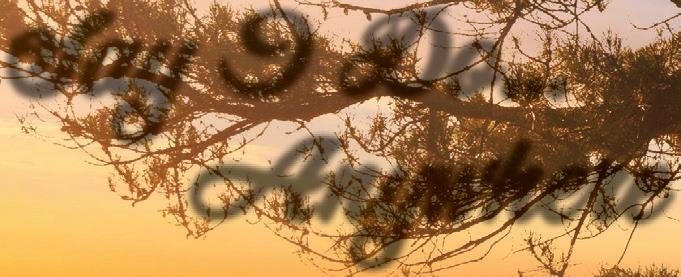





Pizza


klondikepizza.com
SALADS







Pepperoni, Salami, Italian Sausage, Canadian Style Bacon, Ground Beef DENALI
Pepperoni, Salami, Sausage, Mushrooms, Black Olives, Bell Peppers, Onions HOT HONEY PIZZA
Pepperoni, Onions, Bell Peppers, and a heavy drizzle of our secret Hot Honey Sauce
HOT STUFF
Louisiana Hot Sausage, Jalapeños, Onions BUFFALO STYLE CHICKEN
“Buffalo Style” Secret Sauce, topped with Spicy Grilled Chicken, Red Onions, Cheddar Cheese, and a sprinkle of Parsley
CHICKEN CORDON BLEU
Sauced with Ranch Dressing and topped with Mozzarella Cheese, Canadian Style Bacon, Grilled Chicken, Red Onions, Swiss Cheese, and Parsley
GARLIC CHICKEN
Garlic Sauce, Grilled Chicken Breast, Minced Garlic, Red Onions, and Parsley


PROSPECTOR BAKED SANDWICH





Pepperoni, Onions, Bell Peppers, Mozzarella, Mayo, Cheddar Cheese
GRILLED CHICKEN CORDON BLEU SANDWICH
Ranch Dressing, Swiss Cheese,Canadian Style Bacon
KLONDIKE GOLD BURGER
Topped with Cheddar and Jack Cheese
KLONDIKE SALAD
Crispy Greens, Mandarin Oranges, Red Onion Rings, sliced Almonds. Served with our secret recipe Sweet ’n Sour Dressing




































































































































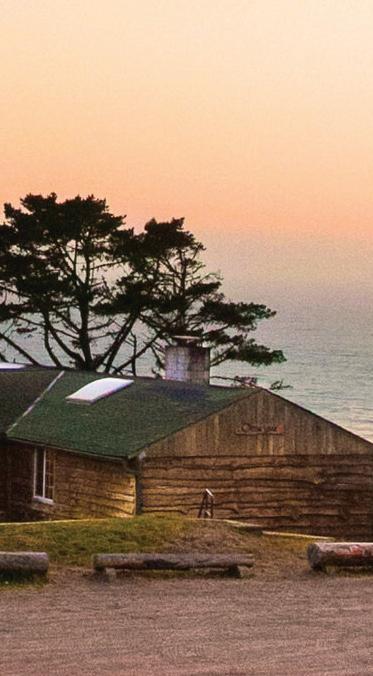





















C M P O C E N P I N E S C M P O C E A N P I N E S P I . c a p o c e a p i e s . o g . a p o a p n e s . g U M M E R A M P , O D O E D U C A I O N , N U R E & R R E R E S , E D D I N G S E S & R K S O P S ,

































































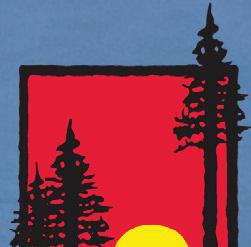


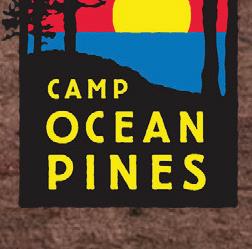





Mural mania


Inspiration for your home & life Buy & sell 10,000sq. . Antique mall

• HUGE
• QUALITY
•
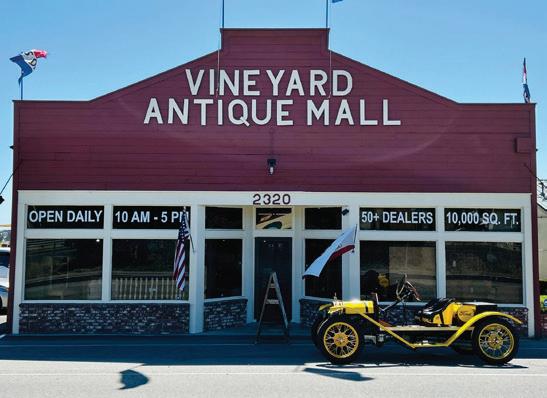
• Antique Furniture from Primitive to Elegant
• Baseball & Trading Cards
• Ornamental Artifacts
• Old Toys & Marbles
• Cast Iron

• Glassware
• Jewelry
• Cast Iron Toys
• Garden Art & more
2320 Ramada Drive “A”, Paso Robles (805) 237-4012
Open 7 days 10am-5pm • vineyardantiques@gmail.com

Find out more about Lompoc’s outdoor murals and the Lompoc Mural Society—founded in 1988 as the Lompoc Mural Project—at lompocmurals.com
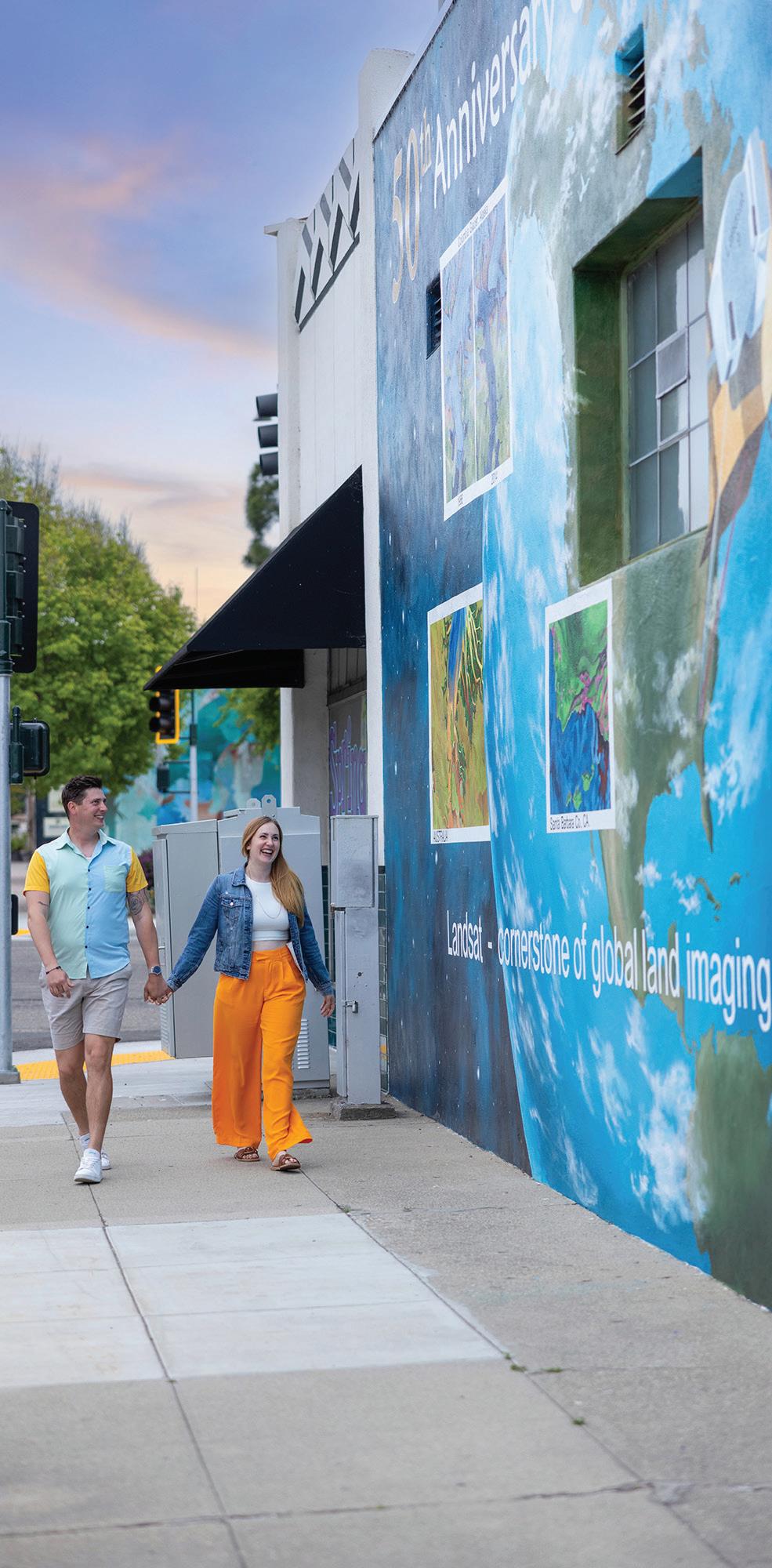
ART SITES from page 10
During the summer of 2021, local artist Ann Thompson embarked on creating this commemorative mural after a rigorous application process. According to a report from Vandenberg Space Force Base, Thompson was among 13 artists from across the U.S. who NASA considered to spearhead the project, ahead of the Landsat satellite program’s 50th anniversary in 2022.





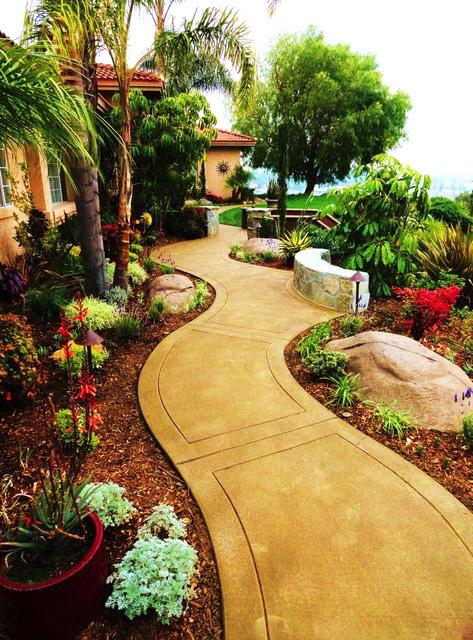

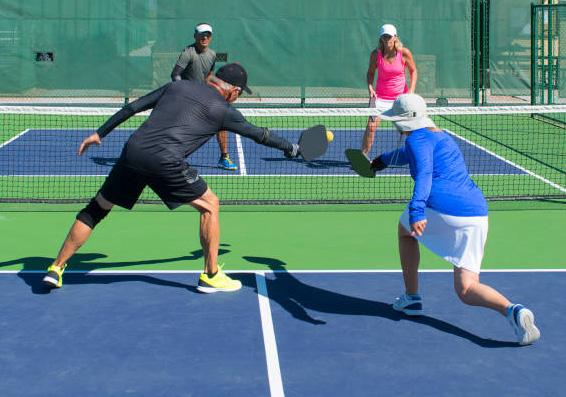





BY CALEB

When the time came for fi rst-time vineyard operator Chiara Shannon to name her new business venture, she simply looked toward the stars.
Not the kind of stars astronomers study, although these ones do neighbor some local rocket launch facilities.
“I sound a little spiritual when I say this, but, … I feel like this is part of the groundstar’s mission to get its story out there,” said
Shannon, who co-owns Groundstar Vineyard and Estate with her husband Joseph Brent.
Nestled in the Sta. Rita Hills, the vineyard was named after a rare native plant—smaller in size than a penny—that only a handful of living botanists had ever spotted in the wild before the spring of 2023.
That April, a team of scientists identified a large population of groundstars at Vandenberg Space Force Base, according to the
California Native Plant Society.
Shannon, a current and longtime LA resident, learned about the groundstar in the Los Angeles Times when the news from Vandenberg broke. Her fi rst impression of the plant: small but mighty.
“I read about it, and it stuck with me,” said Shannon, who did a trademark investigation before committing to naming her vineyard after the flower.
After fi nding out it was available, she and her husband went “full steam ahead” with the branding.

“We are defi nitely in an area where [the groundstar] might have been at one time,” Shannon said. “One longer term dream would be to actually colonize it at the property. I have to fi gure out who’s guarding the seed bank and go through all of that.”
Shannon and her husband’s 80-acre estate, with 25 of those acres dedicated to existing organic and biodynamically
farmed vines, has plenty of room for more agriculture and adding grazing animals in the near future, she said. They’ve owned the site since June 2024.
The couple’s goal for Groundstar, formerly Ampelos Vineyard, is to expand on its previous owners’ legacy in sustainable viticulture by taking the necessary steps to become regenerative organic certified.
“We are keeping with [Ampelos Vineyard’s] organic and biodynamic practices. … What regenerative organic introduces are a few things,” Shannon said. “Soil health is one of the pillars of regenerative organic farming, and a big part of maintaining soil health has to do with tilling the soil.”
With support from Groundstar’s regenerative and biodynamic advisor, Jordan Lonborg, the vineyard recently implemented a tillage reduction of 50 percent.
As a viticulturist, Lonborg previously worked for Paso Robles’ Tablas Creek, and spearheaded the vineyard’s efforts toward becoming regenerative organic certified in 2020. There are currently fewer than 400 farms and ranches around the world that hold this certification, according to the Regenerative Organic Alliance.

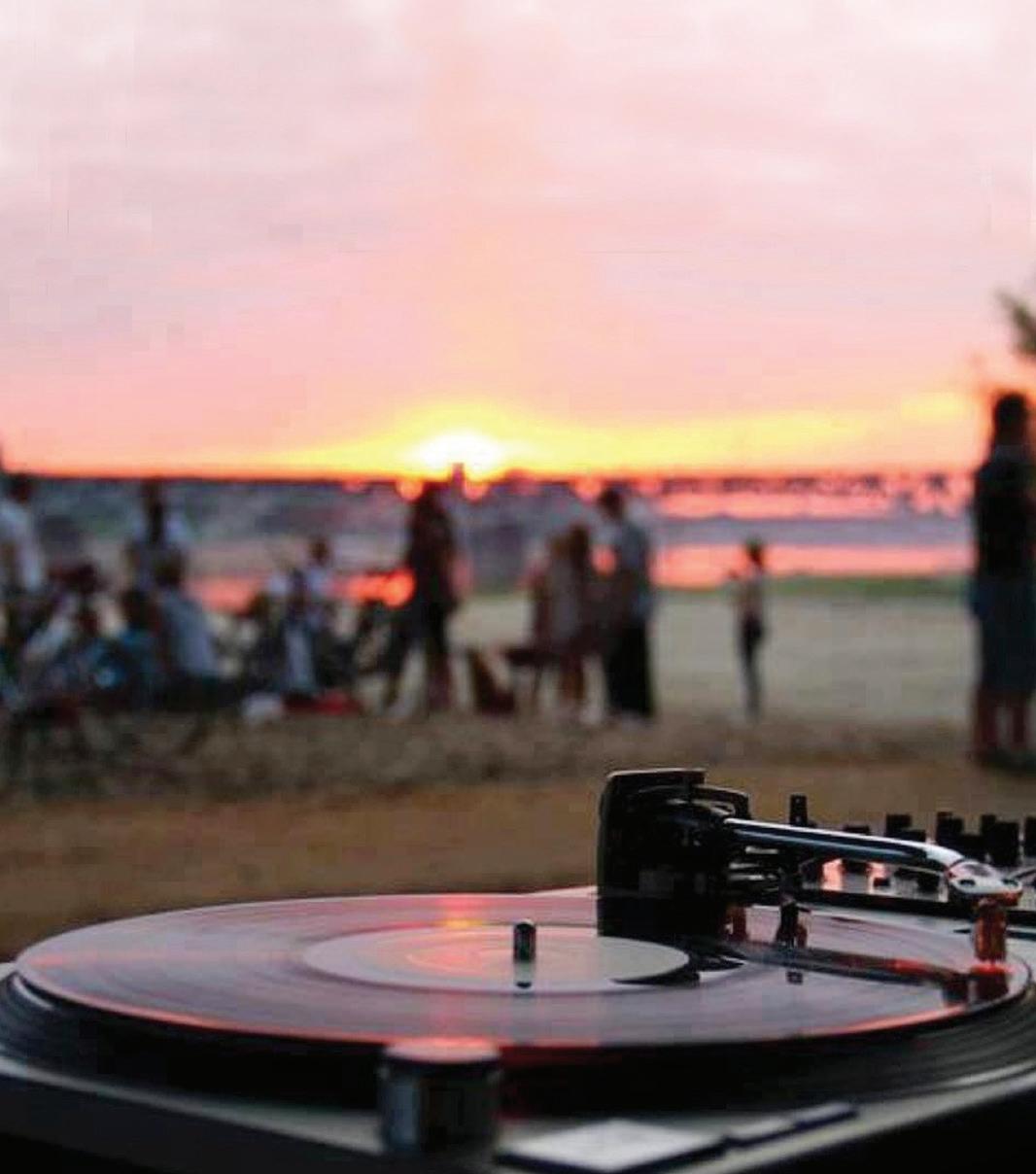

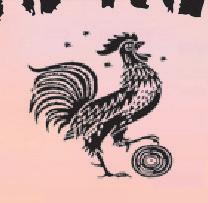
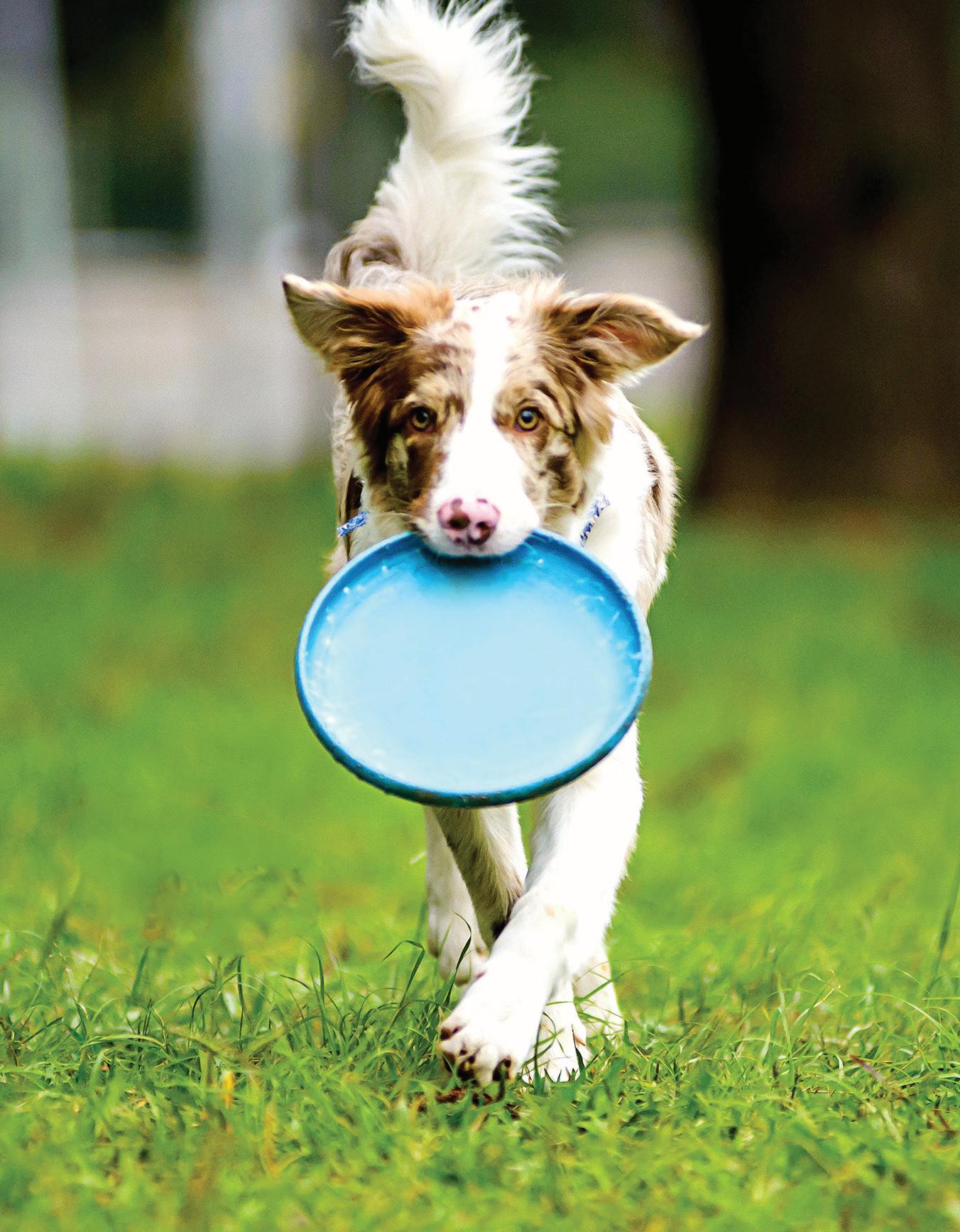




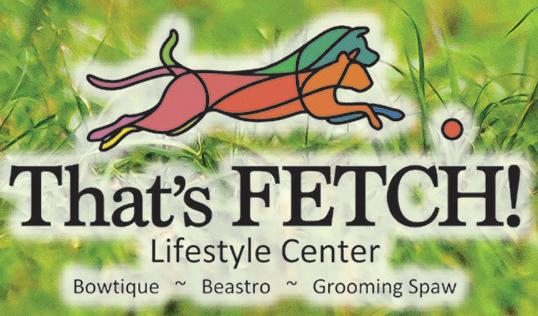








GROUNDSTAR from page 14
Prior to Groundstar’s recent tillage reduction under Lonborg’s guidance, Ampelos Vineyard “had been tilled every year, [in] every row,” according to Shannon.
“When you till, you disrupt the soil, bacteria, and the fungal networks. So the idea behind not
doing that is to help promote healthy and stable soils; allow the build-up of soil organic matter and carbon retention in the soil,” she said.
“Moving toward reduced tillage, this year, we’re actually only tilling every other row. And within that, we’re leaving every 10th row unmowed. So we’re also mowing less.”
Neither Shannon nor her husband,
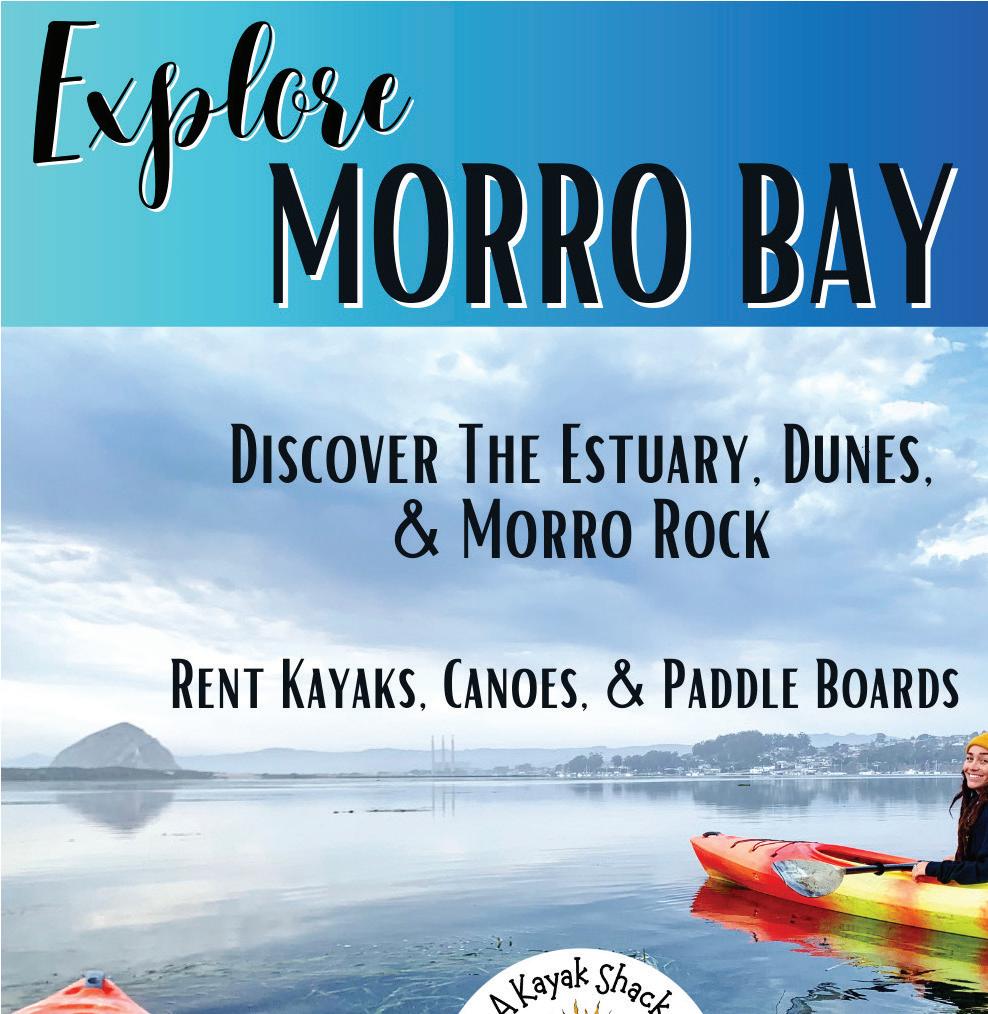

a full-time attorney, are winemakers themselves, but both are open to the idea of starting their own winery someday through Groundstar. Shannon also has decades of wine industry experience through her roles in retail over the years and as a certified sommelier.
For now, their job at the property is maintaining pinot noir and other
grapes’ cultivation and sales to various vintners—some of which carry over from Ampelos Vineyard’s clients, such as Kurt Russell’s GoGi Wines—with a focus on environmental sustainability.
Naming the vineyard after a rare, vulnerable plant that “embodies” nature’s resilience felt fi tting, Shannon explained.
“We’re just channeling the spirit of the flower in our work,” she said. “I have been a big advocate for organic and biodynamic wines for a long time in my career as a salesperson. There’s lots of other people that have followed a similar path of being a sommelier or working in hospitality and sales, and then returning to the land. That’s been my path.”
Shannon described Groundstar as the natural next step in her trajectory.
“This is the next thing. Taking everything you’ve learned and trying to apply it in a way that not only furthers conscious and responsible farming for the wine industry,” she said, “but also the best quality grapes that can make the best wines.”

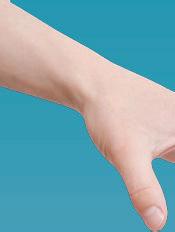






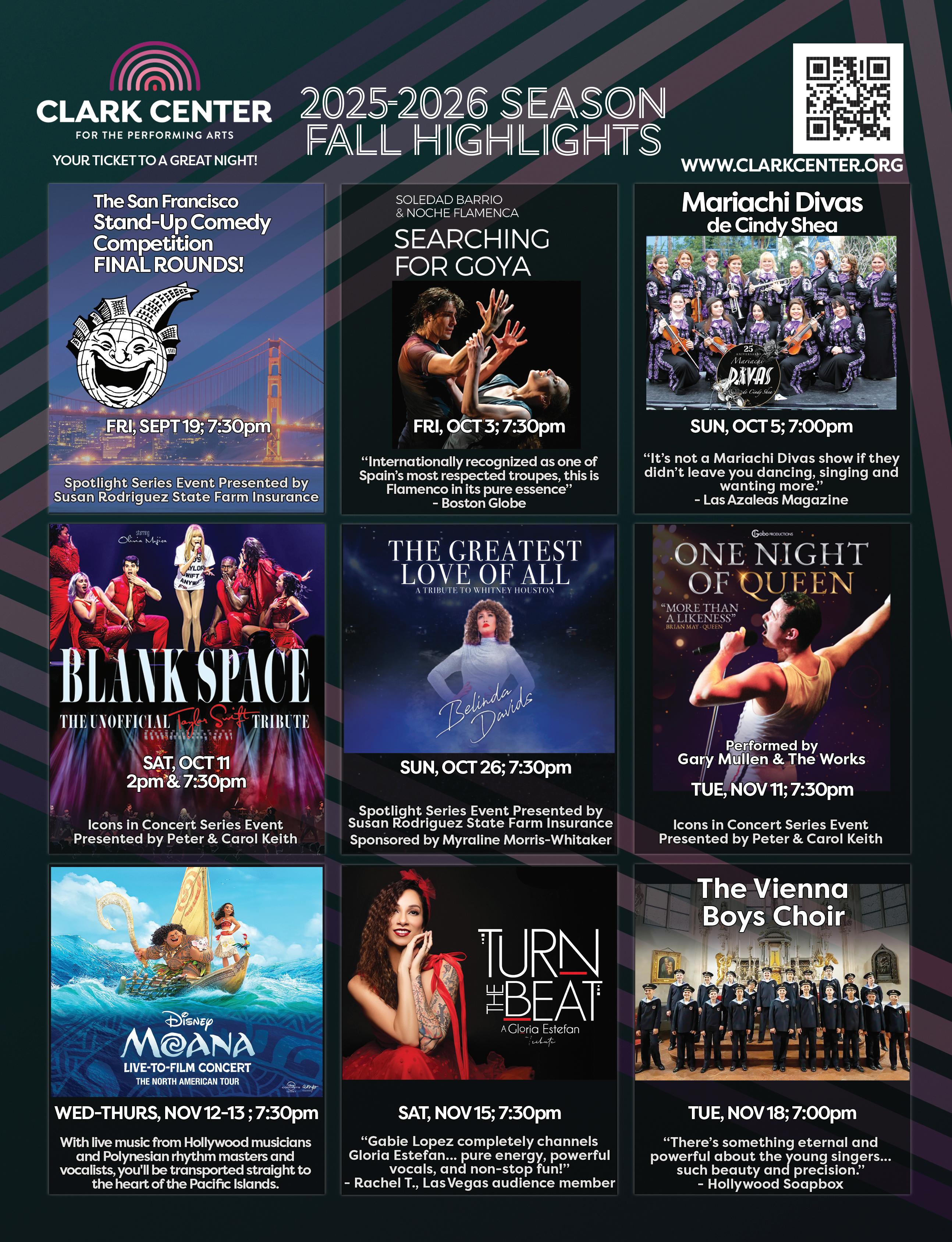














Kayaking tours are common for the Central Coast, but one experience breaks up exploring Morro Bay waters with picnic lunches and dinners.
“I don’t know anyone else who does it actually,” Central Coast Outdoors co-owner Virginia Flaherty said. “When we decided to




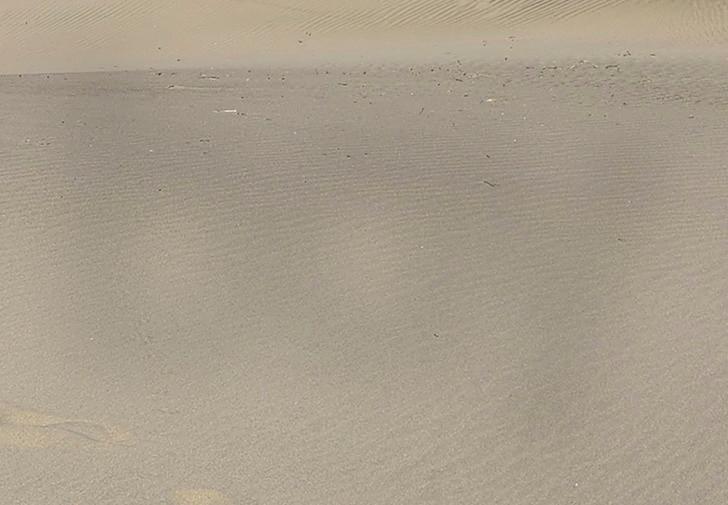



BY BULBUL RAJAGOPAL
way for Central Coast Outdoors where the Flahertys now provide guided tours on Morro Bay, capping them off deliciously if clients opt for the “Dinner on the Dunes” or the classic kayak tour with private lunch packages.
The lunch trips last between four and four-and-a-half hours while the dinner trips are roughly an hour shorter because they’re based around the sunset.
start this company, it just was kind of a natural part of thinking like, oh, you put out a nice big lunch spread or whatever in the middle of the day. It just evolved, I think, from our history of doing this as tour guides.”
Flaherty and her husband, John, began as tour guides in 1991 for
their bike touring company called Backroads. Lunch was always a staple in the middle of a bike excursion every day. Lunch became dinner as the Flahertys offered local beer, wines, cheese, and crackers during what they called sunset pedals.
After 13 years, Backroads made
Typically, kayakers can enjoy a lentil couscous salad; a pear, walnut, and blue cheese green salad; sliced fresh bagels or bread; smoked wild salmon; roasted turkey breast; sliced tomatoes; Dijon mustard; cookies or brownies; soda; juice; and locally produced beer and wine during the picnics. Vegetarians can request to add carrots and hummus, while PB&J, string cheese, yellow mustard, and apples can be requested for kids.
Flaherty calls the fare “California style,” and the menu and the tours are popular enough to gain a winery partnership.
“We do a big trip every fall for a winery in Paso Robles called KAYAKS continued page 20







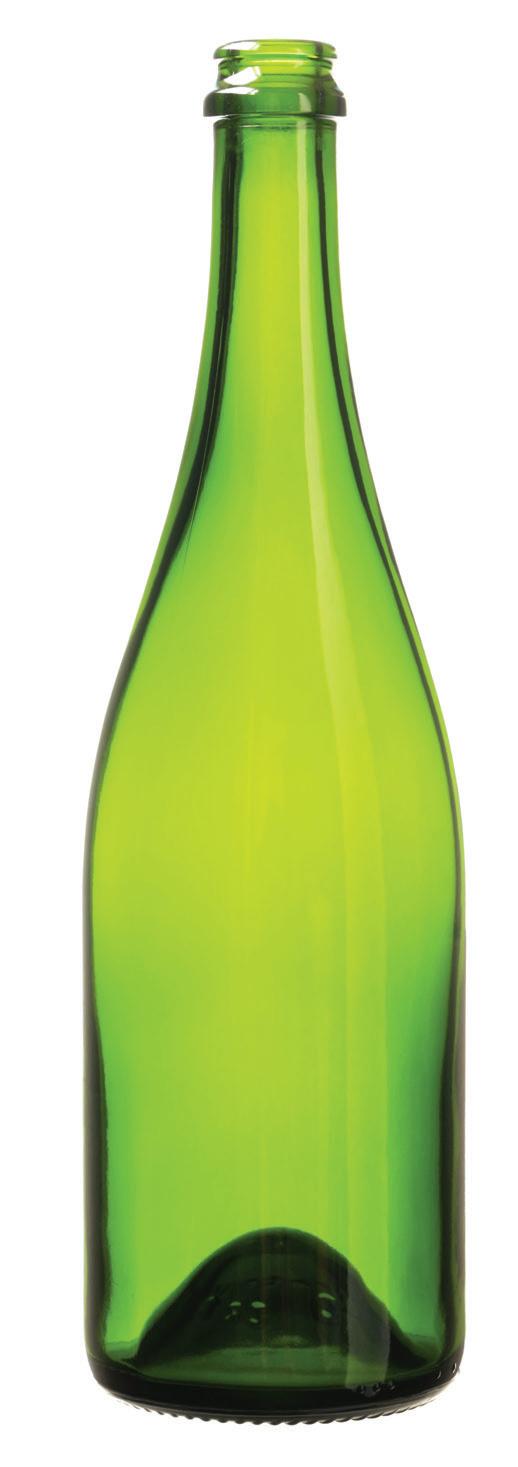

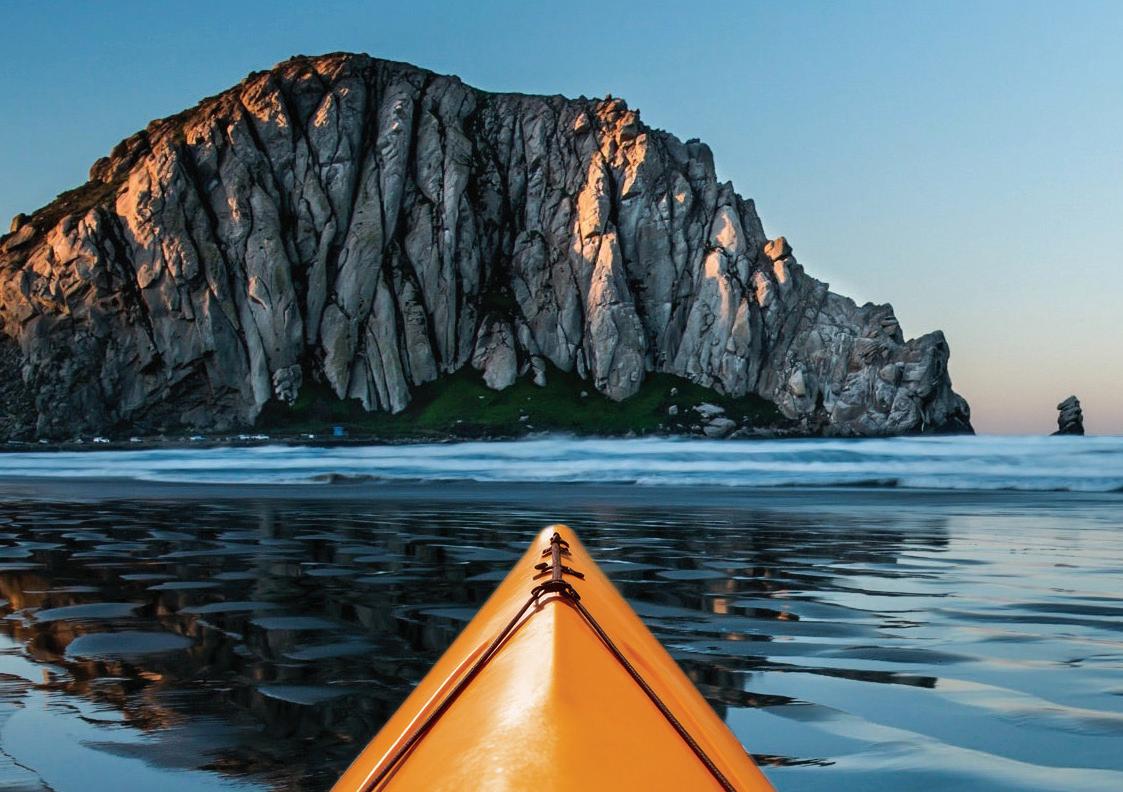
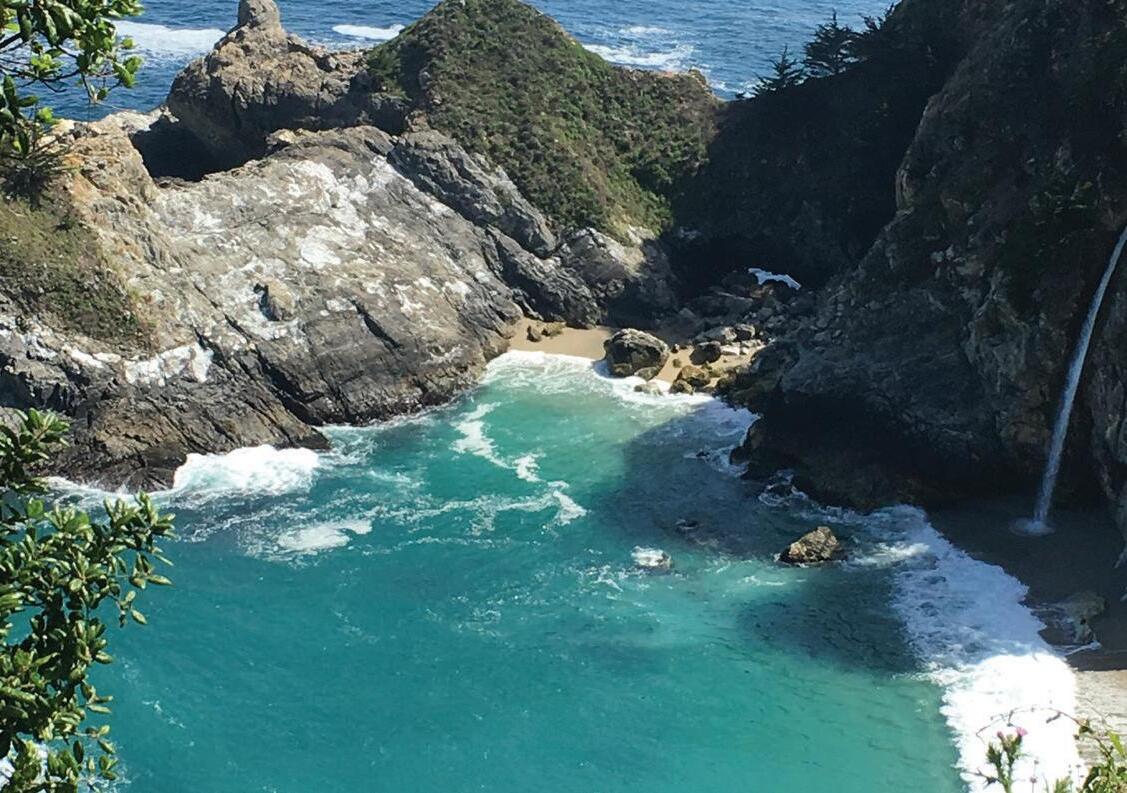



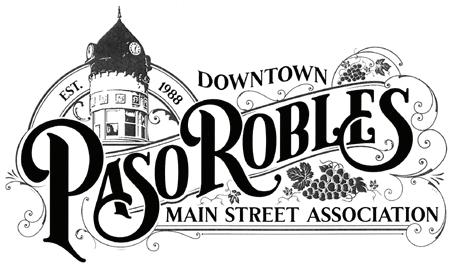
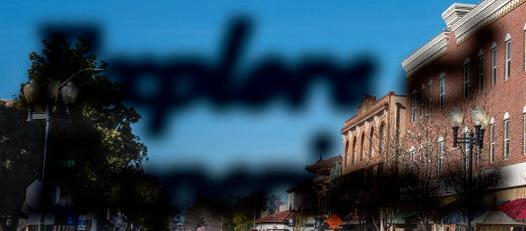

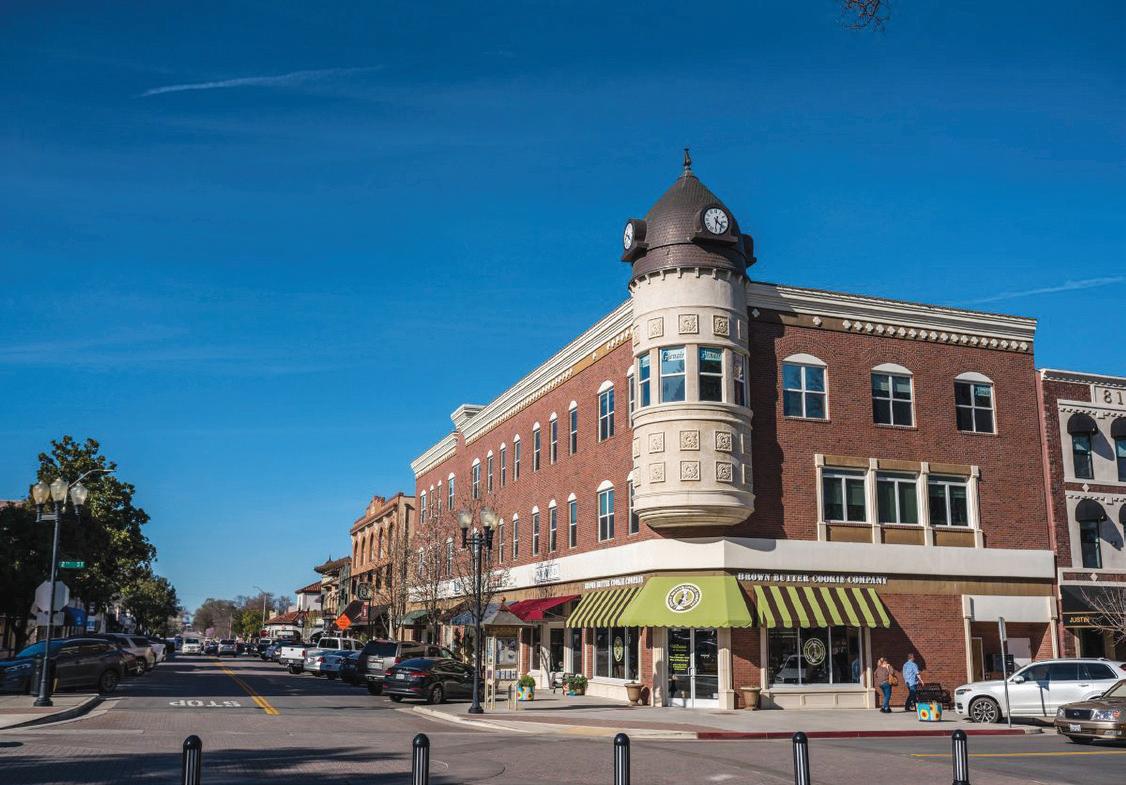
JULY
10, 17 & 31
CONCERTS IN THE PARK Thursday: 6-8 pm (Music) 16 - 27
CALIFORNIA MID-STATE FAIR
24
FREE PANCAKE BREAKFAST
Thursday: 7:30-10:30 am Downtown City Park (Free Admission)
7, 14, 21 & 28
DOWNTOWN MAIN STREET ASSOCIATION CONCERTS IN THE PARK Thursday: 6-8pm 23
LET’S MAKE A DEAL, PASO! TRADING DAY & PR COMIC BOOK EXPO – KIDS FLEA MARKET Saturday: 10am – 4pm (Free)
7
PAJAMA PARTY MOVIE. Sunday: 7 pm- Movie: “For the First Time” 1959
Pajama Costume Contest Awards (Optional) PARK CINEMAS (1100 Pine St), Info call 805-238-4103 (Tickets: ParkCinemas.com) 20
26TH ANNUAL
TASTE OF DOWNTOWN
Saturday: 11 am-4 pm; ARTE DE TIZA, starts 8 am City Park Taste Tickets: $30 - Call 805-238-4103 or MY805TIX.com
OCTOBER 11
PIONEER DAY PARADE AT 10AM 18
GOLDEN OAK HONEY & PUMPKIN FESTIVAL & KIDS’ FLEA MARKET
Saturday: 10 am to 4 pm
Downtown City Park Free Admission; Demos, Honey, Pumpkins and more.
25
DIA DE LOS MUERTOS
Saturday: 10 am -4 pm
Downtown City Park Vendors, Dancers, Food, Entertainment 31
SAFE & FUN HALLOWEEN DOWNTOWN
Friday: 4- 7 pm Trick or Treat Downtown Witches’ Night Out-photos w/witches.
15
ELEGANT HOLIDAY EVENING DOWNTOWN Satruday: 5 to 8 pm Downtown Paso
28
39TH ANNUAL DOWNTOWN LIGHTING CEREMONY Friday: 5:30 pm City Park - Mrs. Claus arrives! 29
SHOP SMALL SATURDAY
6
64TH ANNUAL CHRISTMAS LIGHT PARADE Saturday: 6 pm Theme: “Christmas Lights Winter Nights” Santa arrives! 13
39TH ANNUAL VINE STREET VICTORIAN SHOWCASE Saturday: 6-9 pm 8th to 21st Streets 20
35TH ANNUAL VICTORIAN TEDDY BEAR TEA Saturday: 2 - 4 pm Park Ballroom Tickets: MY805TIX.com
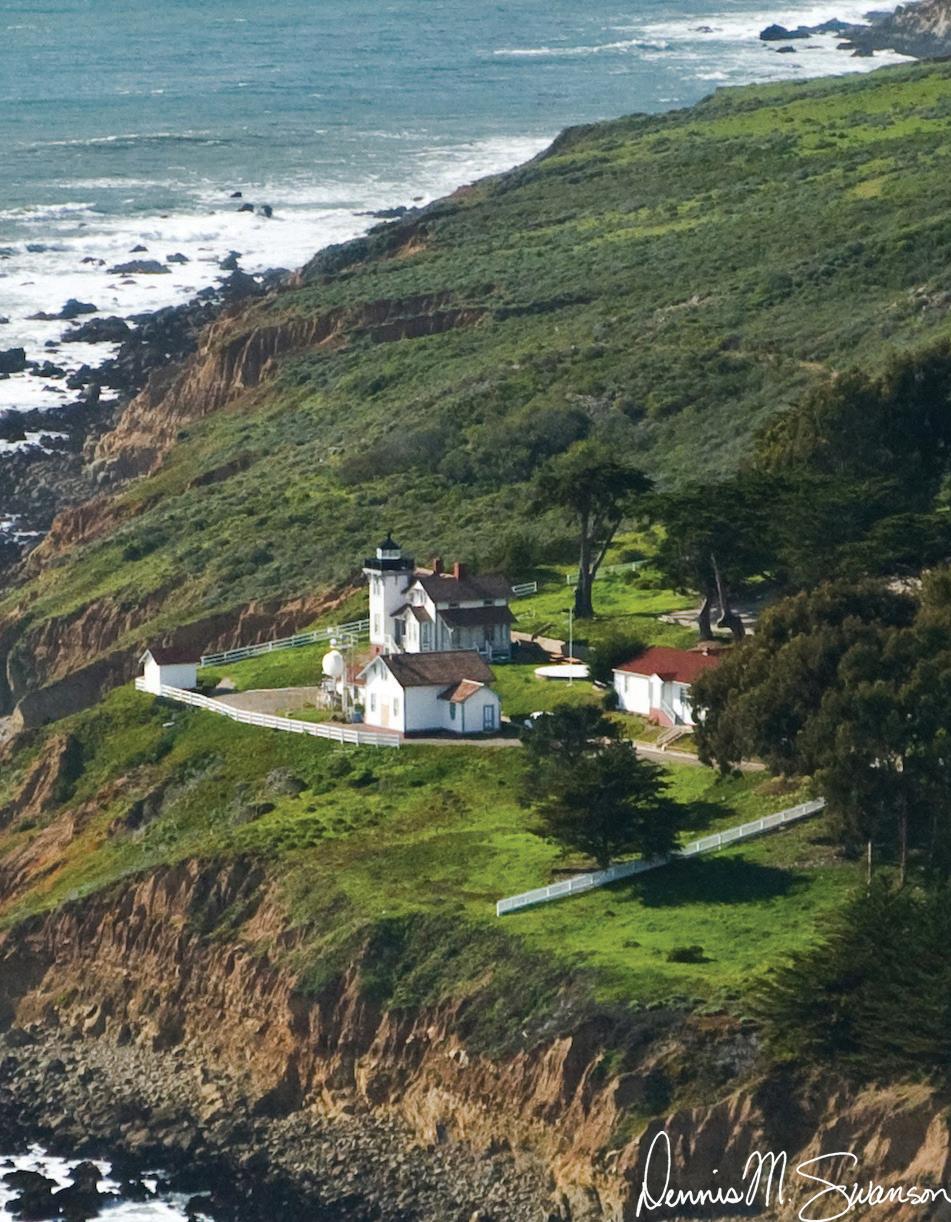

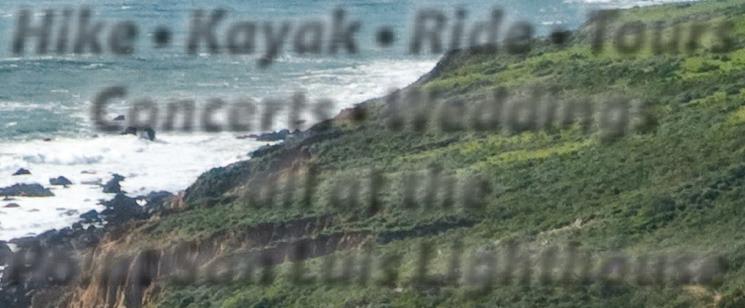
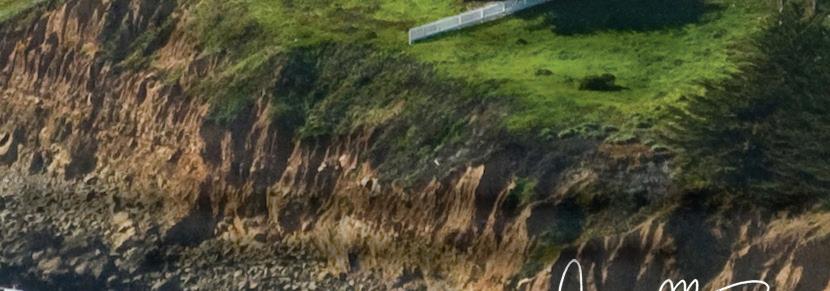
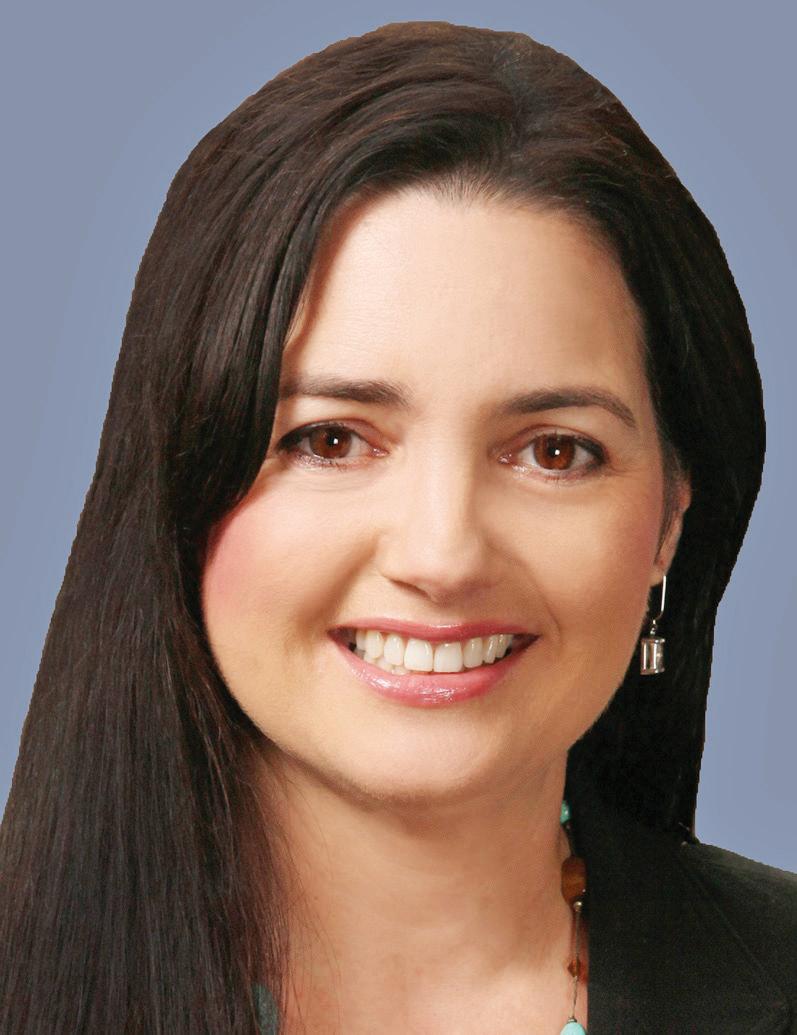
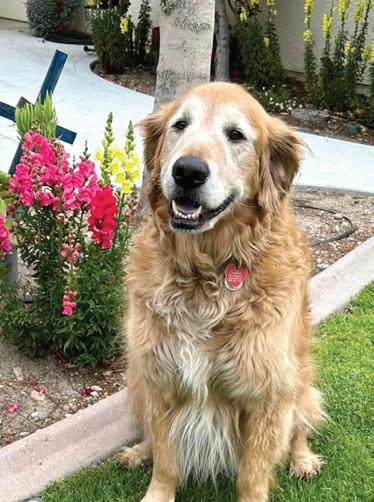

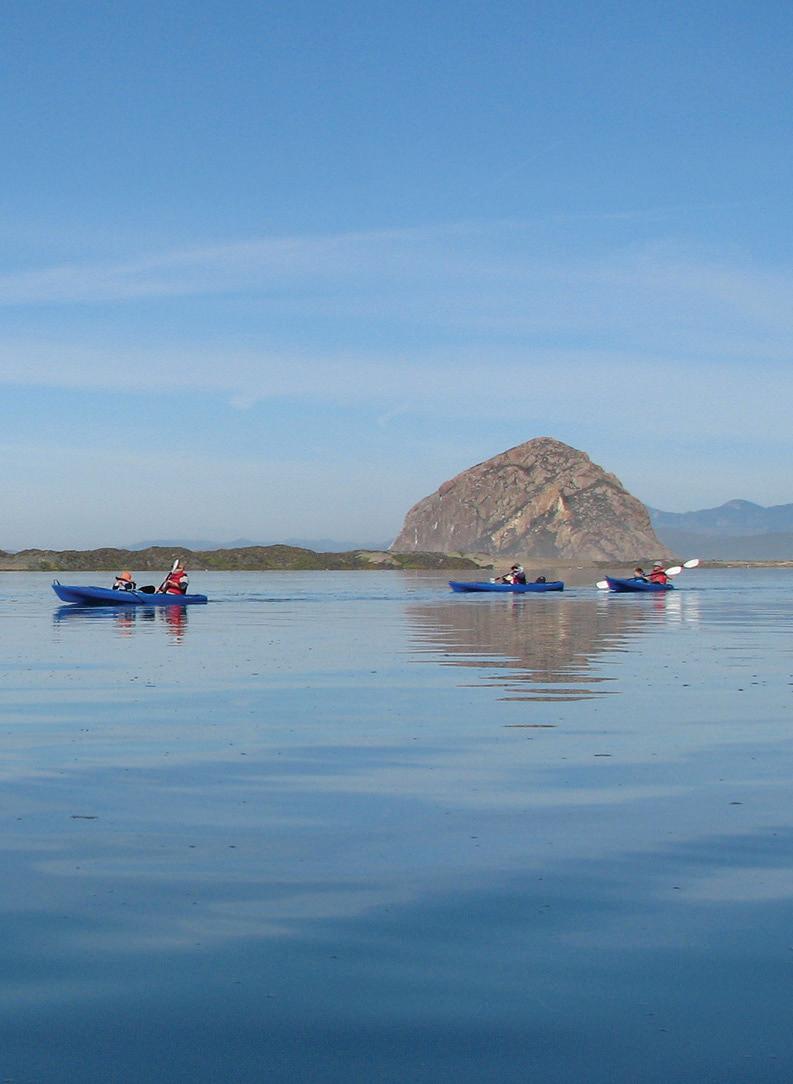
Lone Madrone. They do it as a kind of as a perk for their wine club members,” she said. “They come out with us. We serve all the food on that trip. They bring out their own wines.”
Prices for both lunch and dinner trips are the same, with people in groups getting the most bang for their buck. Picnic tours are $165 for two people, $150 for three, $140 for four, $130 for five to six, $120 for seven to 11, and $100 for 12 or more people.
For tours less than 12 people, kids between 5 and 12 years get a 20 percent discount, while 2- to 4-year-olds are 50 percent off.
A guide-naturalist accompanies kayakers as they head out on to the bay looking for wildlife like sea otters and birds. Eventually, the group will work its way across the bay
to Sandspit Beach, where everyone can hop out and explore the dunes that protect the bay from the ocean while the guide prepares lunch or dinner.
“It’s like there’s nobody else out on the bay, and you’ve got this place yourself, and the sun is setting,” Flaherty said. “It’s just this beautiful experience.”
The tour also provides people with kayaks, life jackets, paddles, a waterproof fleece-lined lap blanket, water, and granola bars. Summer and fall are the best times for the tours, with less chance of winds.
“By the time you’re finished with it, and you leave the docks, it’s pretty much dark at that point,” Flaherty said. “It’s a great place to be at night, on the bay, because you hear all the wildlife and the birds. Everything is still active, but it’s a whole different environment than you’d see or experience during the daytime.”












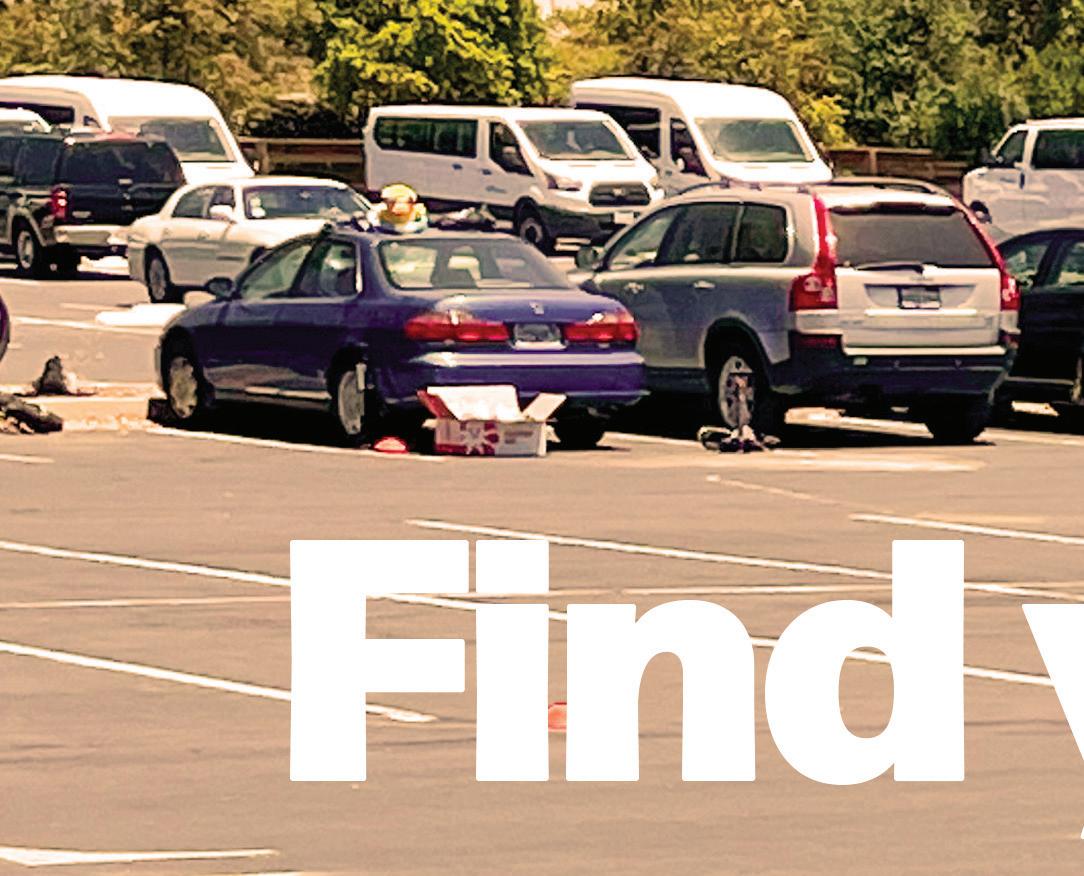


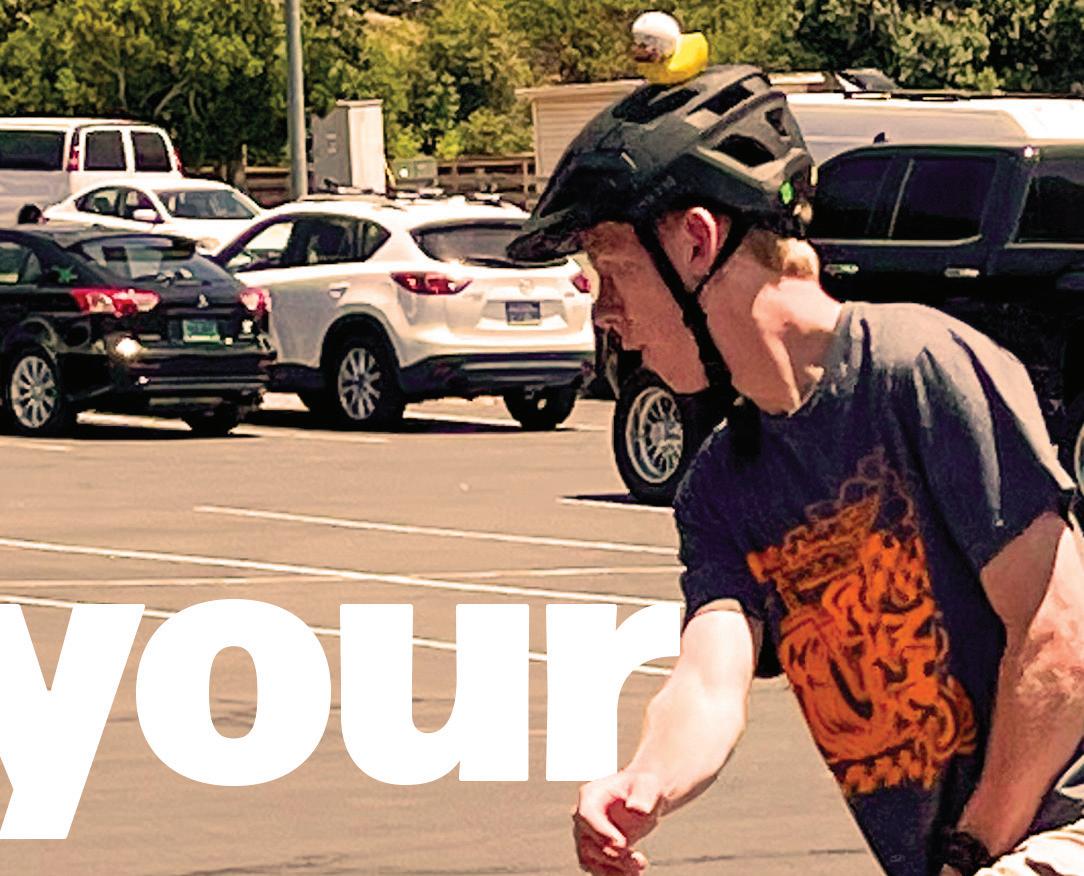

The Cal Poly Unicycle Club builds community, skills, and a passion for all things on one-wheel
BY CAMILLIA LANHAM

The reverberation from a bicycle wheel hitting the pavement is constant. A vibration that moves from the bouncing rubber tire into the metal spokes.
“These can take an absolute beating,” Cal Poly third-year Jacob Hinshaw says as yet another unicycle hits the basketball court in front of the Sierra Madre dorms and a student jumps free. “They can take a beating. As long as it’s the unicycles and not us.”
Beginning unicyclists learn how to fall off a bike without also hitting the ground pretty quickly, he adds. Although, they’re not always successful.
At this particular Tuesday’s weekly Cal Poly Unicycle Club practice, fi rst-year student Audrey Haindfield sits with her left leg outstretched. Braced in a plastic cast, Haindfield nurses a broken fi bula—something she accomplished coming down the Rock Garden at Cerro San Luis’
summit on her unicycle.
Unicycles of varying sizes litter the ground next to her, as club members eat, pump up tires, and chat. A couple of unicyclists hold
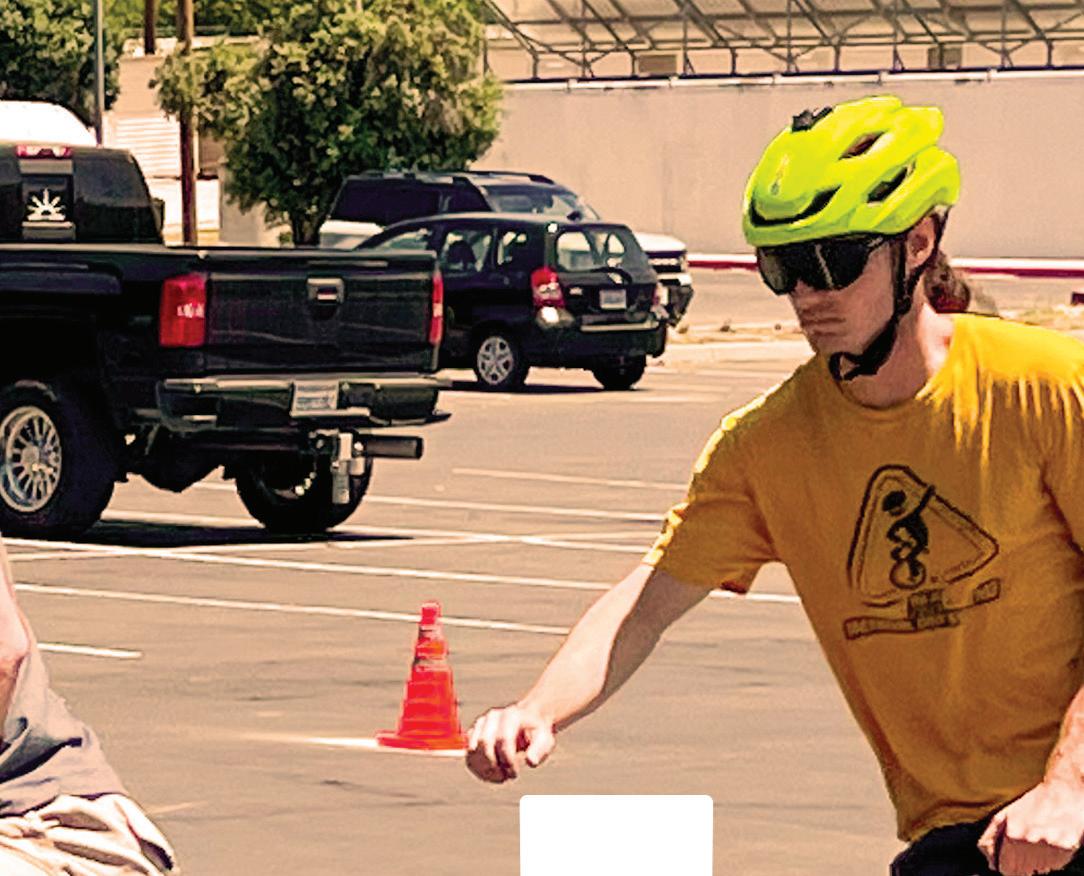
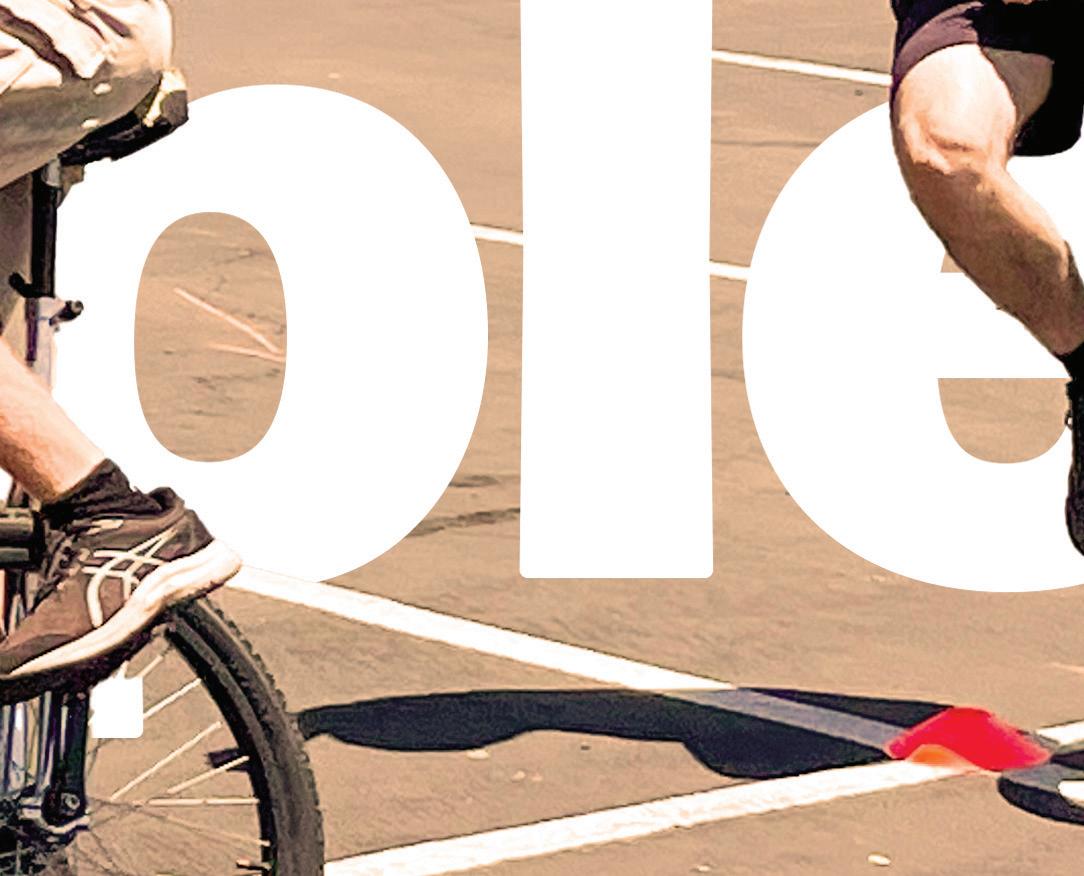
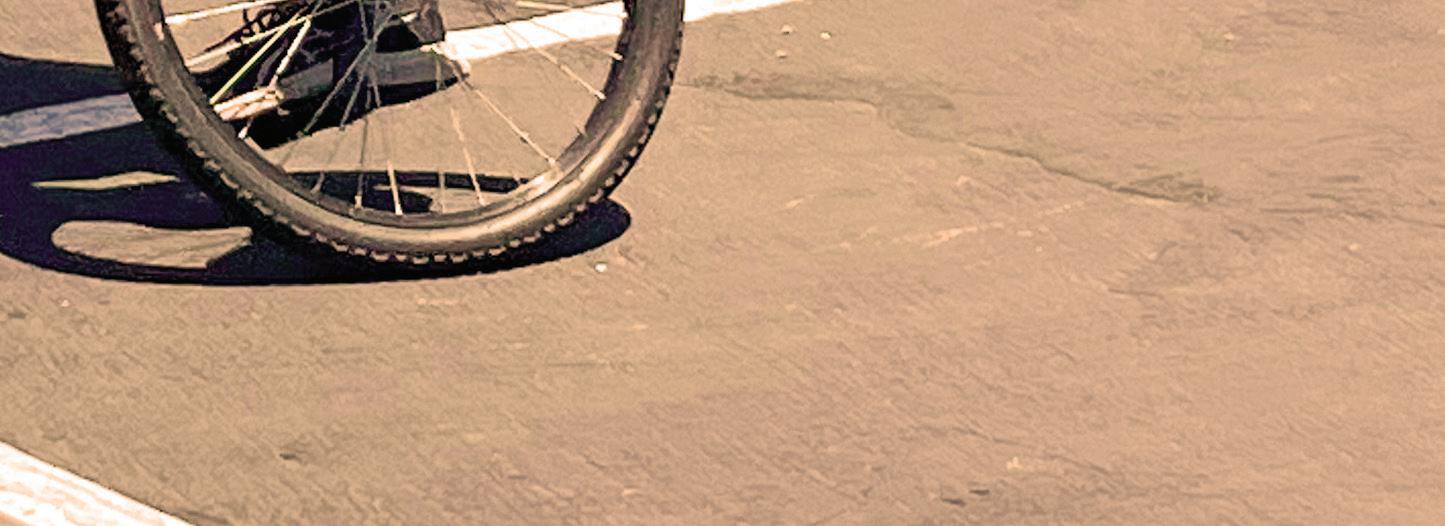
onto the chain-link fence next to the court. Others hold onto their seats, spinning, cycling, and hopping around.
“I had trouble crossing the street on
a unicycle before I got here,” Hinshaw says from underneath his helmet topped by a rubber duck. “They took me mountain [unicycling] and rock climbing at Bishop my first week, and I
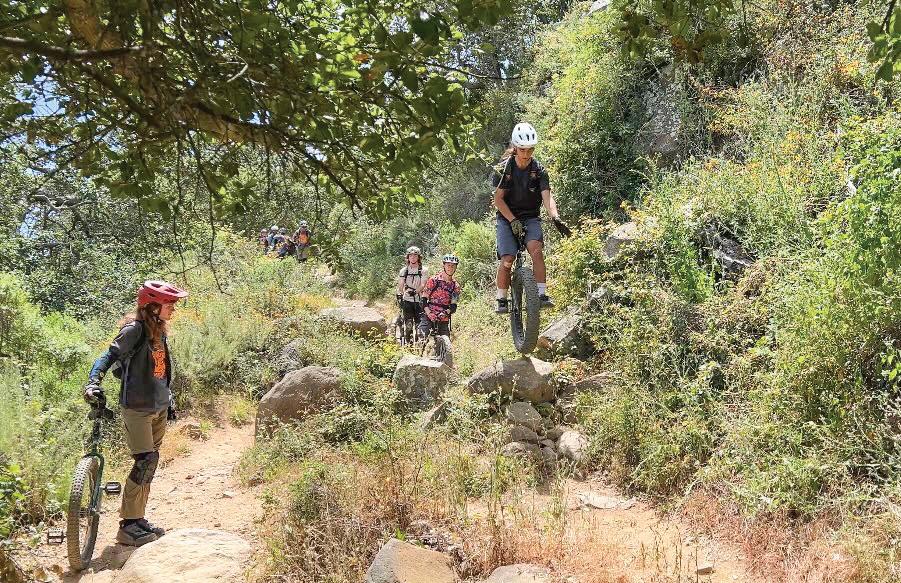



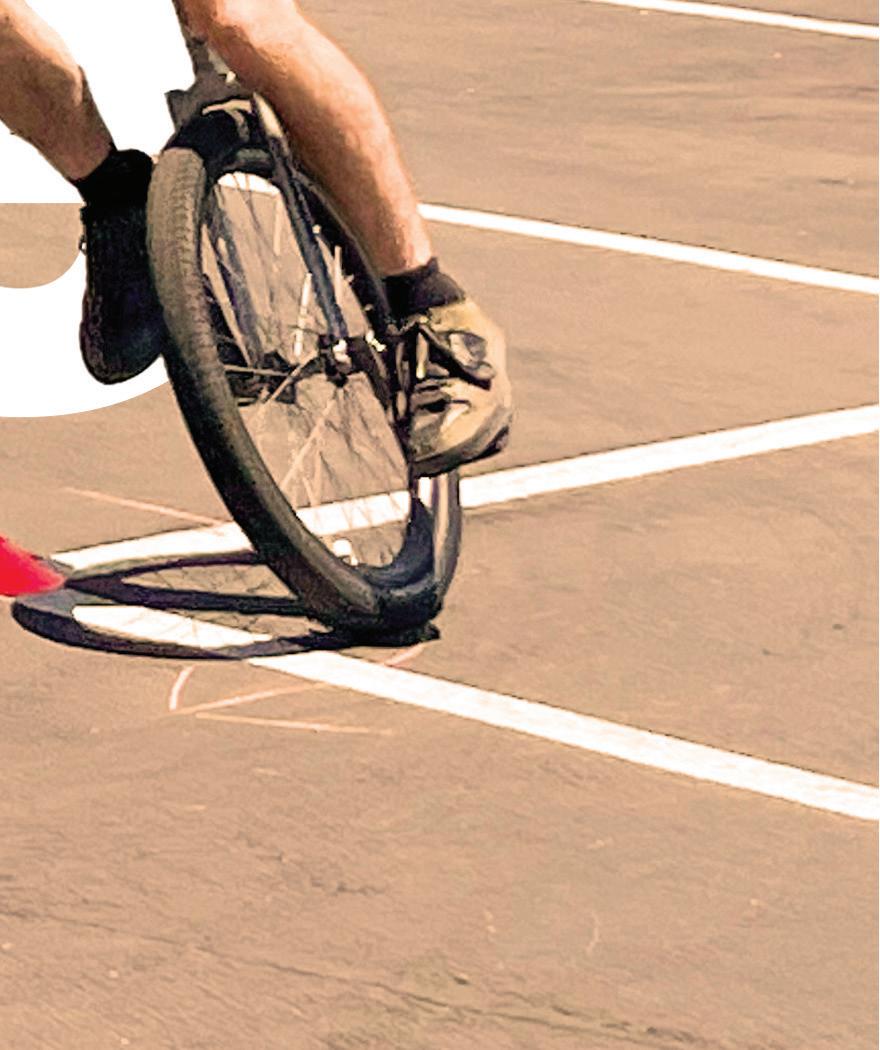
really fun, and I just want to get people involved in it.”
Building community Hinshaw found unicycling during the COVID-19 pandemic. He put a unicycle on his 16th birthday list for fun, he said. And his parents got him one.
“Before Cal Poly, I’d never met another unicyclist,” he said. “So I just taught myself on a fence out in front of my high school.”
It was a chain-link fence, very similar to what lines one side of the basketball court the club uses as a practice space.
“Usually when people start here, we have them up on the fence as well,” he said. “You need it for balance at fi rst just to keep yourself up, either that or another person.”
He went to high school in Lompoc and eventually became known as the “unicycle guy.”
and was teaching riders from elementary to high school.
“I guess for me, the biggest part is the community. The group of people that self-selects to be in unicycling is a really cool group,” KinsellaJohnson said, adding with a laugh: “You’re willing to be really bad at something over and over again.”
Most of his background is freestyle, or tricks on fl at ground, but he—like other club members— also does a lot of mountain unicycling and uses his road
unicycle as a commuter.
Teaching others, he said, is in a unicyclist’s blood.
“Part of unicycling culture is you teach things immediately, and you’re always willing to teach people. The groups of unicyclists that don’t do that within their group of people don’t last very long,” he said. “How else are you going to keep people? … You have to make more unicyclists.”
That’s especially true of a college UNICYCLING continued page 24

During COVID-19, he also started working in the Cabrillo High School Aquarium, which eventually led him to study marine biology at Cal Poly.

week, and I was hooked.”
That’s how a lot of members feel. But it’s not just the challenge of unicycling that hooked them. It’s the camaraderie and sense of belonging that keeps them coming back. Hinshaw got involved in club leadership to share that with the greater community, to grow the club, and to give back to the people who gave to him.
Three years ago, when Hinshaw got to Cal Poly, the club had about seven members. This year—the 202425 school year—with approximately 25 to 30 club members, it’s one of the larger collegiate unicycle clubs (if not the largest), according to Hinshaw. Over Memorial Day weekend, the club hosted its second annual SLO Uni Weekend, inviting other colleges and unicyclists to participate.
“I just love the community that unicycling gives,” Hinshaw said later. “I really connected with the people. I connected with what unicycling is all about. It’s connected and inclusive, and it’s
He didn’t know the Unicycle Club existed before he applied to school, but he was anxious about fi nding an extracurricular activity that worked for him. So he started with a list of clubs— including the unicycle, juggling, and marine science clubs that he currently participates in.
“I wanted to fi nd something that I could just fi t into. I was paranoid about not fi nding my people,” he said. “What got me hooked and keeps me coming back is probably the process of learning something new, almost constantly.”
A.J. Kinsella-Johnson, a past president of the club who recently graduated with a chemistry degree and still shows up to practices, helped teach Hinshaw that fi rst year. Kinsella-Johnson also didn’t know about the club prior to applying to Cal Poly. But he’s been on the one-wheel express since he was a second grader in Washington state.
Snoqualmie, Washington, had a unicycling after-school program and community club. By the time he reached middle school, Kinsella-Johnson said he had already taken on a leadership role in the club
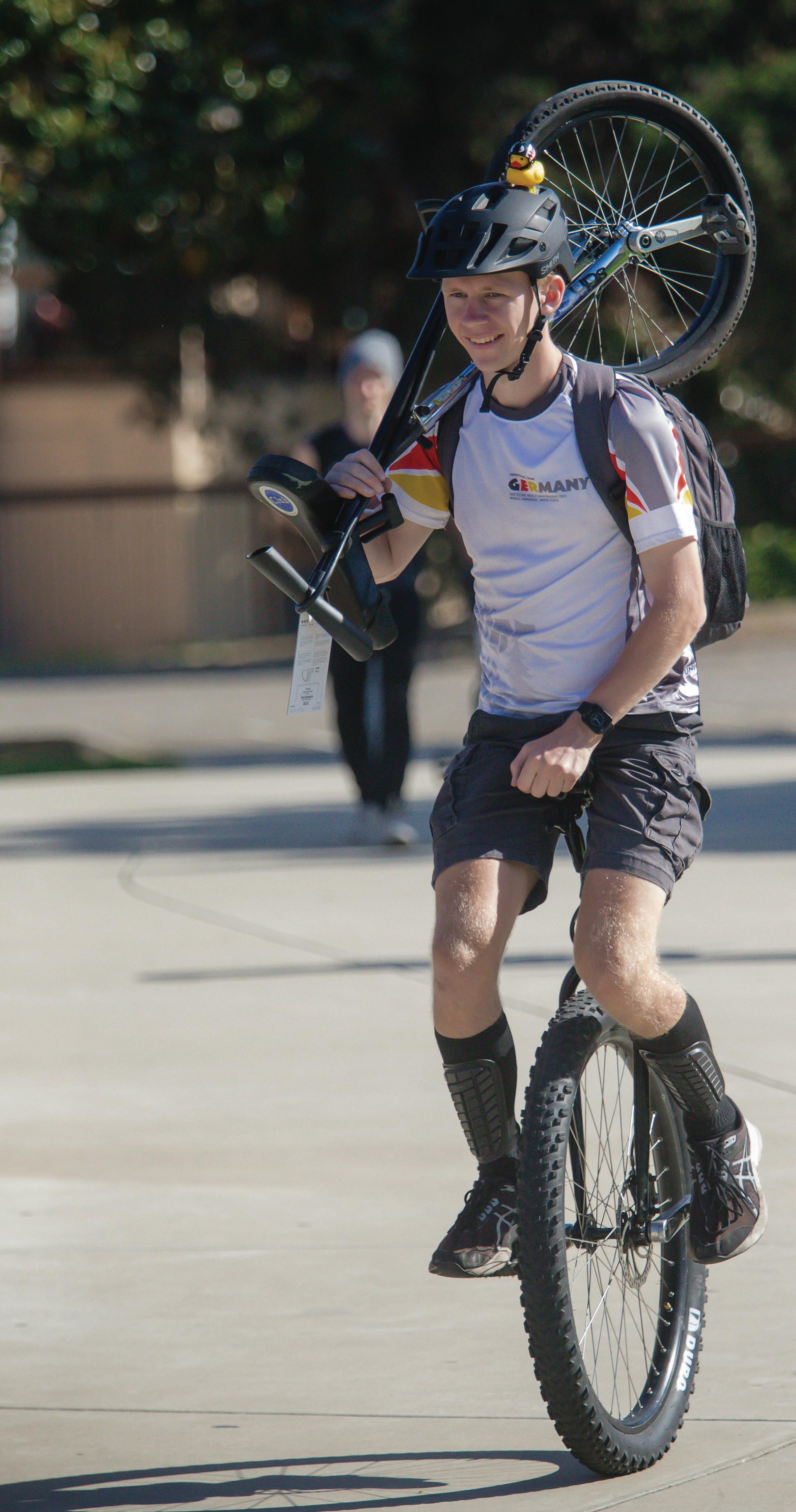
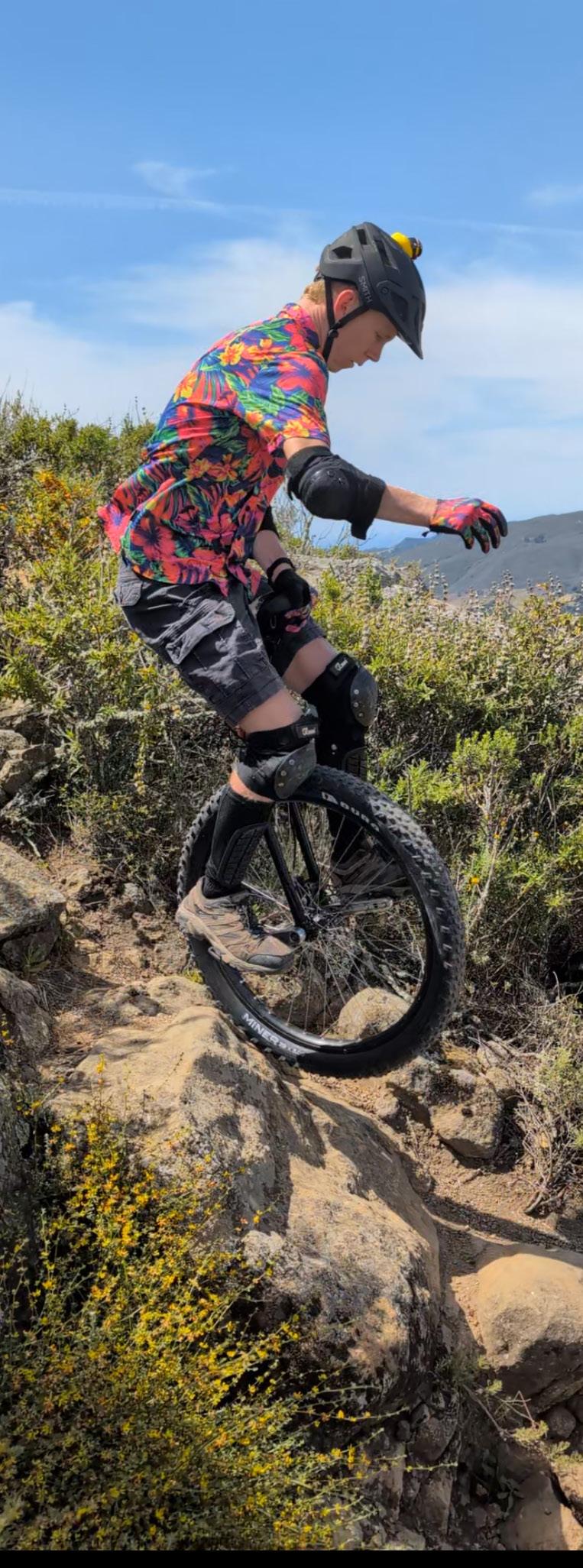
club, he said. But it was also true for the club in Snoqualmie, which lost its leader and eventually its practice space. What was once a program that constantly brought new, young people into the unicycling fold and taught them the skills they needed to learn became more of a program for the people who already knew what they were doing. And those people eventually aged out or moved on.
That club ended up falling apart while Kinsella-Johnson was at Cal Poly, and it donated many of its unicycles to Cal Poly’s club, which now has its own bike locker and communal cycles for everyone to use and learn on.
“A lot of what the club has done since I’ve been here is growing and becoming a more public part of campus,” he said. “A small group of riders that was trying to recruit and trying to teach.”
KJ Johnson’s first club practice last September had so many people attend that it was split into the upper and lower basketball courts. Luckily, the club has an abundance of unicycles, Johnson said.
“Technically, I had touched a unicycle before,” said the first-year, who prefers they/them pronouns.
The soon-to-be club president said they first learned about unicycling while attending circus camp. They attended the camp to learn more about juggling and other performing arts. Juggling eventually led Johnson back to unicycling at Cal Poly.
“When I was applying to schools, I was looking for juggling clubs, and I knew I was going to show up to the juggling club at Cal Poly,” they said.
Incidentally, the juggling and unicycling clubs shared the same booth at the club showcase and many members participate in both. Although they’re still
very much in the learning stage of unicycling, Johnson said they really enjoy mountain unicycling.
“The learning process involves falling, which is scary,” Johnson said. “You really have to want to keep trying because it’s not easy, but it is fun once you get it.”
The civil engineering major wanted to move into a leadership role because of how much the club has helped them grow. Johnson said they were anxious in high school, which prevented them from being themself and made it harder to make friends.
But that’s not the case anymore.
“I feel like I have a connection to these people, and I feel like I can be myself,” Johnson said. “Hopefully, we keep diversifying our people.”
No one goes mountain unicycling alone.
That’s the club motto when it comes to what Hinshaw said he describes for beginners as a “hike with a unicycle.” Most unicycles are fixed wheel— you pedal forward, it moves forward; you pedal back, it moves backward. There aren’t any gears, and the brake is generally located
UNICYCLING continued page 26
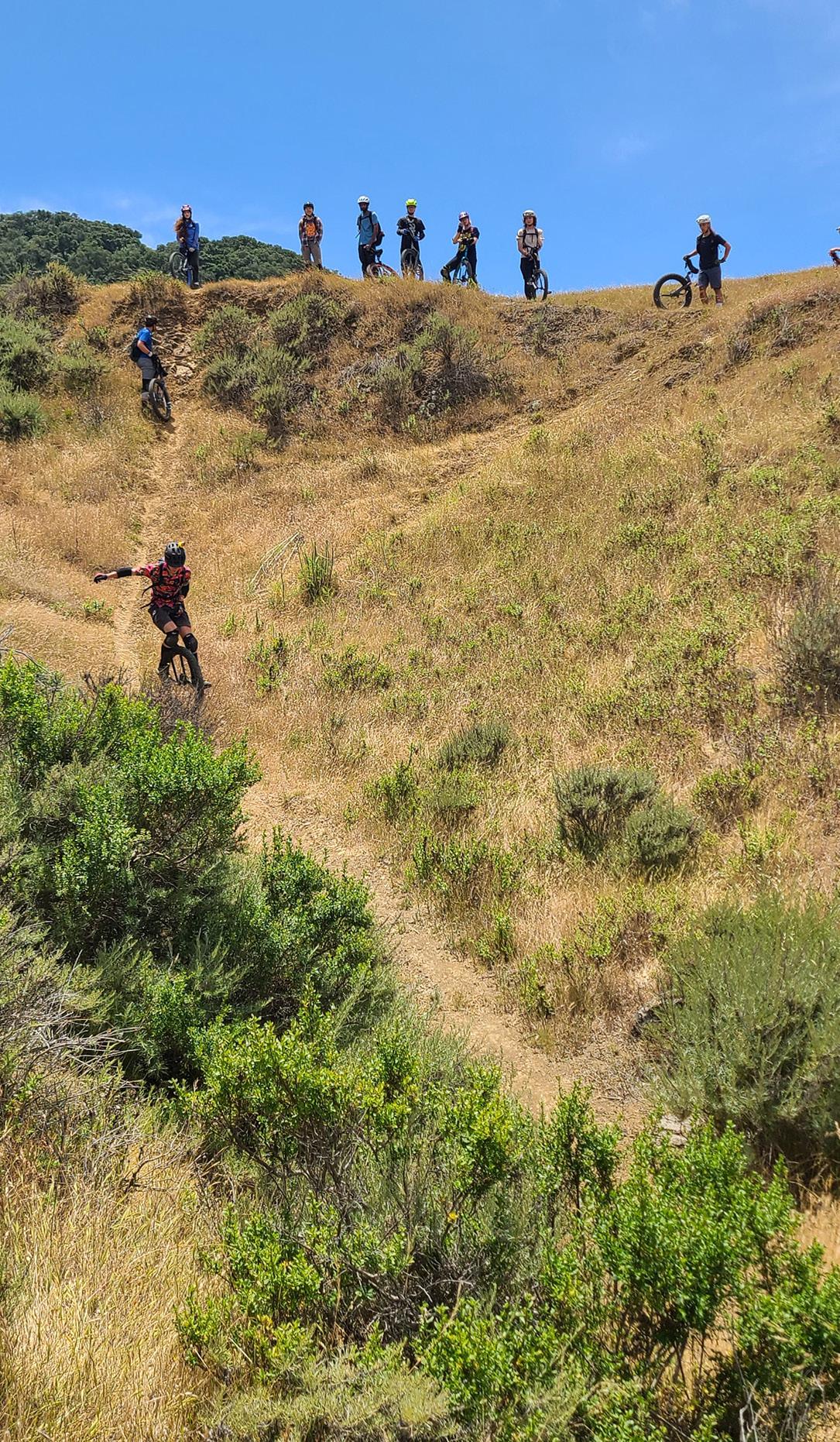
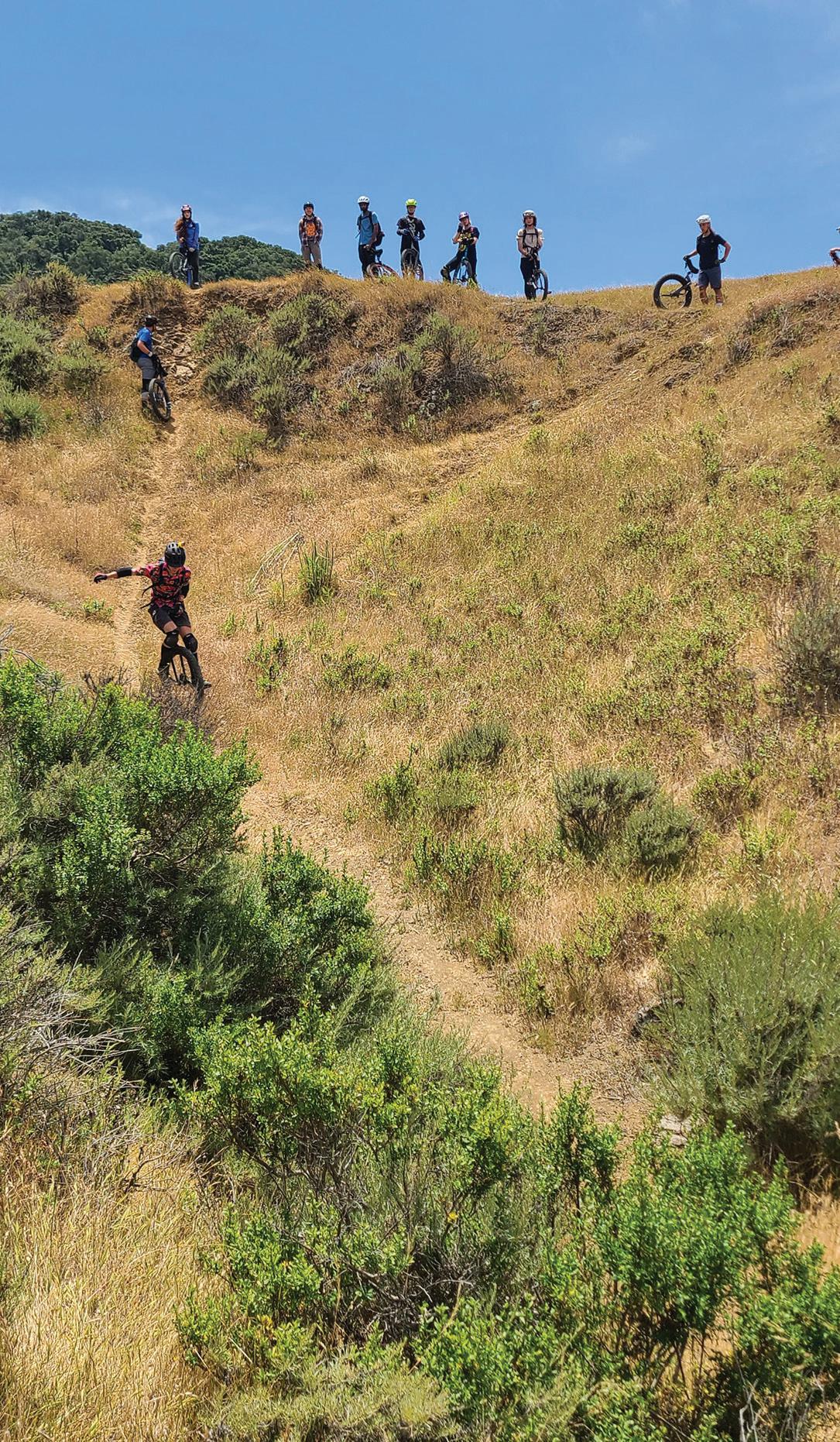
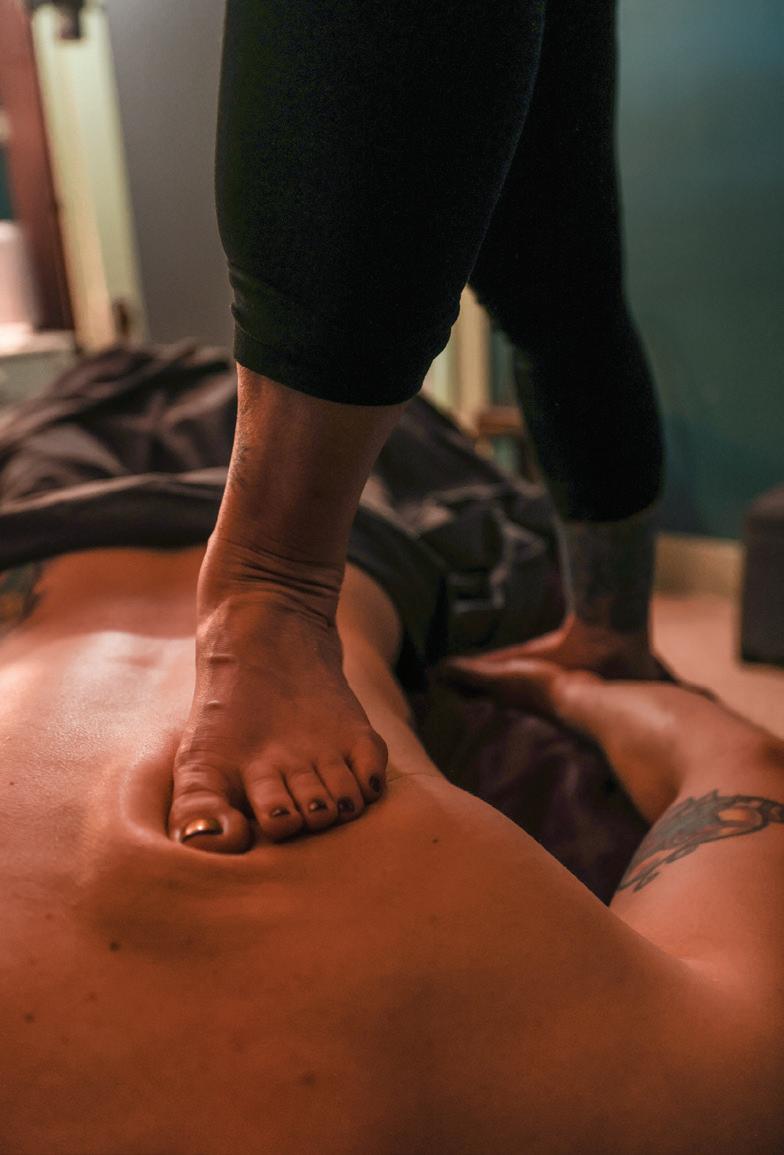
Photos:
***GO-coverimage1-Unicycle-SF2025***

***GO-coverimage2-Unicycle-SF2025***
PHOTO BY JAYSON MELLOM
***go-cover-Unicycle-two-SF2025***
***go-cover-Unicycle-feet-SF2025***
***go-cover-Unicycle-practice-SF2025***
PHOTOS BY JAYSON MELLOM
***go-cover-Unicycle-Madonna1-SF2025***
“Going for 10+ years ” “Unlike any other massage.” “A must-try.”
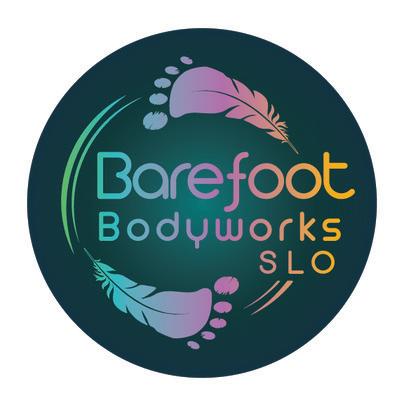
Enjoy $15 OFF your first 90-minute Barefoot Massage
15 Years of aches and pain relief with Barefoot Bodyworks SLO Enjoy our local Member discount once and you’ll never look back.

BOOK YOUR MASSAGE TODAY. USE CODE MEMBER90 AT CHECKOUT
Located in Downtown San Luis Obispo
1107 Johnson Ave., San Luis Obispo, CA 93401
Call Barefoot Bodyworks SLO at (805) 610-7403

Arroyo Grande Farmers’ Market* Smart and Final Parking Lot • 8:30 - 11:00
***go-cover-Unicycle-Madonna2-SF2025***

***go-cover-Unicycle-Madonna3-SF2025***
***go-cover-Unicycle-Madonna4-SF2025***
***go-cover-Unicycle-Moab-SF2025***
PHOTOS COURTESY OF JACOB HINSHAW
***go-cover-Unicycle-race1-SF2025***
***go-cover-Unicycle-race2-SF2025***
***go-cover-Unicycle-race3-SF2025***


PHOTOS BY CAMILLIA LANHAM



SATURDAYS










UNICYCLING from page 24
underneath the cycle’s saddle.
underneath the cycle’s saddle.
So unicycling uphill is extremely difficult.
So unicycling uphill is extremely difficult.
“Some people have quads of steel,” Haindfield with the broken foot said.
“Some people have quads of steel,” Haindfield with the broken foot said.
“If you’re going uphill, you need some momentum,” Hinshaw added. “I’m in it for the downhill.”
“If you’re going uphill, you need some momentum,” Hinshaw added. “I’m in it for the downhill.”
Even with momentum, a unicyclist isn’t likely to pedal all the way up Cerro San Luis or Bishop Peak. At some point, that cycle goes up on their shoulders and they hike. Then, they ride down.
Even with momentum, a unicyclist isn’t likely to pedal all the way up Cerro San Luis or Bishop Peak. At some point, that cycle goes up on their shoulders and they hike. Then, they ride down.
“That’s the fun part,” he said.
“That’s the fun part,” he said.
Beginners, Hinshaw said, can’t ride all of the terrain. So they often also do some hiking on the way down, too.
Beginners, Hinshaw said, can’t ride all of the terrain. So they often also do some hiking on the way down, too.
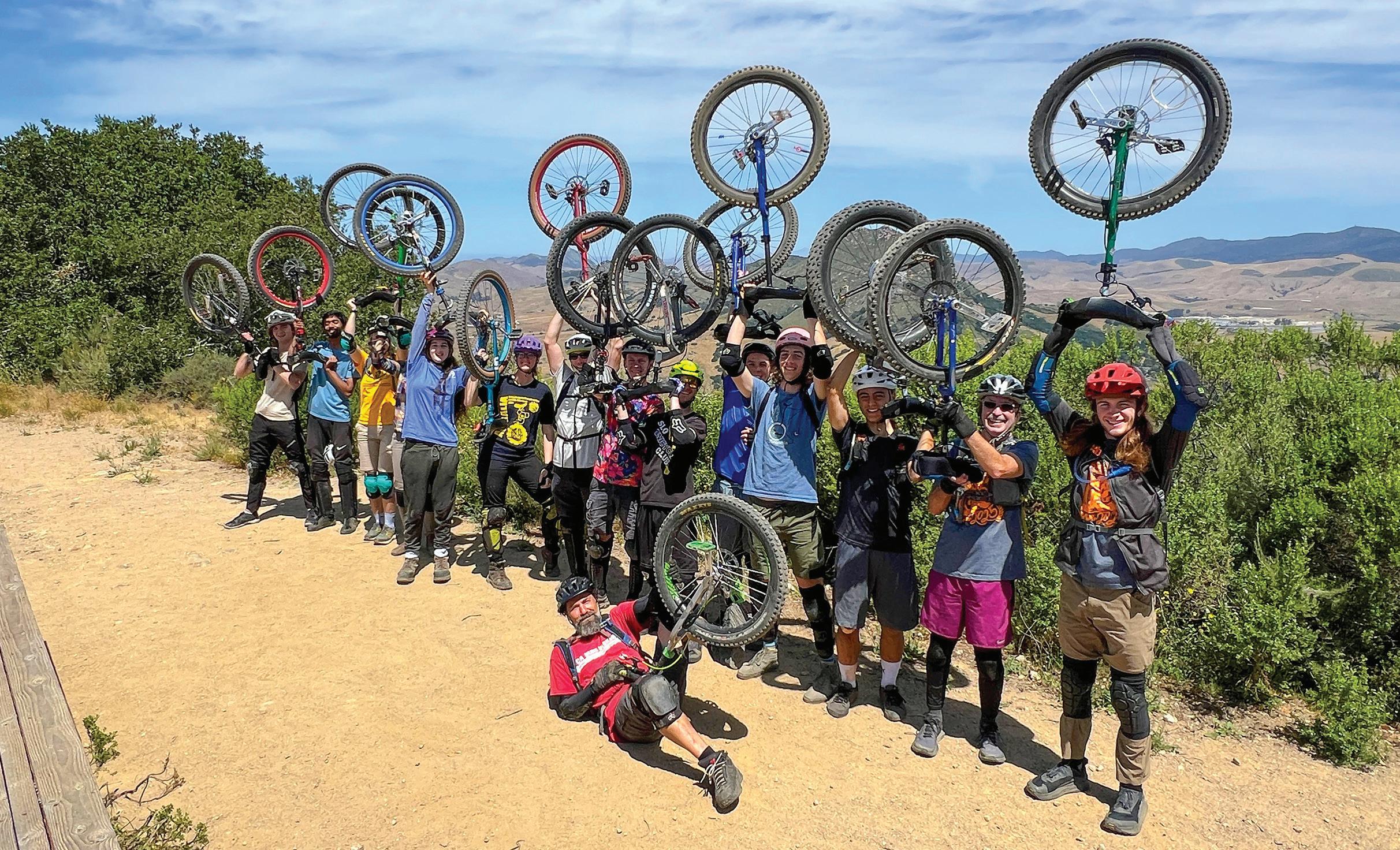
repeatedly ride a section that may be difficult or especially fun.
“On the way down, you’re looking for fun features, basically,” Hinshaw said. “I’ll ride every inch of trail.”
“On the way down, you’re looking for fun features, basically,” Hinshaw said. “I’ll ride every inch of trail.”
He actually rides every inch of trail multiple times. It’s called sessioning—where a rider will
He actually rides every inch of trail multiple times. It’s called sessioning—where a rider will
repeatedly ride a section that may be difficult or especially fun. Hinshaw describes the tough or rockier sections as puzzles for him to fi gure out.
Hinshaw describes the tough or rockier sections as puzzles for him to fi gure out.
“I like just thinking through what I can do better, what I can change,” he said. “And then, once you fi gure it out, it’s usually a lot
“I like just thinking through what I can do better, what I can change,” he said. “And then, once you fi gure it out, it’s usually a lot
easier to repeat it. Because you’ve fi gured out what path you need to take, what the mechanics are to get through it.”
easier to repeat it. Because you’ve fi gured out what path you need to take, what the mechanics are to get through it.”
Most weekends during the school year, the club heads up one of the local peaks, goes to Montaña de Oro, or rides the Cuesta Grade. Using those as practice hills, club
Most weekends during the school year, the club heads up one of the local peaks, goes to Montaña de Oro, or rides the Cuesta Grade. Using those as practice hills, club
members also travel to participate in mountain unicycling, or muni, events.
members also travel to participate in mountain unicycling, or muni, events.
About 14 students headed to Moab MuniFest over spring break, and a similar number joined for Arizona Muni Weekend in February—which included a trip to Sedona.
About 14 students headed to Moab MuniFest over spring break, and a similar number joined for Arizona Muni Weekend in February—which included a trip to Sedona.




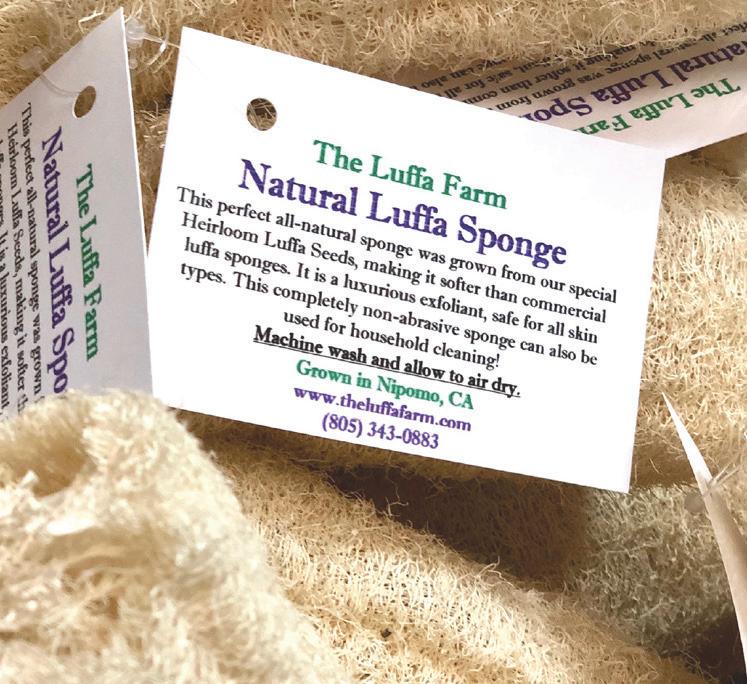





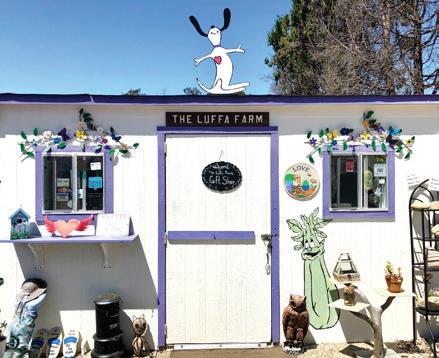





In Moab, Kinsella-Johnson said, everyone stayed at the same campground and participated in the same activities. The first day was an easier unicycling day, not too technical, while the second day involved a 15-to-17-mile ride along the Porcupine Rim Trail, which they were shuttled to the top of and rode down.
“For a lot of riders, those weekends are kind of their only time they’re interacting with other unicyclists,” he said. “I really wasn’t into muni weekends until I got here.”
But he likes them now.
“Part of it’s the challenge, and just kind of like seeing if you can get further up that trail than you have before,” he said. “You feel really connected to the trail in a way. … On a mountain bike, you don’t feel every bump in the way that you do on a uni.
“You constantly have to pay full attention, and I like how meditative that is.”
Unicycles don’t have shocks to ease the impact of a jump. The unicyclist’s legs are the shocks.
“The fanciest thing I have on any of my unicycles is a brake,”
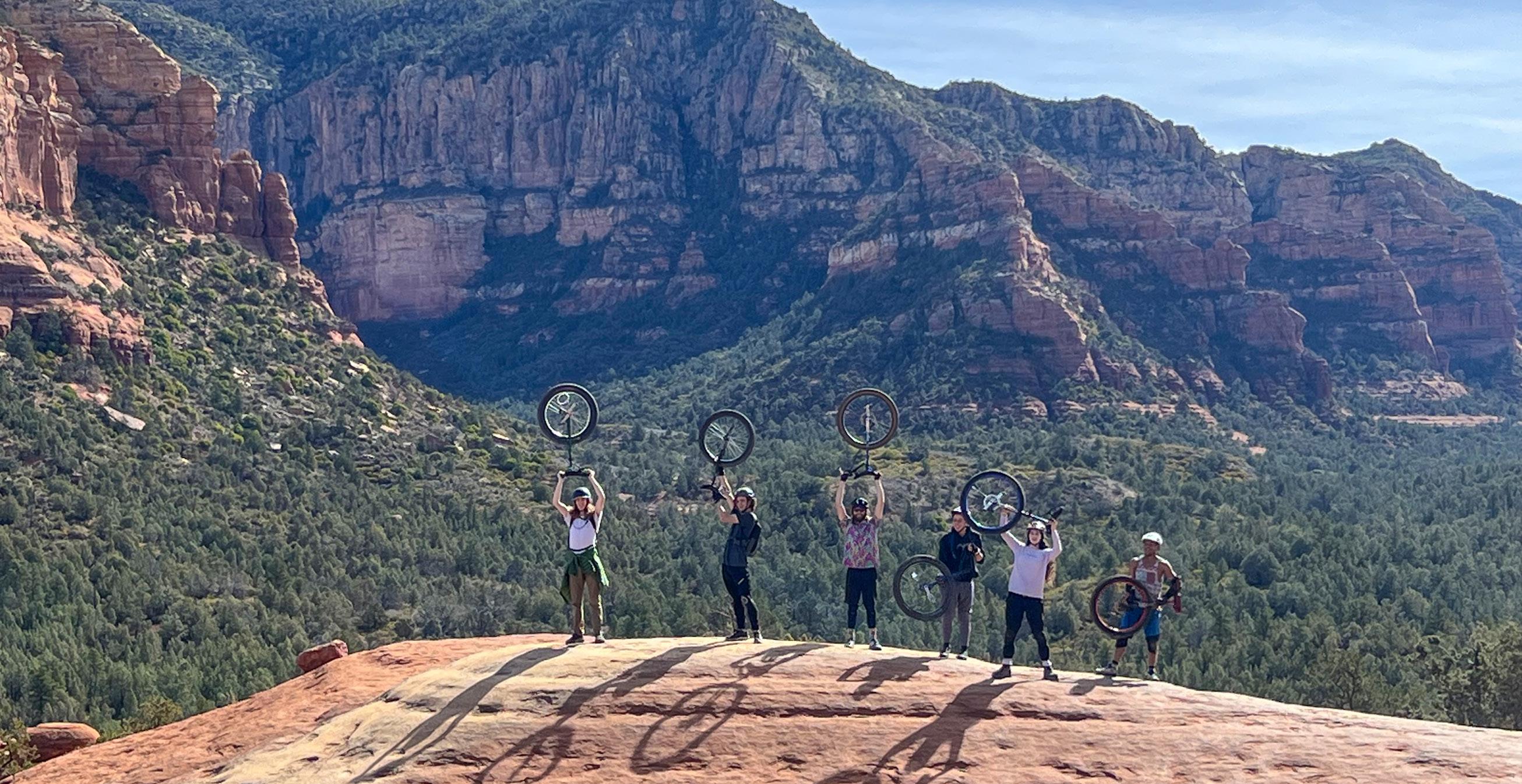
Kinsella-Johnson said. “You’re in complete control of everything that it does, for better or worse, and that’s really cool.”
Heading to the University of Utah for graduate school, he said he already knows people in Salt Lake City’s unicycling community—thanks in part
to regional unicycling events, muni weekends, and connections between unicyclists.
“I’ll definitely be riding with them,” he said. “It’s a very kind of cohesive group. Everyone knows everyone. … You know you found your people.”
SLO Uni
Cal Poly’s H-16 parking lot was mostly empty on May 24, except for some orange cones, chalk arrows, and a group of unicyclists preparing for the first event of the SLO Uni Weekend: the criterium race.



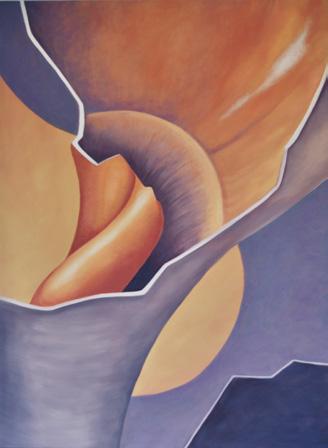
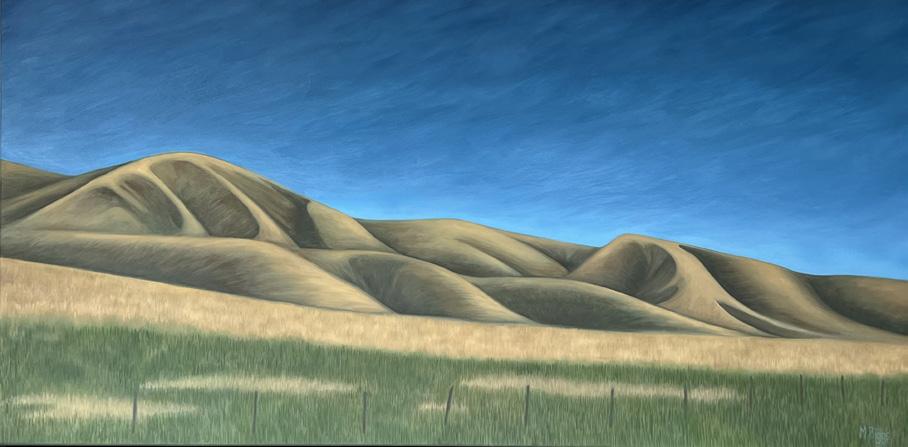
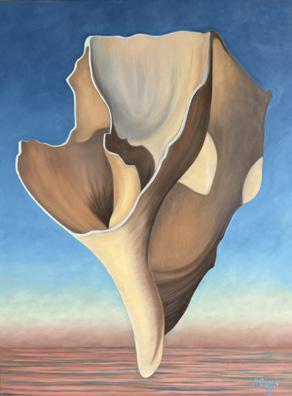

Margaret Biggs is an oil painter whose soulful work is deeply influenced by nature’s healing power. Displayed in businesses and homes nationwide, her art uses color, line, and form to convey inner strength, peace, and beauty. Please contact Margaret with inquiries. You can also view her work at EDNA Contemporary, 967 Osos Street in San Luis Obispo, CA. Please call for an appointment (805) 459-1711


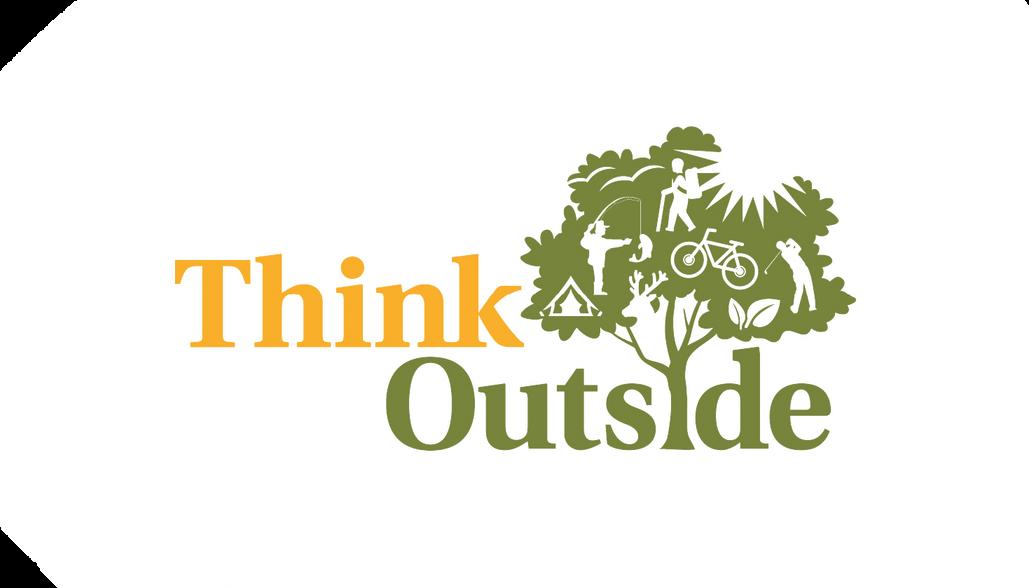
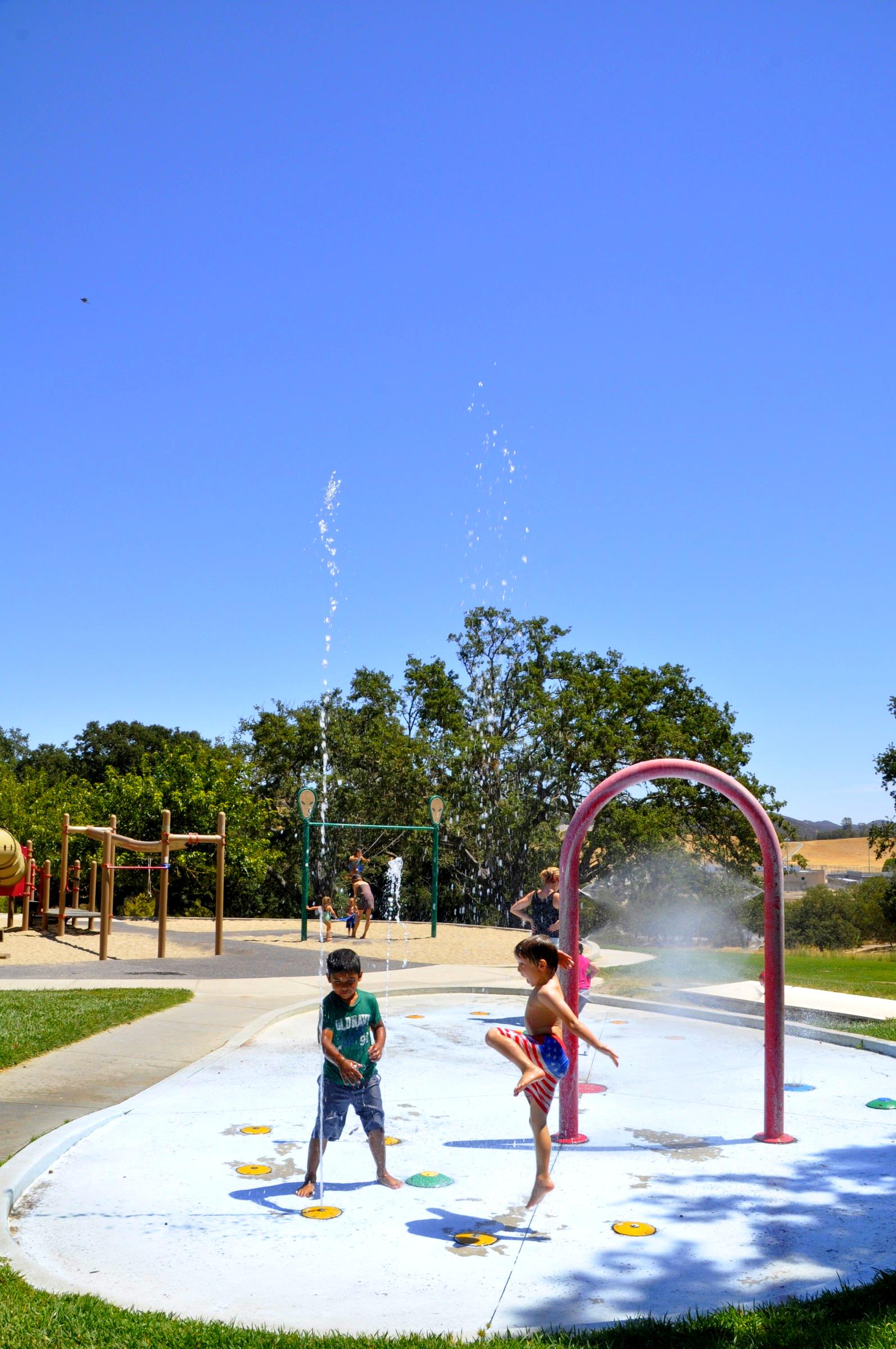




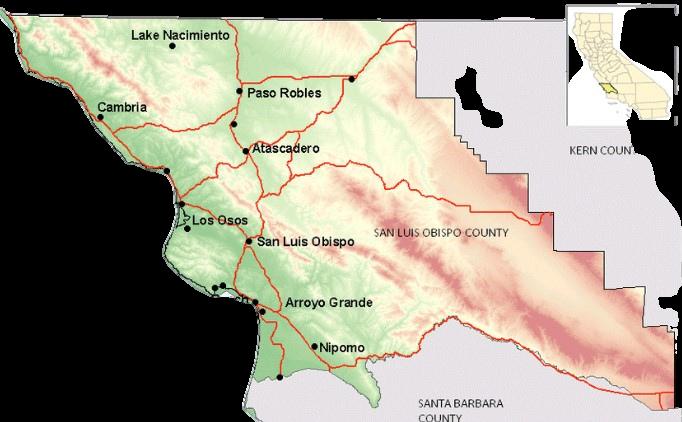












Hinshaw, who helped organize the weekend with other club members, was laying out cones as people chatted and pumped up bike tires near open car trunks.
Kinsella-Johnson cycled up on a unicycle he called “Squeaky.”
“I didn’t bring any pads … just a helmet,” he said. “It’s OK. As long as I don’t crash, it’s fi ne.”
The race across old, bumpy pavement consisted of six laps, starting with a slight downhill that led to a slight uphill climb, 180-degree turns, straight sections, and zig-zags.
Every time another group of unicyclists pedaled up, the gathering crowd greeted them with a yell. Many were Cal Poly club members; others came from places like Los Angeles.

she managed to leap off and land on her feet repeatedly as the unicycle skidded across the ground.
Although the event was scheduled to start at 1 p.m., it didn’t get going until after 1:30.
hollering and cheering at the racers. Hinshaw was in the lead for all but the fi nal lap, when KinsellaJohnson pulled ahead on the downhill stretch and kept that lead until the end. The race took a little longer than eight minutes to fi nish.
Each racer left their unicycle where it lay and struggled to catch their breath, as others prepped for their turn at the criterium.
Unicycle basketball, capture the fl ag, a trip up Cerro San Luis, and a few hours at the skate park on Santa Rosa Street were also on the agenda for the weekend.
Later in the summer, some club members will head to Michigan for the North American Unicycling Competition and Convention. But not everyone has the ability to travel.
One woman was attempting to learn how to ride a non-fi xed hub unicycle. It’s similar to an actual bicycle, different from the fi xed hubs that most unicyclists are used to. She was having a hard time keeping the unicycle upright, but
Unicycle time is a thing.
“Well, I guess we’re ready,” Hinshaw said.
“We go to a lot of events elsewhere, but not everyone gets to go,” he said. “So we wanted to bring a bunch of unicyclists to Cal Poly so everyone could experience it.” UNICYCLING from page 27
As many club members have said:


The first heat set up with seven cyclists at the starting line. As they raced, more unicyclists trickled in and they joined the crew already there,

Hinshaw believes the club will host a third annual SLO Muni Weekend next year and hopes it will continue after that.



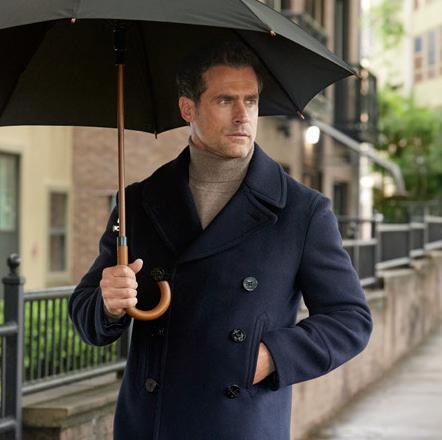

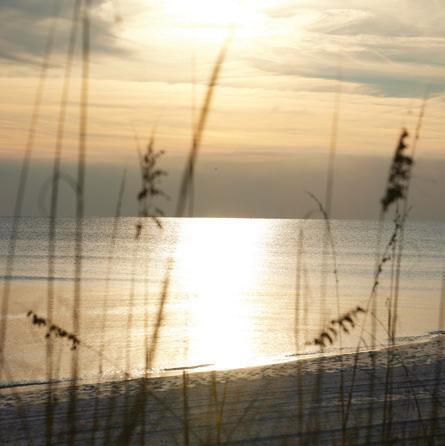

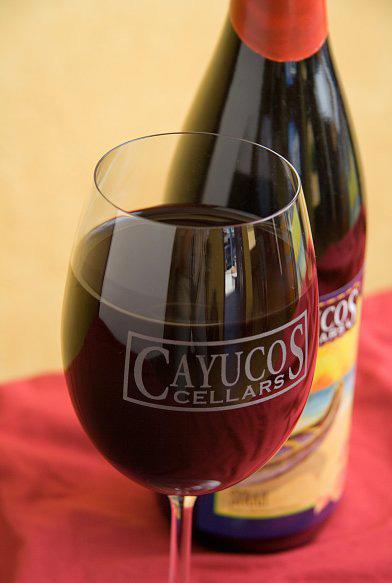
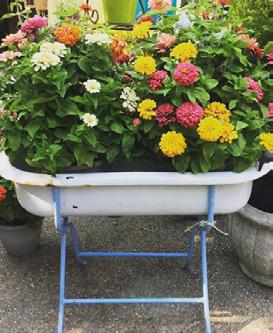
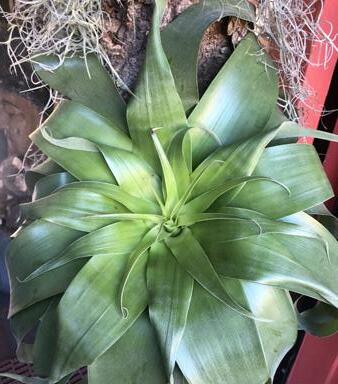


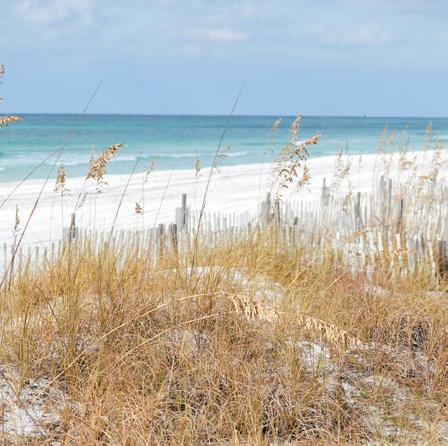



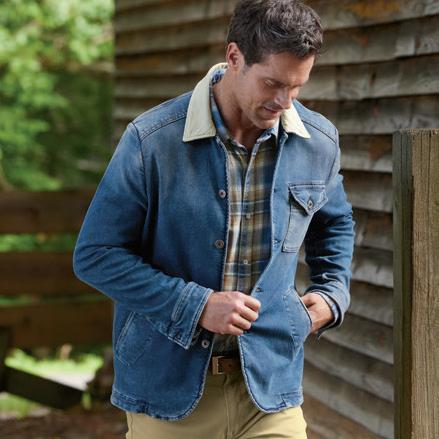
CAYUCOS CELLARS
805 •995 •3036 CAYU CO SCELLARS.COM
GROW NURSERY
805 •924 •1340 GROWNURSERY.COM
LILY’S COFFEE HOUSE
805 •927 •7259
OCEAN HEIR
805 •909 •9022 OCEANHEIRESTATECOMPANY.COM


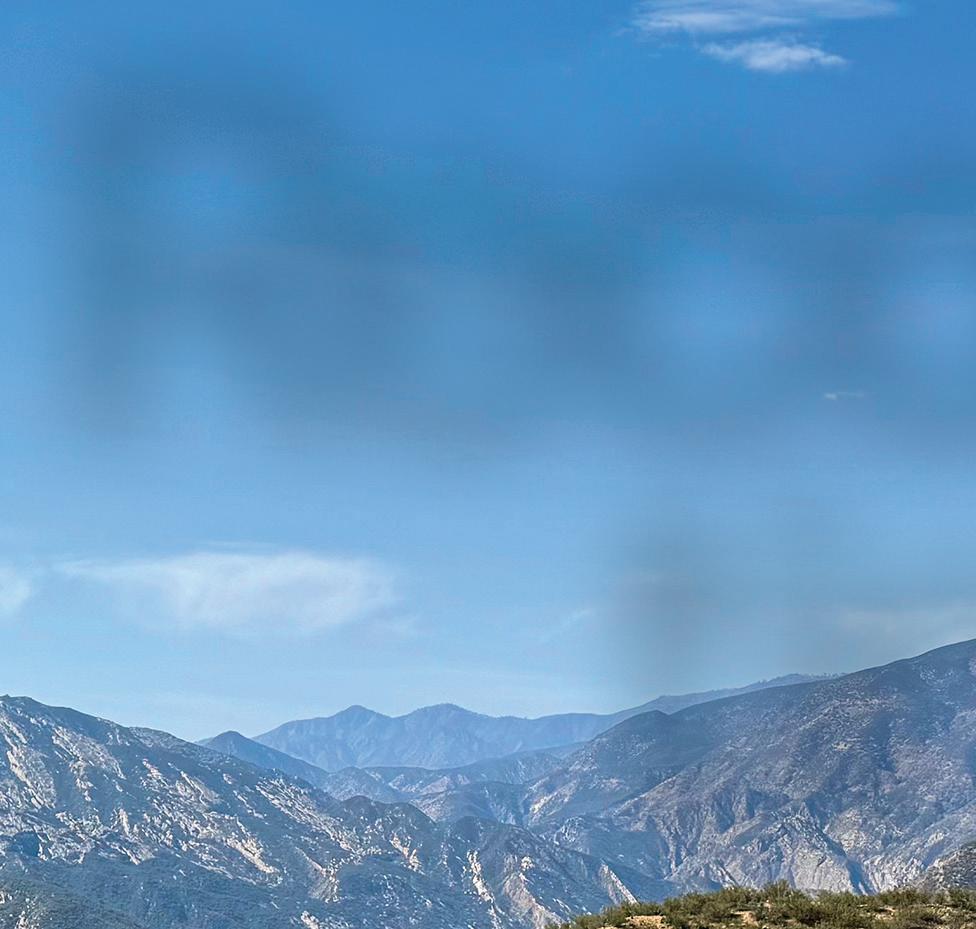
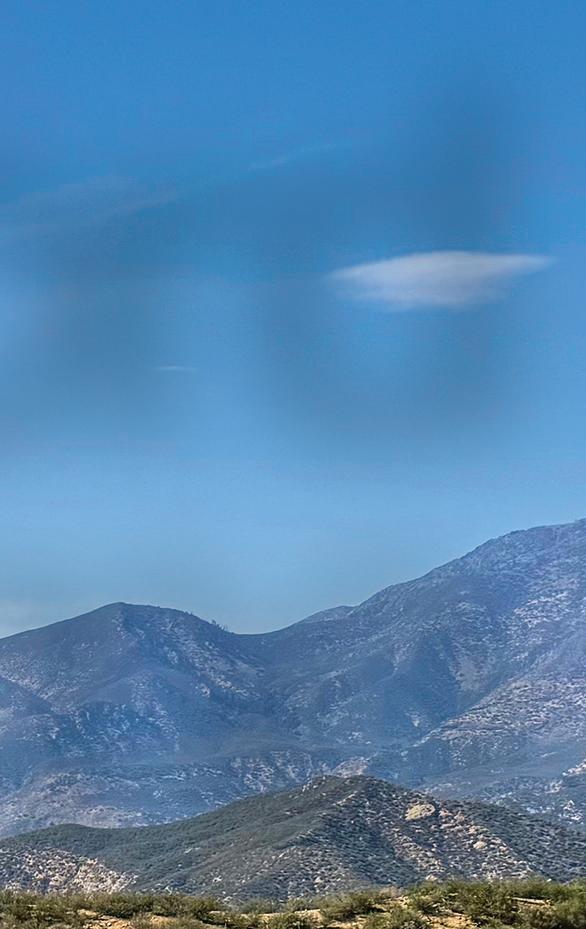

BY LIBBEY HANS0N
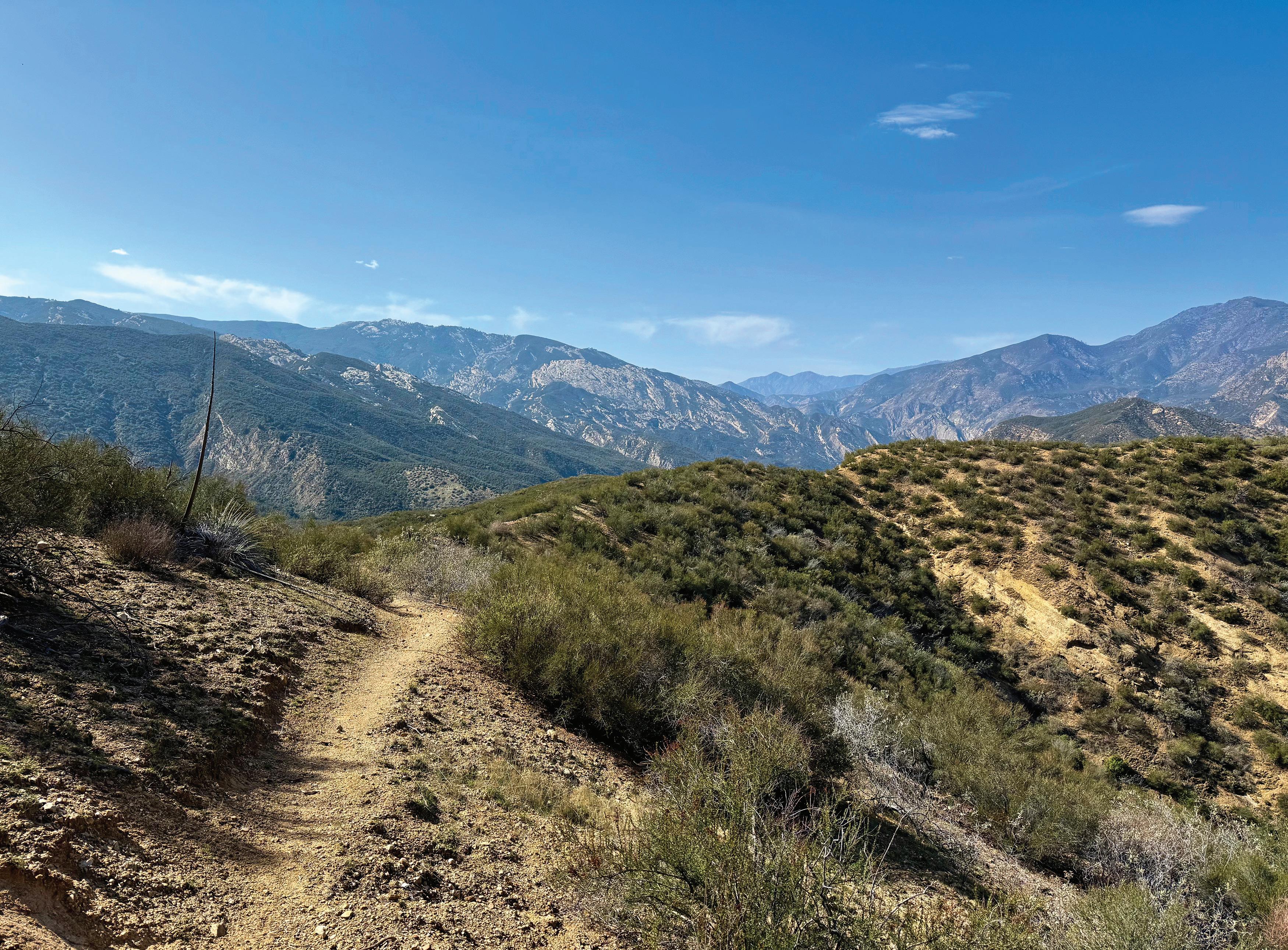

Alittle more than 400 miles; 69,000 feet vertical gain. Rain, snow, ticks, and poison oak. Addison Jerlow conquered all these things in 21 days this spring on the Condor Trail.
“I was going to do a thru-hike of the Pacific Coast Trail and was doing a train hike with my uncle. This was in like, 2018,” Jerlow said. “And he was just like, ‘The PCT is whatever, but the Condor Trail—that’ll kick your ass, you have no chance at that.’ And I was like, ‘Well, it’s the Condor Trail.’”
The Condor Trail runs through Los Padres National Forest, but it isn’t a continuous trail from Ventura to Monterey, per se.
“It’s more of a route than a trail. It connects a lot of trails, like existing trails and roads, but it also has a lot of historic trails which haven’t been maintained and/or have been decommissioned,” Jerlow said. “So, they aren’t maintained as well. There are some sections with no trail, compared to a more traditional thru-hike, where you have signage the entire time.”
Only a few have really tried to complete the trail in its entirety. According to National Geographic, there’s no official record of every person that’s conquered the trail, but Brittany Neilson is known to be the first person to complete it in 2015.

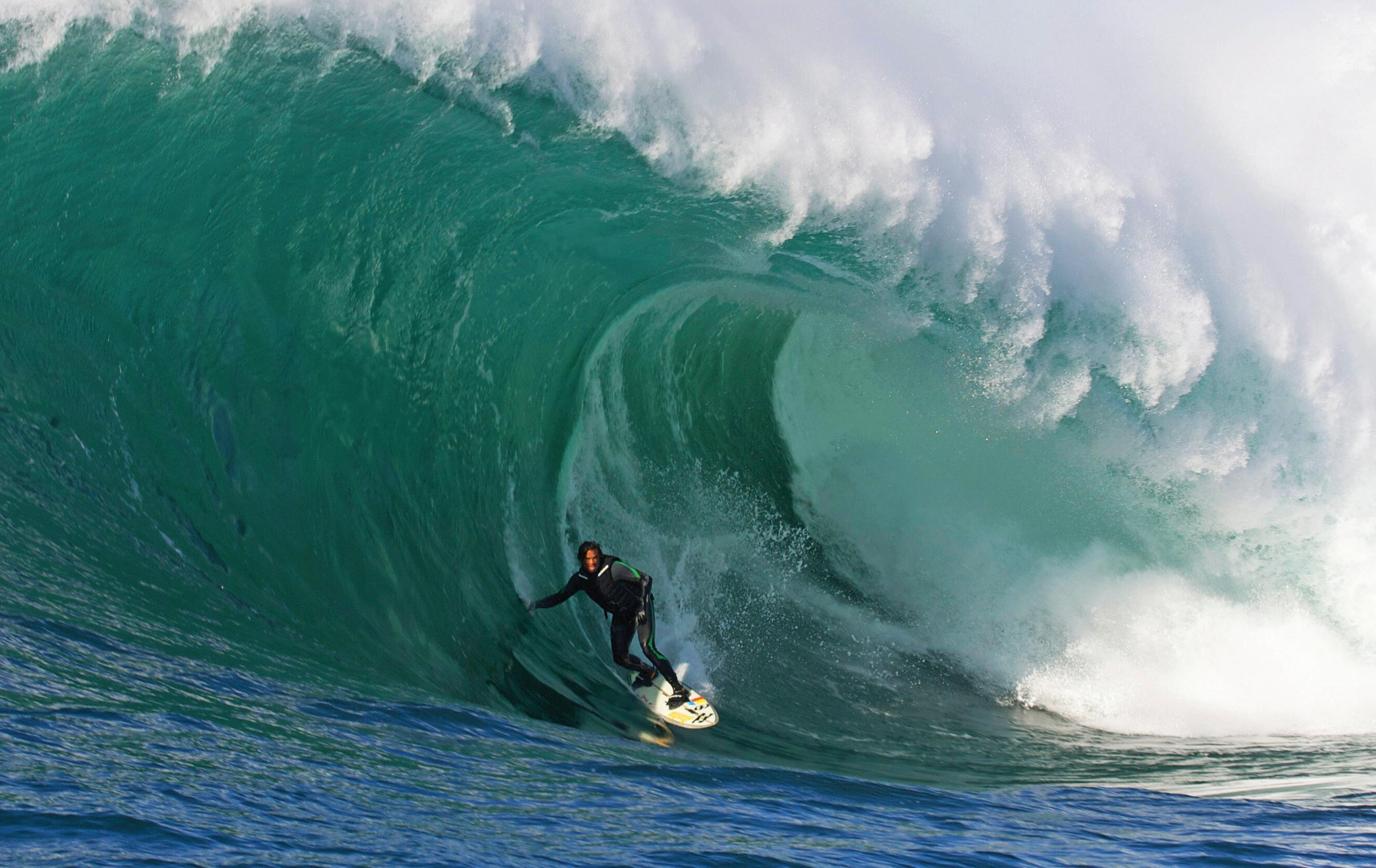



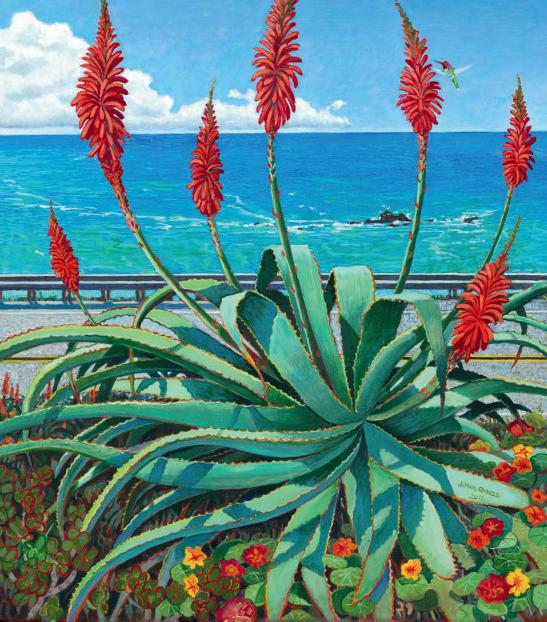




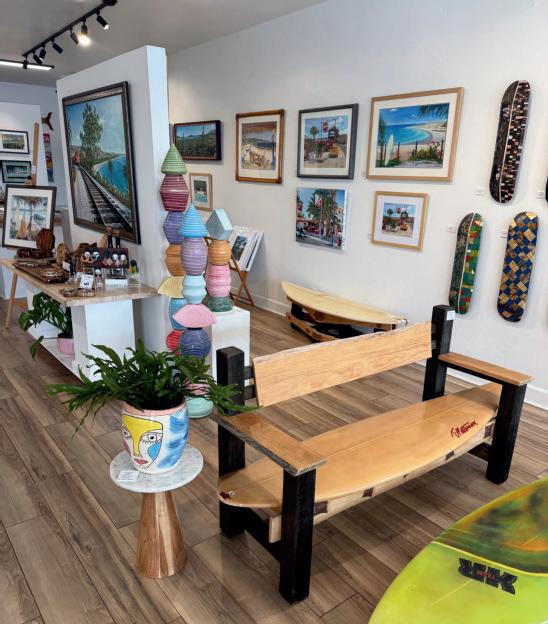







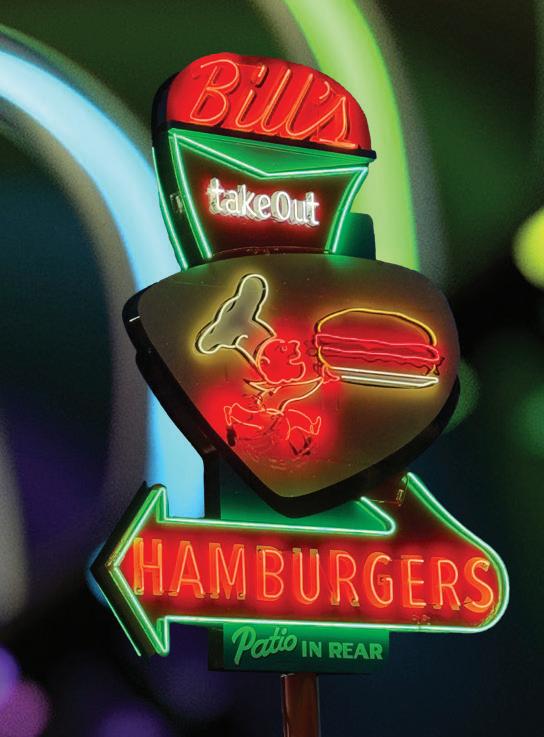



In 2022, Matthew “Masochist” Hengst made a record time of finishing the trail in 29 days, but Jerlow recently beat that by eight days.
Jerlow is a project manager for the Los Padres Forest Association, a nonprofit that works alongside the U.S. Forest Service to help maintain recreation areas in the national forest, so he already knew the trail
good year,” he said, laughing. “And then, of course, it rained almost the whole time I was doing it. It didn’t rain at all in February, and then just the whole month though, March we got a bunch of rain.”
He also knew much of the route wouldn’t be maintained and that the brush would likely be feet tall. This meant that he would spend a lot of time crawling and even digging his way through bushes just to remain on course.
“I think just being prepared for that mentally and knowing that you’re not just going for a hike, that you’re going to be … falling down some hills and going through just an egregious amount of poison oak,” he said. “Hiking is not the hard part.”
On his biggest day, Jerlow hiked 33 miles, and he only spent one night in town (downtown San Luis Obispo) during his entire 21 days—needing a chance to let his gear dry amid night after night of rain.
“I had my third day in a row where the humidity was too high and/or it was raining, so I couldn’t ever dry my gear out. And so you’re inside of your tent getting really wet from condensation, even if it’s not actively raining. If you can’t dry that out each day you continue to get wet,” he said. “And your sleeping bag starts to get wetter and wetter, and at some point, it stops insulating.”
After a night of receiving 2.2 inches of rain, he booked it into the city for some shelter.
“I actually called an Uber to pick me up at like 9 p.m. in the dark on Cuesta Grade, going through the mud and rain all day,” he said. “The Uber was there in five minutes, and he looked a little concerned, but he popped open the trunk and let me put my stuff in there covered in mud. He’s like, ‘Can’t say I’ve ever done this before.’ I said, ‘I wouldn’t expect you to have done this before, but thank you for stopping.’”
On average, Jerlow hiked 20 miles per day and said his body held up surprisingly well, except for his feet, which blistered thanks to endless moisture from river crossings and rainy nights.
well. Based on the weather patterns last winter, he thought that March 2025 was his time to complete it.
“Because we had two wet winters in a row followed by a dry winter … I was like, all right, it’s going to be a
“My feet just never dried out. So I did get terrible blisters the entire time. Like, I’ve never gotten blisters, I don’t get blisters,” he said. “I had my feet just taped up with KT tape, CONDOR TRAIL continued page 36
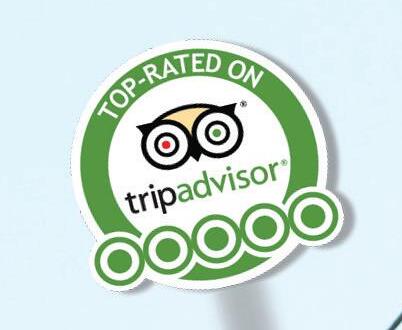




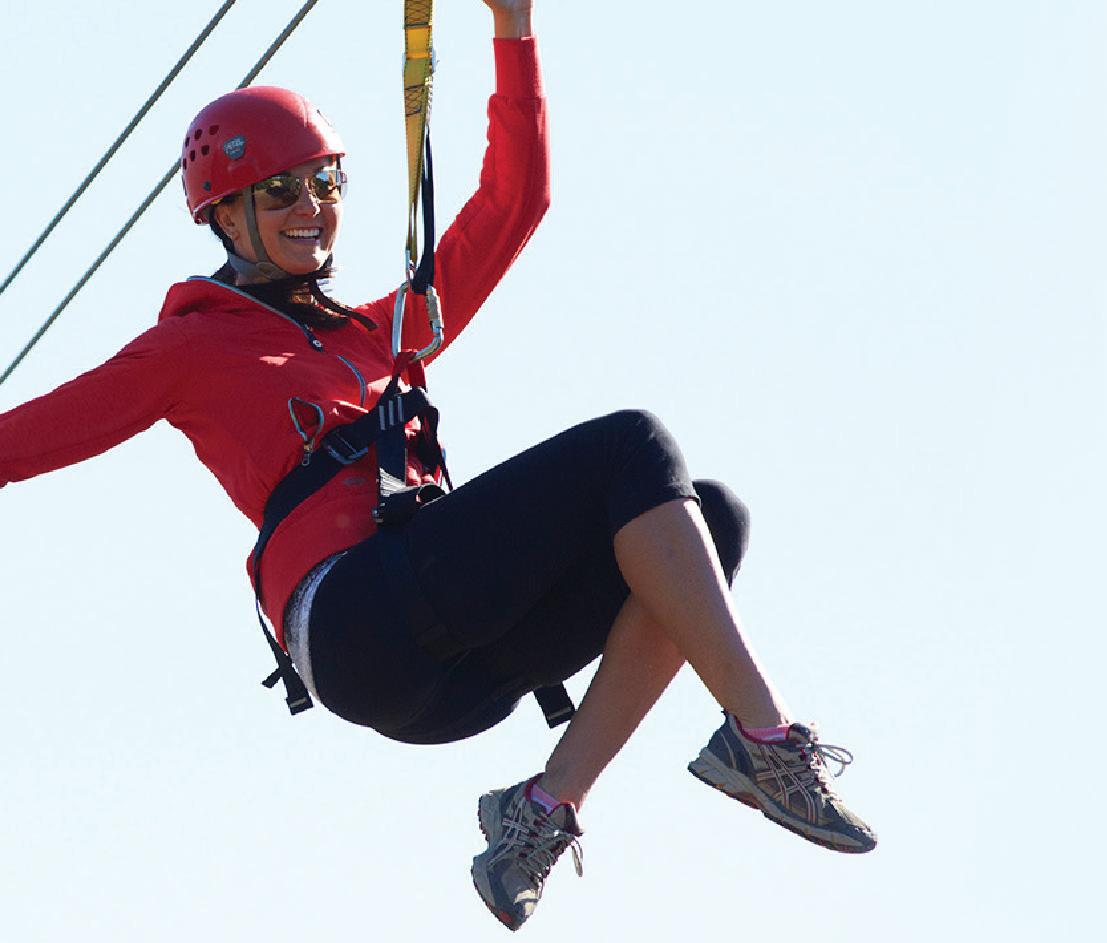































































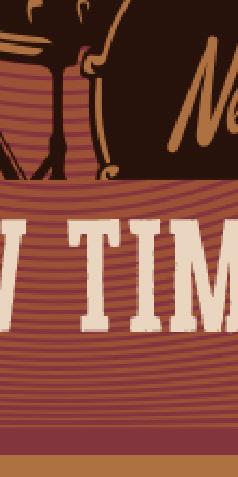







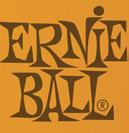














so nothing rubs. Like, my whole foot was just a piece of tape on both feet, which is also really tough to keep on when they’re wet. … But I think when your feet are that wet, your callouses you’ve been building up for however long, they’re just soup now.”
What Jerlow said he could always rely on each day of the trail was a red-tailed hawk, which he called his spirit animal.
“Every day. It was a different one, but every day, at some point, a red-
tailed hawk would circle above me and caw,” he said, “Which was kind of cool, because I didn’t see a lot of animals in the early season.”
His biggest realization while being solitary among nature he said was the need for trail restoration.
“This is a great hike. It would be the best hike in the whole world if you weren’t crawling for a lot of it,” he said. “I was less excited to go hiking again afterward, and more excited to go do trail work and find ways to get more trail work done because it’s just so needed in this forest. There’s just
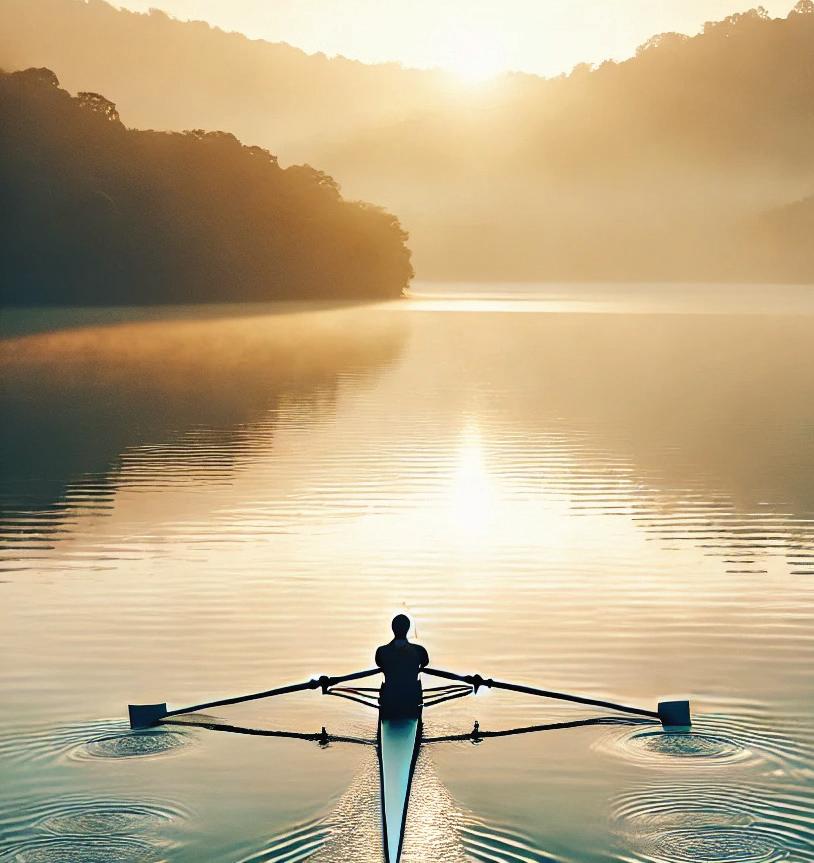


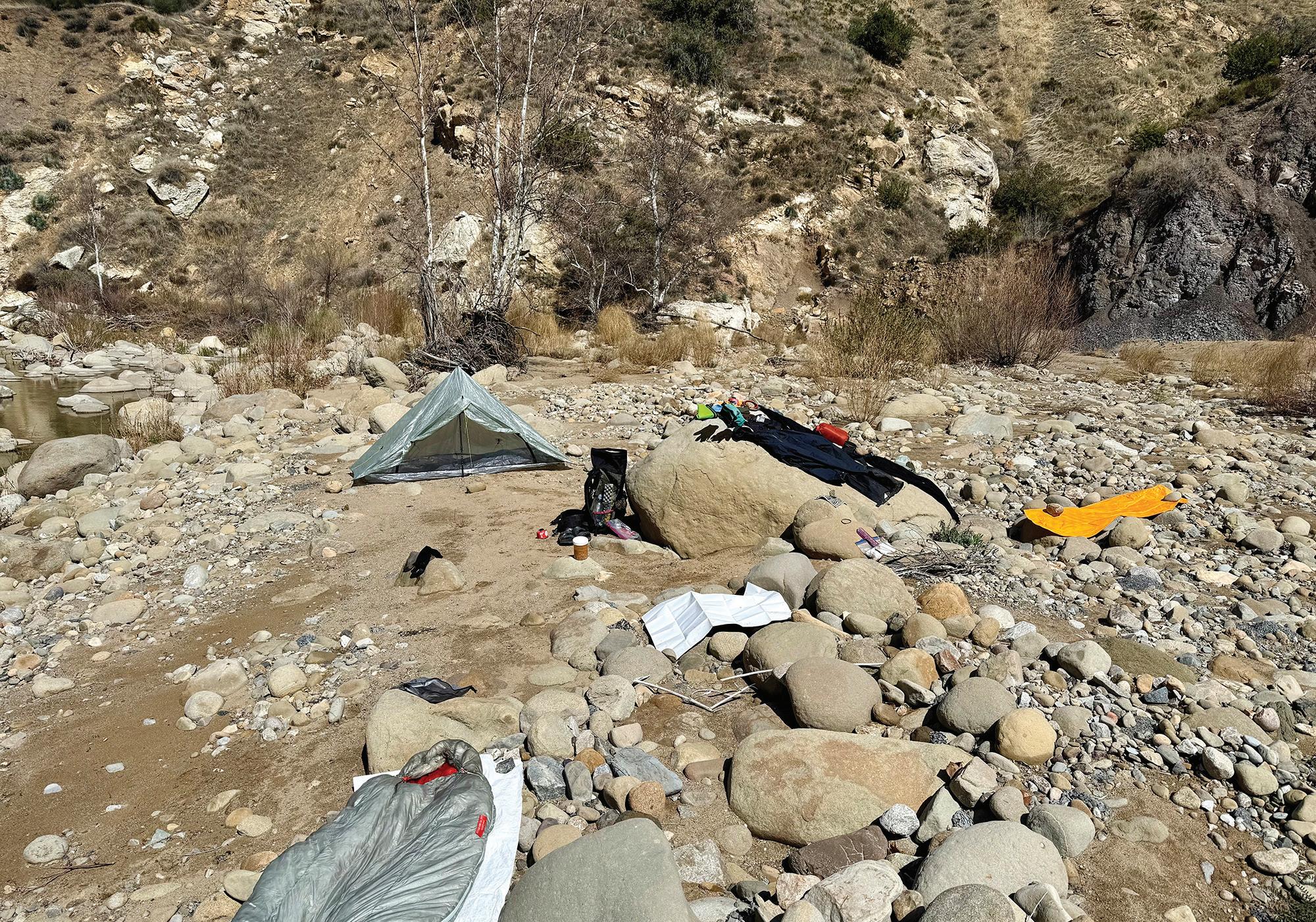
so many trails that are so overgrown because of deferred maintenance for years and years, and we have got to get them open.”
For anyone interested in completing the Condor Trail, or even hiking portions of it, Jerlow recommended reading The Condor Trail Guidebook by Brian Sarvis, a mile-by-mile guide that offers tips on good places along the trail to store food and provides recent maps and trail conditions.
“I think that you should do some shorter two-to-three-night trips in
the Los Padres to kind of get used to the terrain you’re going to be in and the amount of brush that you’re going to be dealing with every day,” Jerlow said. “You can go to all these different camps and stuff, and so kind of fi gure out the speed you want to do it, and then really focus on your logistics for caching your food, how much food you’re going to need, which towns you’re going to go into. Hopefully you have some friends nearby. If not, how you are going to deal with getting into town or getting yourself food.”







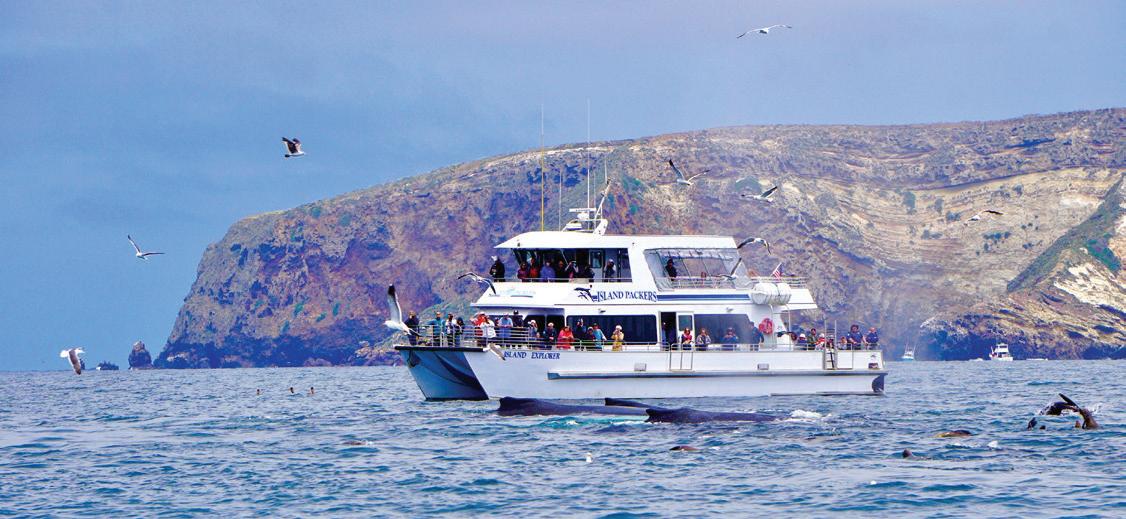


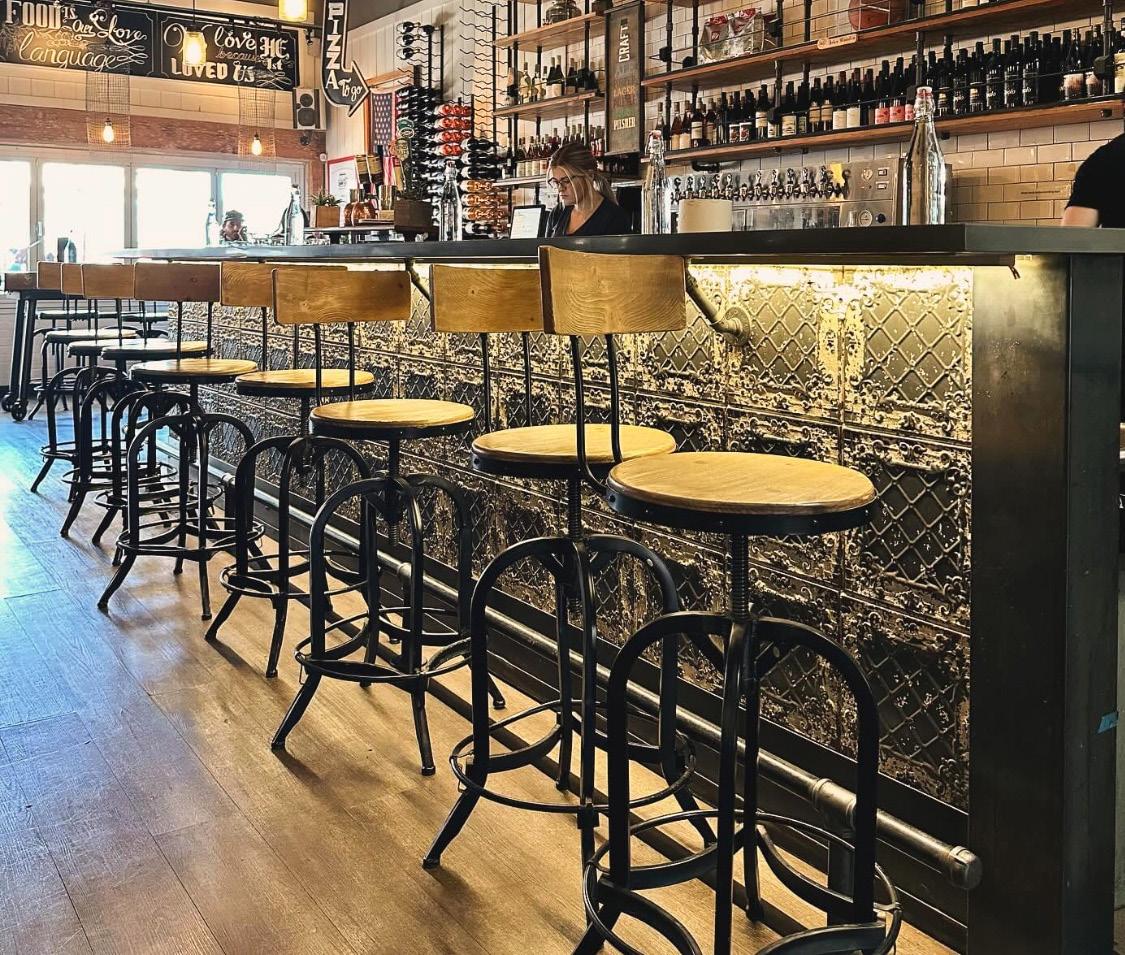
In the heart of charming Old Town Orcutt, and winner of “Best Pizza” in Northern Santa Barbara County six years in a row, Pizzeria Bello Forno is a local favorite and known for much more than creative and exceptional pizzas!
Enjoy house-made appetizers, salads, pastas, desserts, plus local and imported wine and beer.
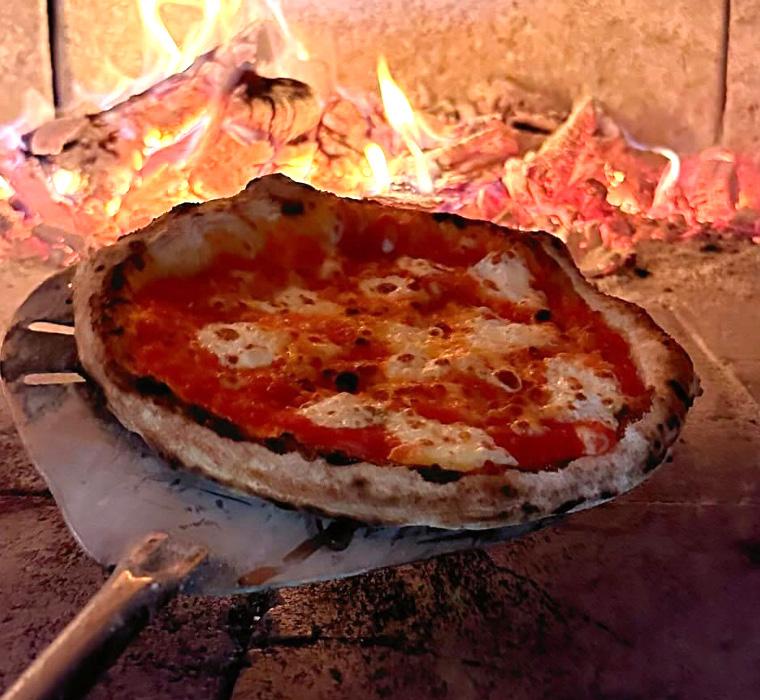
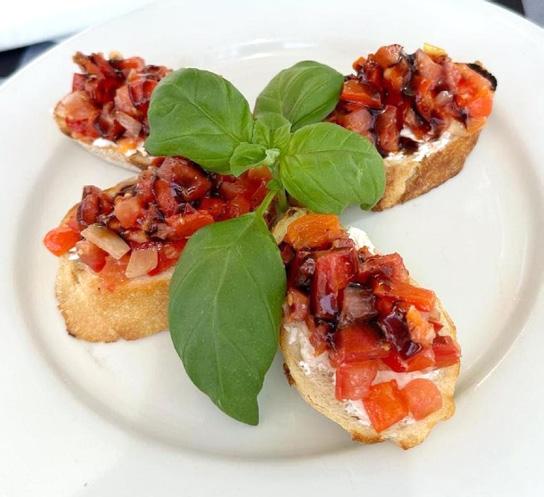
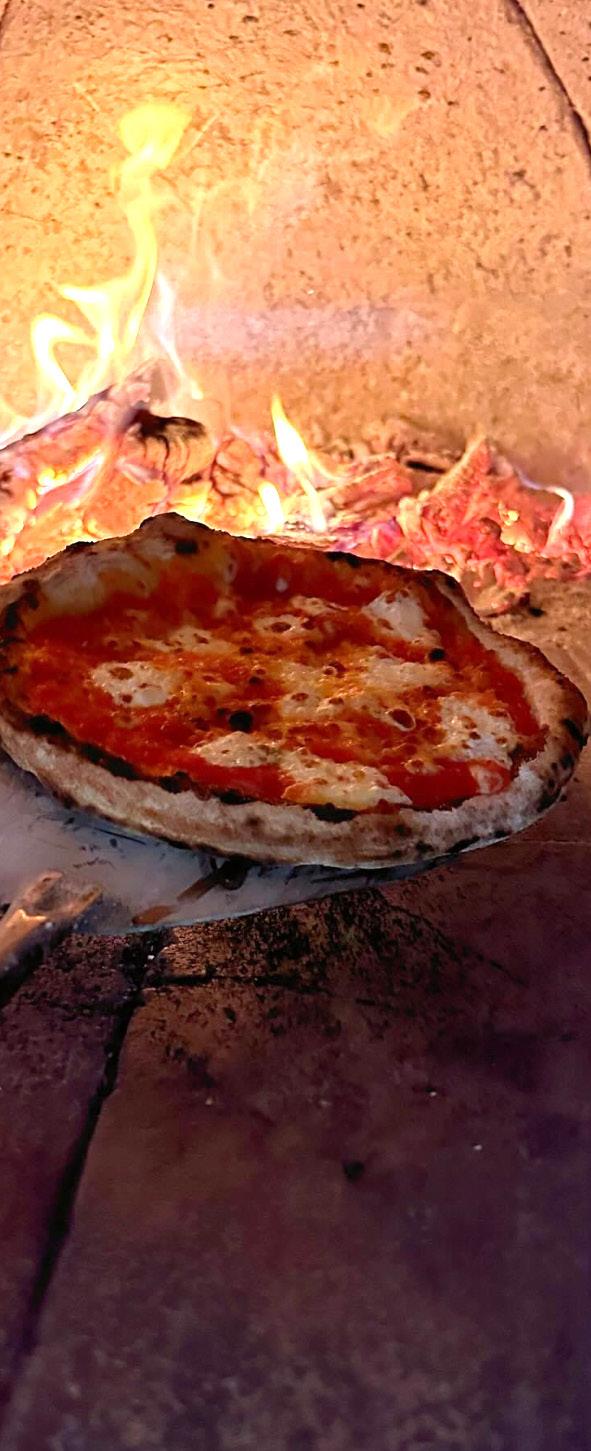

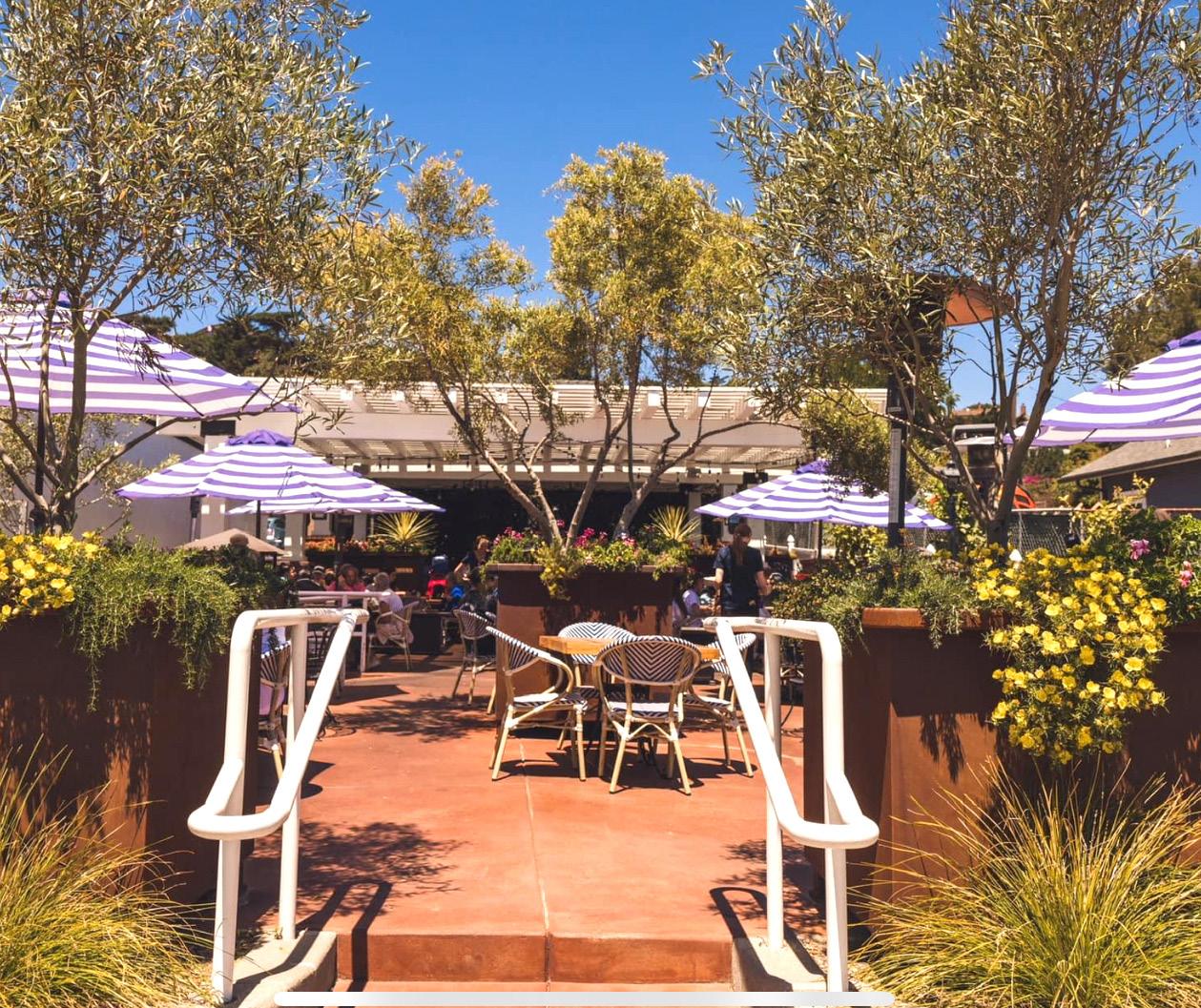
Located in the quaint Village of Arroyo Grande, Branch Street Deli and Pizzeria features a revamped menu and fresh remodel. Dine in one of the most beautiful al fresco patios on the Central Coast, and enjoy an array of sandwiches, salads, wood-fired pizzas and more, plus local and imported wine and beer. Live, “easy listening” music on the weekends.
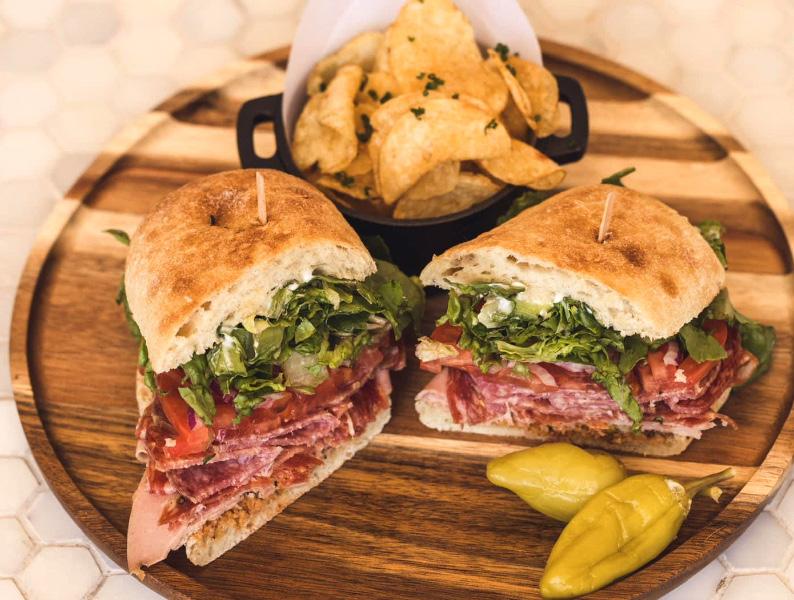





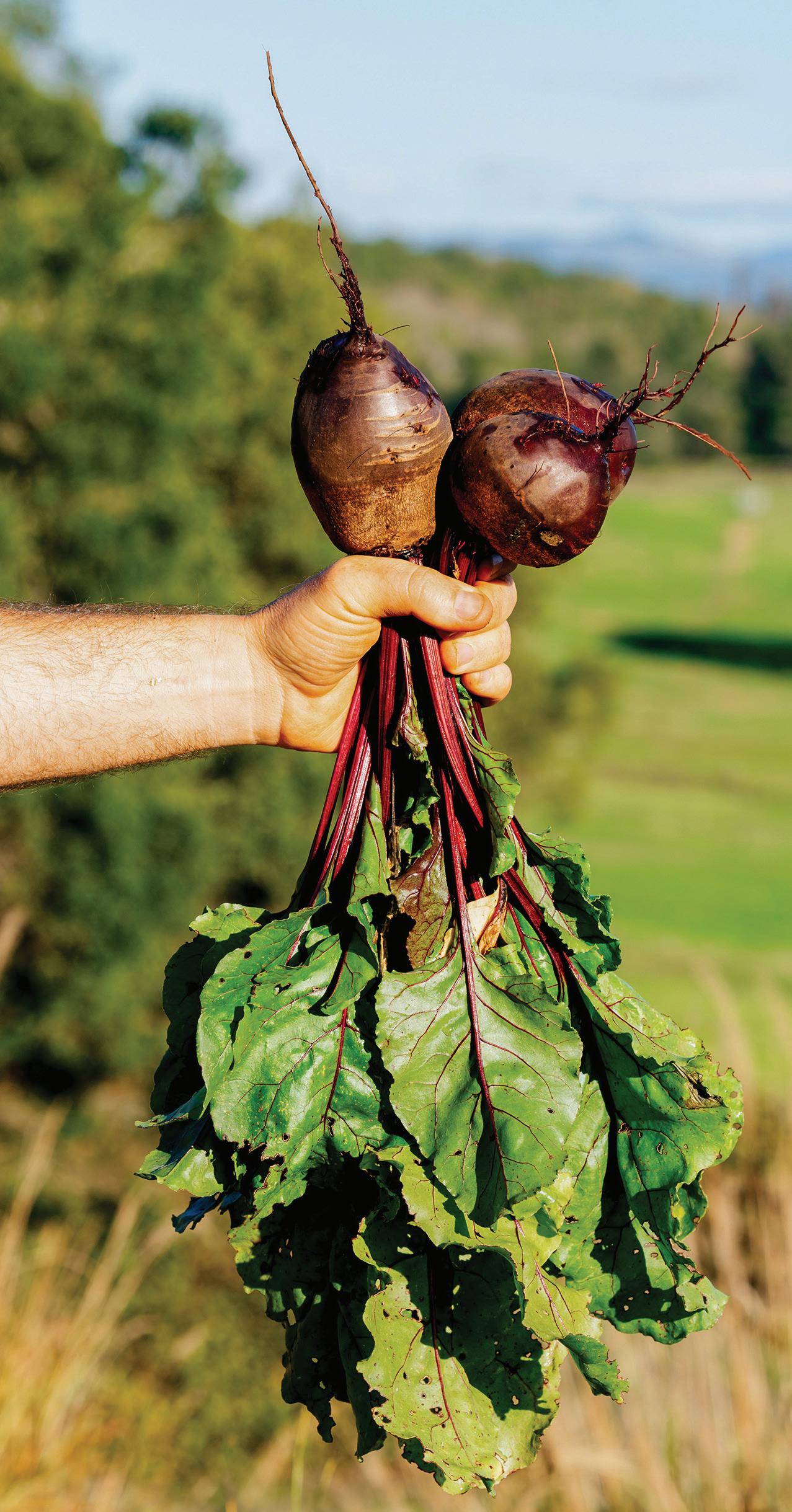
BY BULBUL RAJAGOPAL



Cal Poly’s Initiative for Climate Leadership and Resilience is on a mission to bring a program that supports regenerative agriculture to San Luis Obispo County.
Called Zero Foodprint, the California-based nonprofit aims to help restaurants reduce their climate impacts by focusing on the root source— changing the way food itself is grown.
Erin Pearse, the Cal Poly initiative’s director, said he came across Zero Foodprint when it was known as Restore California. He remembered thinking it was a natural and easy solution.
“We’re in such an agricultural region,” he said. “Farm-to-table is such a big thing here. There’s a lot of very climate progressive people that value sustainability.”
Establishing a partnership between Zero Foodprint and Cal Poly could generate more than $100,000 each year to fund the Cal Poly Ranches Carbon Farm plan. The plan looks for different farm practices that can decrease the production of greenhouse gases and increase the rate at which the farm supports the photosynthetically driven transfer of carbon dioxide from the atmosphere to plants and soil.
Together with the Carbon Cycle Institute and the Resource Conservation District of Santa Cruz County, Cal Poly hopes to carry out the carbon farm plan on its Swanton Pacific Ranch outside Davenport.
“Finding federal funding to continue the testing is going to be a big challenge, because the federal funding landscape is in such turmoil
right now, but … Zero Foodprint would provide a way to potentially keep that going,” Pearse said.
The initiative began pursuing Zero Foodprint for Cal Poly in March. According to its Strategic Initiatives Coordinator Kalea Conrad, the plan is to create a partnership with Cal Poly Dining or even a local restaurant or business. Customers would then get the option to contribute an extra 1 percent as a micro donation.
Zero Foodprint would directly collect that money and allocate it to farmers who apply for its Restore Grant. Farmers and ranchers stand to receive up to $25,000 to implement climate-smart practices—compost application, cover-cropping, crop rotation, no- or low-till rotational grazing—that isolate carbon.
“I think some people might be hesitant, because it places the onus on the individual to act. They might ask, ‘Why can’t Cal Poly just directly contribute to the Restore Grant fund?’” Conrad said. “There are so many benefits to supporting agriculture, and as consumers, we’re typically pretty disconnected from agriculture, but we rely very intimately on it and the health of our soil.”
Conrad has been advocating for the partnership through presentations in Cal Poly’s lecture halls and at club meetings. She and Pearse also presented a survey signed by more than 1,400 students in favor of the partnership at the Cal Poly partners board meeting in April. The board connected them with the Commercialization Services team, which is
ZERO FOOTPRINT continued page 40








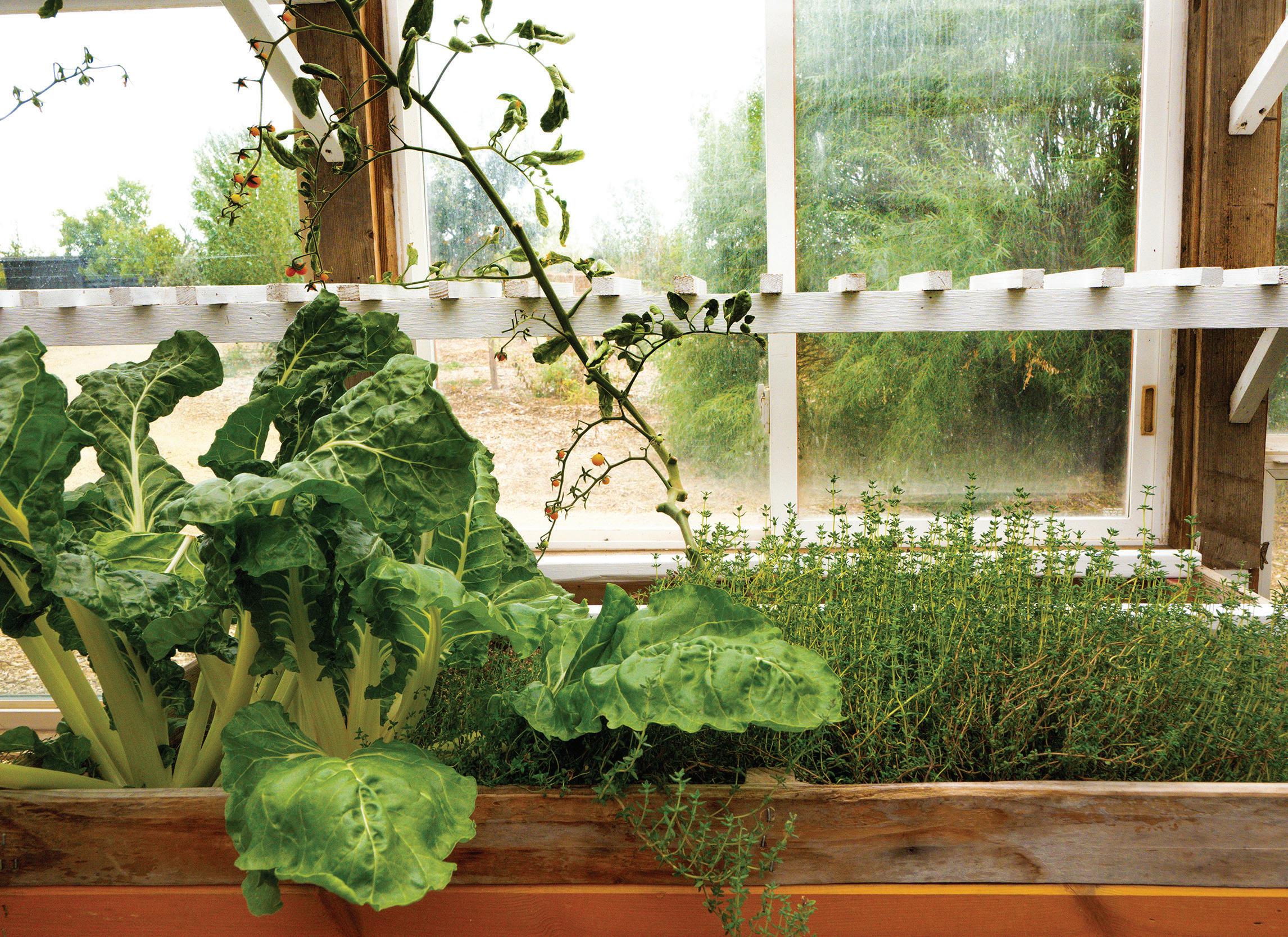
working on building “internal support,” according to Pearse.
If Cal Poly does make an institutional commitment to partner with Zero Foodprint, Pearse envisions setting up a commission to help achieve goals like contributing to the Restore Grant and implementing the carbon farm plan.
The commission could be made up of staff, faculty, and students from Cal Poly, a Zero Foodprint
representative, and an external member like someone from a resource conservation district, according to Pearse.
“We could work, for instance, with farms in our supply chain,” he said. “So, the folks in the Central Valley that are growing the tomatoes that our food services buy, they could be prioritized for funding if they’re working on regenerative ag.”
He has other ideas in mind, too, like putting Senate Bill 1383 to good use with the help of Zero
Foodprint for Cal Poly. Also known as the Short-Lived Climate Pollutant Reduction Act, the bill requires cities, counties, and large-scale organizations to purchase a certain amount of compost and mulch each year to help set up a market for the diversion of organic waste.
“That’s the thing that Zero Foodprint can work with,” Pearse said. “Cal Poly, for example, would be able to take those SB 1383 credits for all of the compost that they are putting toward whatever projects they have lined up that involve compost. That takes a burden off of them.”
Other universities across the country are eyeing Zero Foodprint collaborations to advance the cause of local climate-smart agriculture. Pearse hopes Cal Poly would be the fi rst to do so, earning innovation credit in the process.
Volunteers looking to help the initiative with
the Zero Foodprint collaboration can email Conrad at khconrad@ calpoly.edu or Zero Foodprint’s Outreach Coordinator Aline Kubiak at alineamento@gmail.com.
“If we can get this Zero Foodprint program really humming in our area, then the resource conservation districts can take over the job of figuring out which farms have the highest priority as far as impact and which ones should be prioritized for grant funding,” Pearse said. “Then, basically they will be directing the stream of money.”


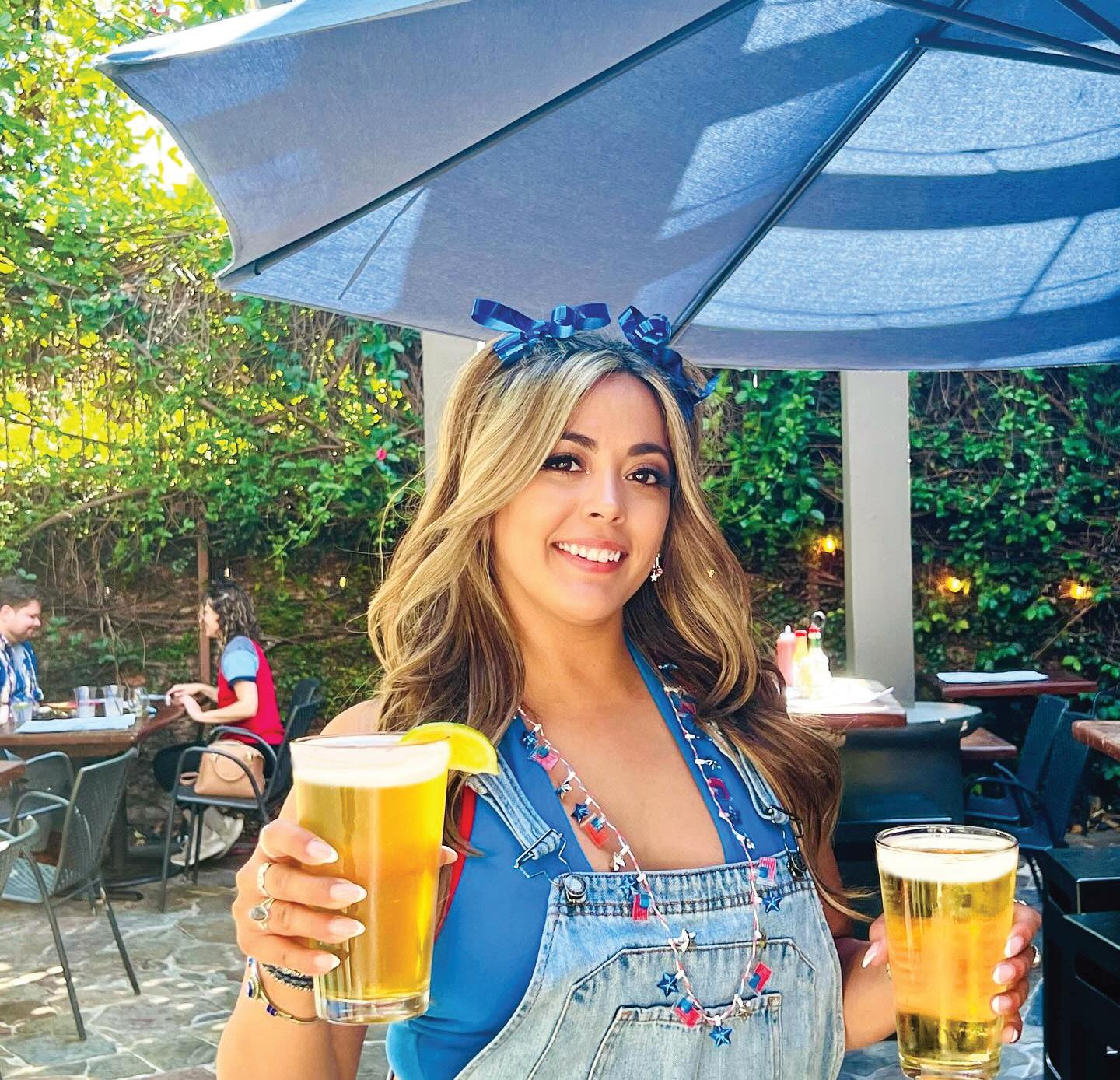



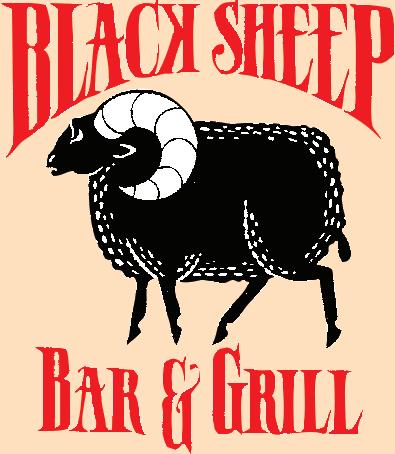






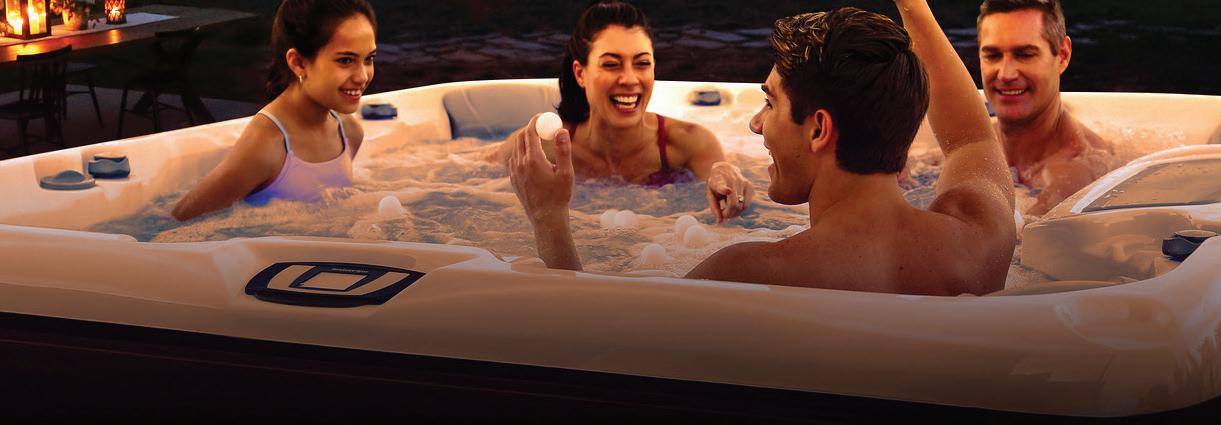




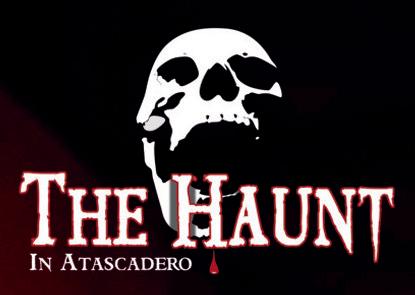



Fish

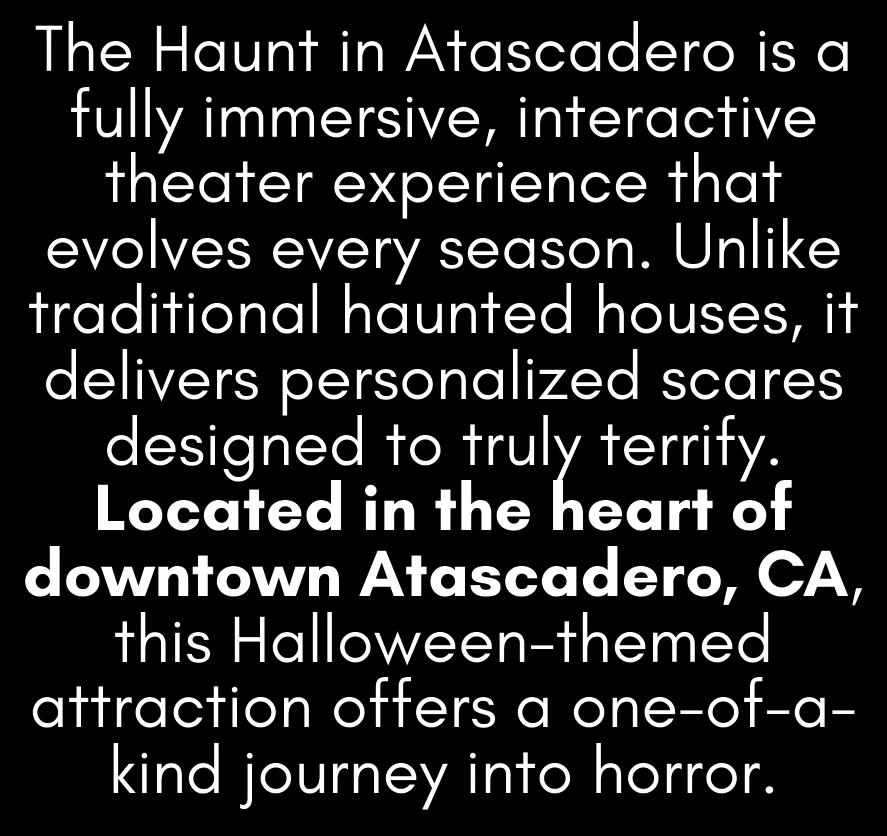



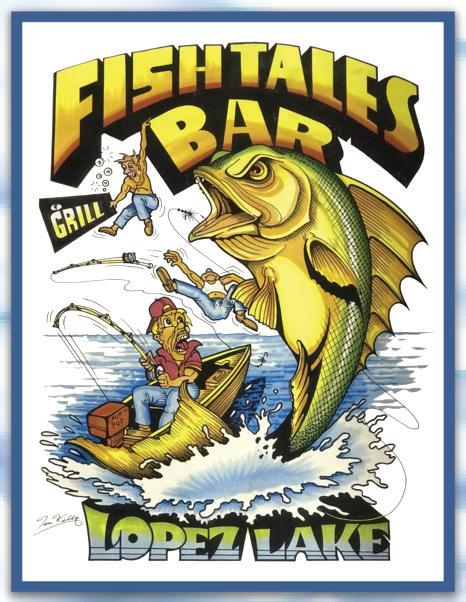
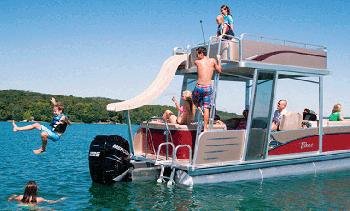
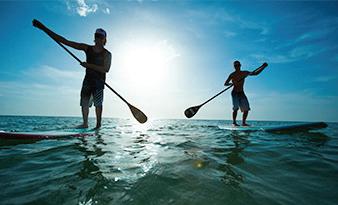
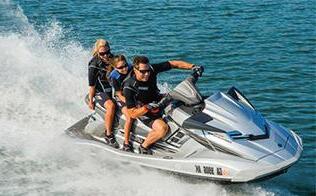

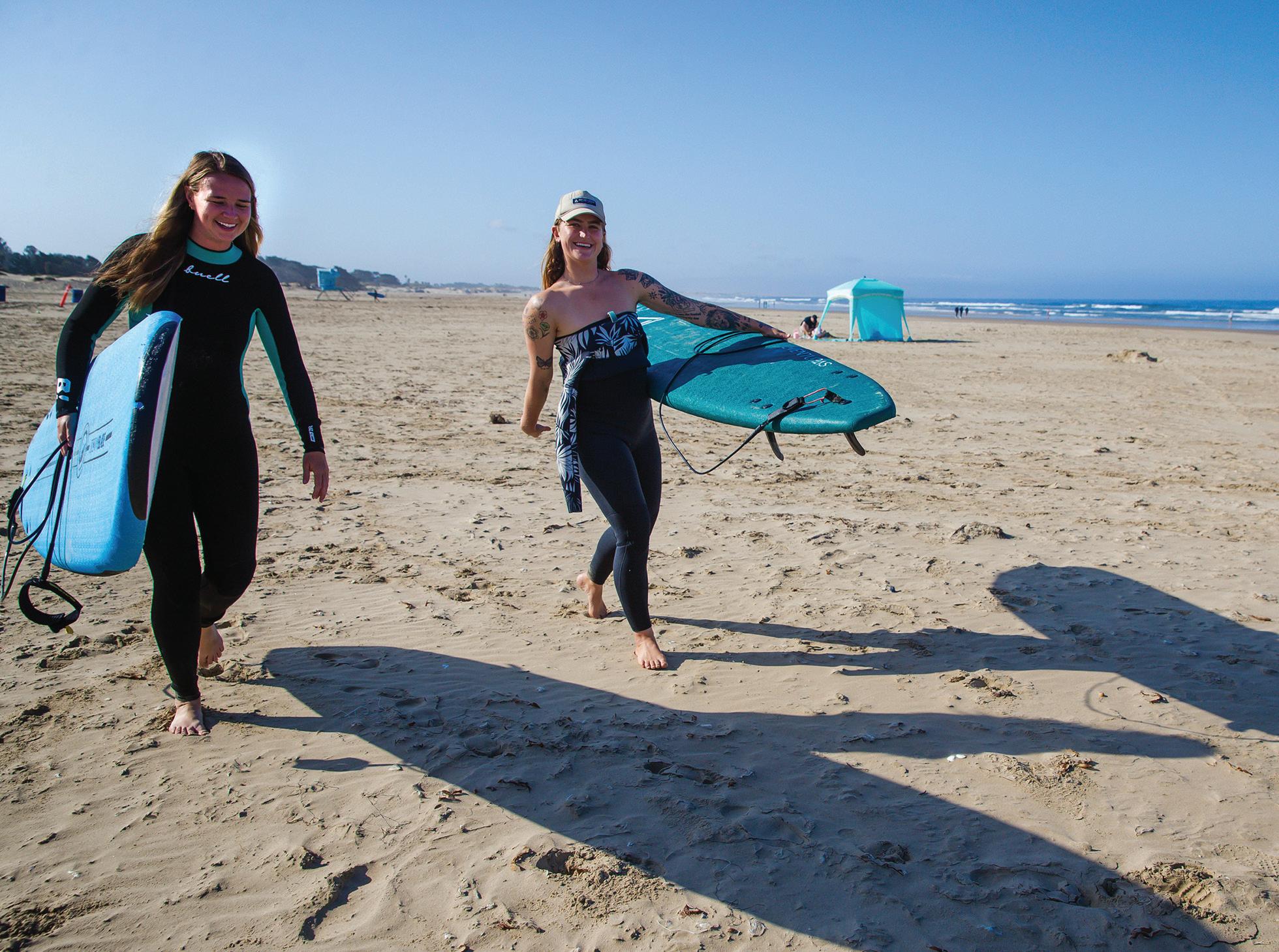

BY LIBBEY HANSON
Ican officially say I have been humbled by the ocean, and nearly every part of my body can vouch for me. But I can also say that every ache, pain, and amount of water up my nose was one hell of an exciting experience.
Since moving to San Luis Obispo from Salt Lake City, I have wanted to explore a territory I never had before. Sure, I’ve hiked 13,000-foot peaks and skied in some of the world’s best snow, but never have I really spent any time in the ocean.
If I could be brave enough to encounter a bear on the trail or ski a black diamond run, why couldn’t I try of surfi ng?
I called up Sandbar Surf School, a company with great reviews that promises to teach you the basics of surfi ng with qualified instructors. I spoke on the phone with Jonny, the shop owner, who immediately scheduled me for a one-on-one lesson at Pismo Beach.
Jonny’s level of stoke made me all the
SURFING continued page 44
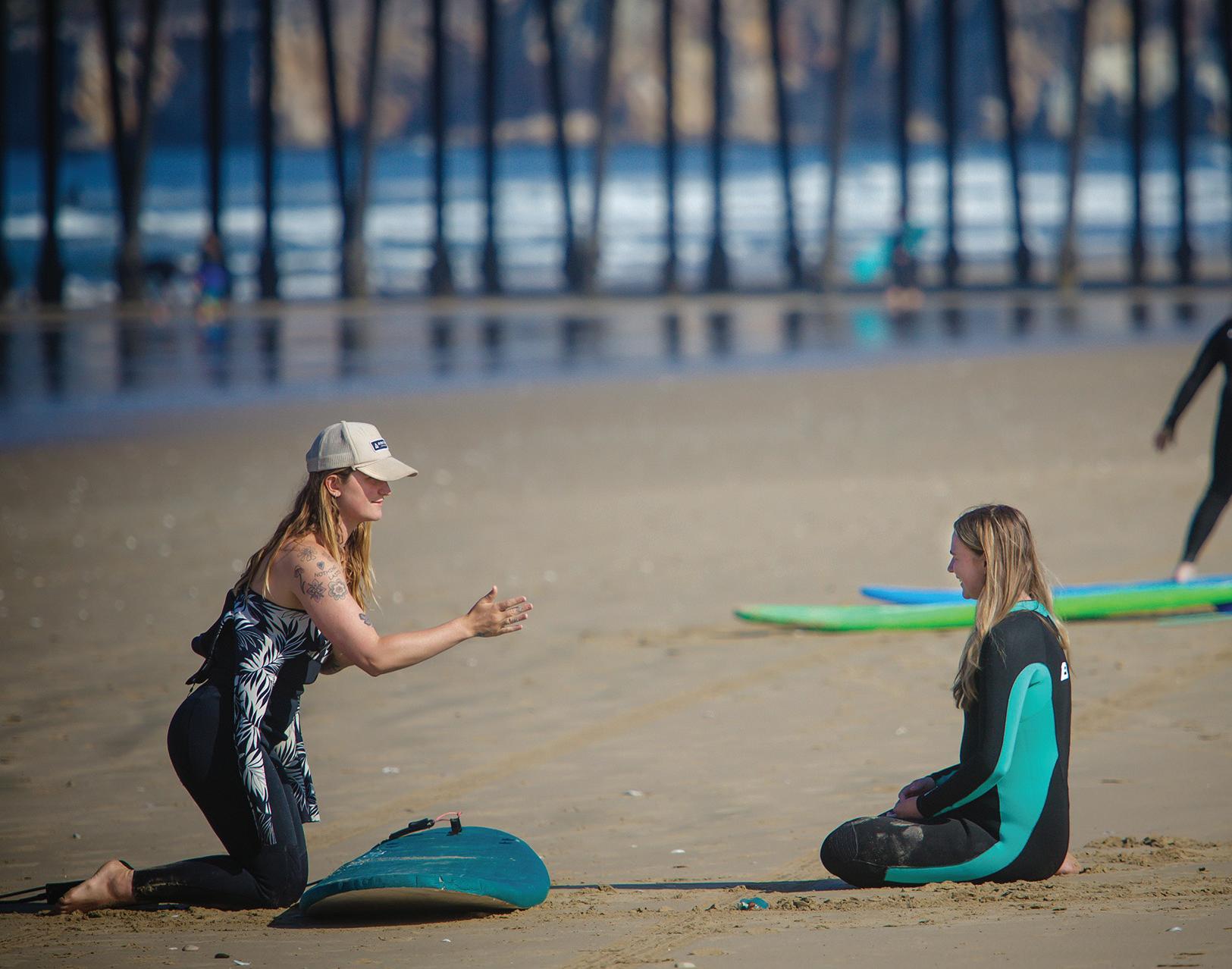



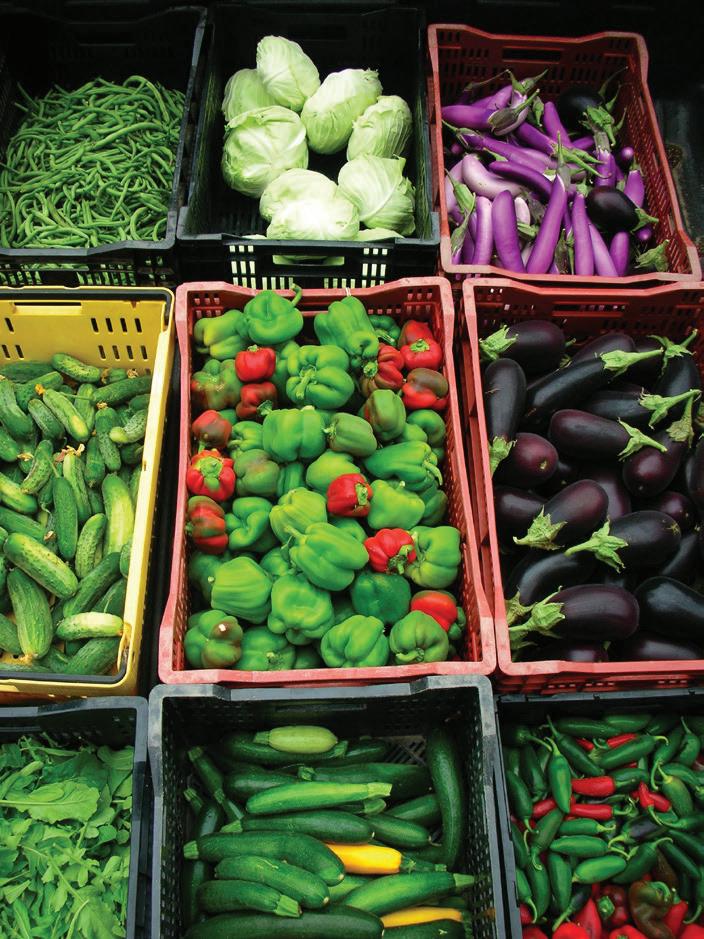




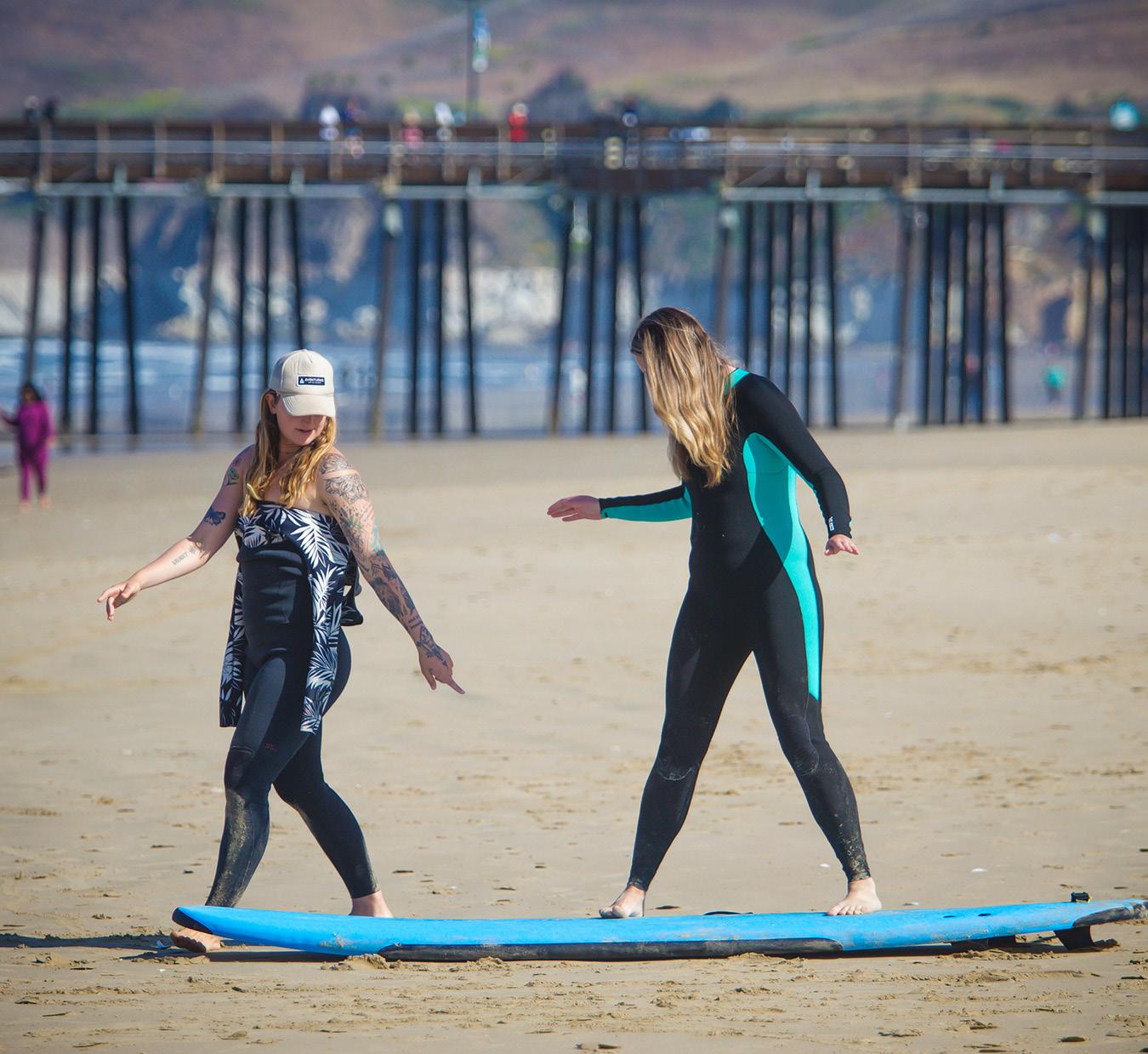
BY
more stoked. He told me they’d have my wetsuit and board ready for me by 8 a.m. so we could be out in the water to catch those beautiful morning waves.
“We hope you get hooked on our sport as much as we are,” Jonny said.
That Sunday I woke up nervous. I asked myself, “What have you gotten yourself into? You can hardly swim without plugging your nose.”
I put on my comfiest swimsuit and sweatpants like Jonny suggested and started toward Pismo Beach.
My greatest fear wasn’t the
surfing itself, being swept to sea, or even the possibility of seeing a shark—I was genuinely dreading the cold water.
“Maybe I should just fake being sick,” I told myself as I kept driving.
I parked in a lot near Addie Street and found Sandbar Surf School’s van. One of the instructors was helping a child get in a wetsuit.
“This child is totally going to show me up,” I thought to myself.
The instructor handed me a wetsuit and surfboard and I stripped down and shimmied into the wetsuit.
Ready to go, I looked up and saw surf instructor Mollie walking toward me with a big smile.
Mollie said she has surfed for about eight years and had some experience snowboarding in Colorado too. I knew I’d be in good hands.
We grabbed our boards and headed to the beach where Mollie led me in some stretches (no pulled hammies for us) and taught me the parts of the surfboard: nose, rails, deck, fins, leash. Then she had me lie belly down on the board. Ensuring my toes hung off the end of the board, she told me that this is how I’d lie when preparing to start paddling for a wave.
“Paddle, paddle, paddle!” she said as I practiced my scoops in the sand.
Once you’ve caught the wave,

you move your hands on the board right next to your chest, you curl your toes on the board, and you push up into a plank— easy enough. But what’s tricky is getting yourself to stand up from there. In plank you move your back foot up a step in an angled position. For me, this was my left foot. Then, you swing your hip around to get your right foot to the middle of the board so that both feet are balanced.
“Now you’re ready to surf,” Mollie said as she walked me out to the water.
“Wait, what?” I said.
Remember, I said I was terrified of the cold water? Wearing that wetsuit, I had no idea where my body ended, and the water began. Pure magic—or maybe it was the nerves.
We got to about waist deep water where Mollie held the board steady as I positioned myself belly down and got ready to paddle. When I caught that first wave on my belly, there was nothing like it—I was weightless.
My next try, Mollie said to practice standing up. That’s where things went far from graceful. Wave after wave I tried to stand up, but really just nose-dived, flipped, and fell. It felt so foreign, yet oddly fun, and I hardly felt nervous anymore. Despite my body becoming 80 percent sea water, with water up my nose and in my mouth and ears, I was becoming stoked.
After about an hour in the water, my session was up, and I was tuckered out. My muscles

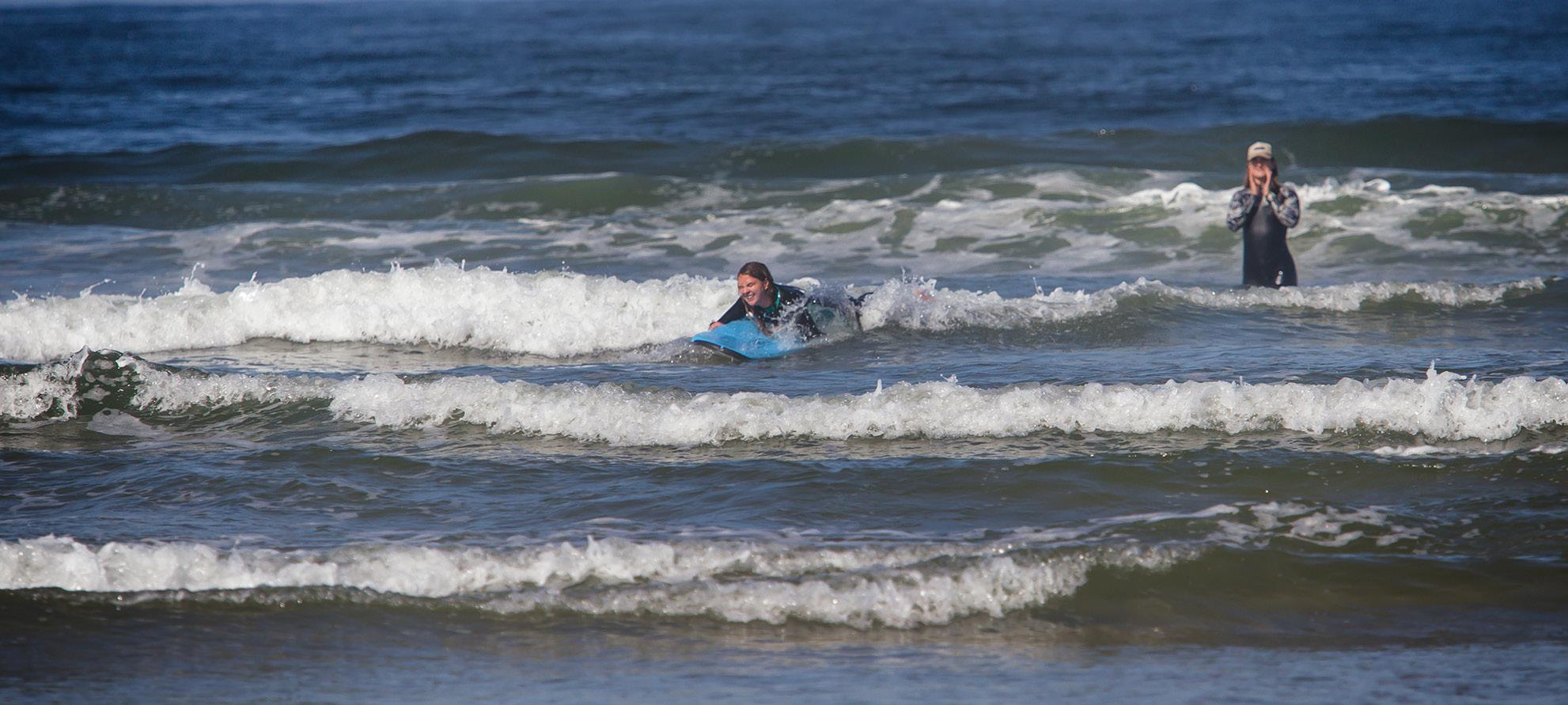
were exhausted, and my nose just ran with salt water. But I was absolutely thrilled.
Not only did I find a continuing friendship with my instructor, Mollie, but I feel like that morning ignited something in me that I haven’t felt in a long time. I felt challenged
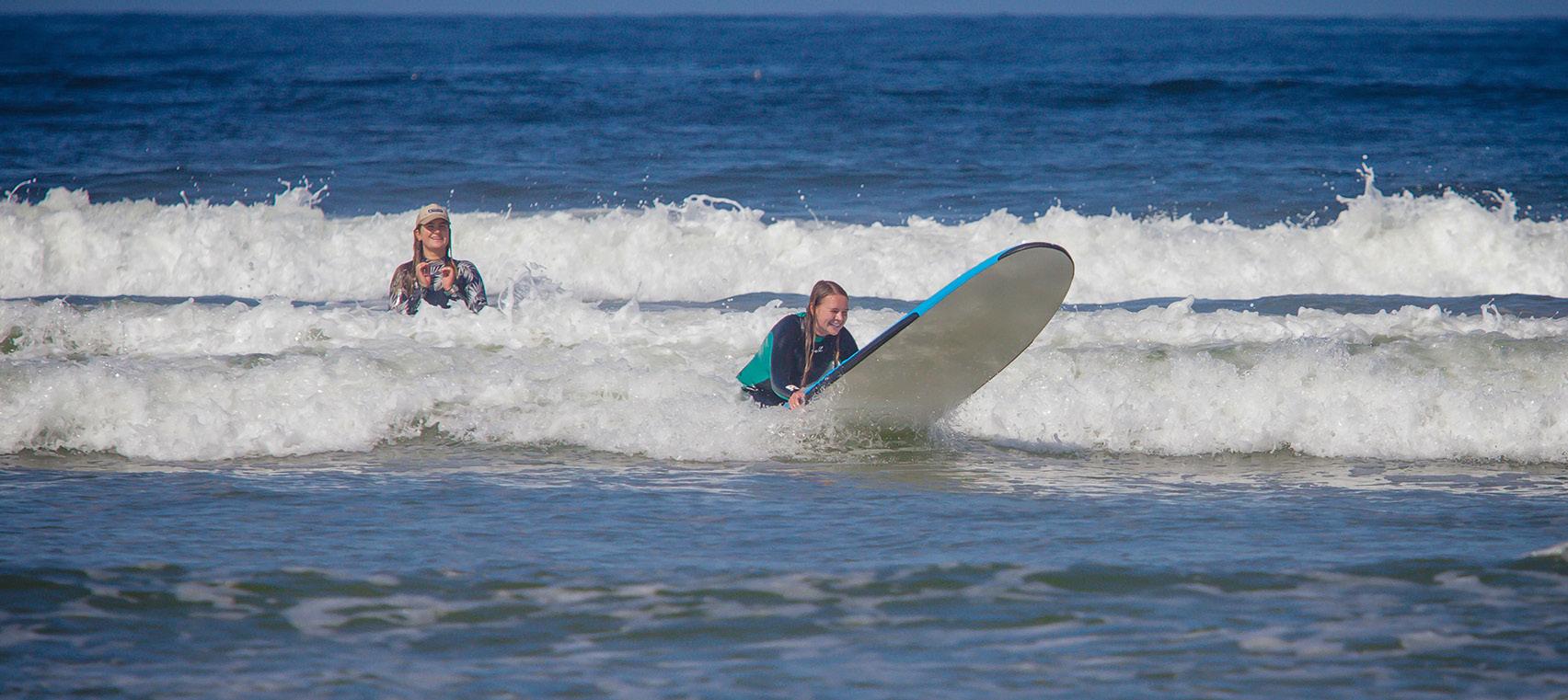
both mentally and physically, as well as connected with something so much bigger than myself.
So, if you’re ever at the coast and see a surfer absolutely face plant it every try, that’s me. Please come say hi.



















BY GLEN STARKEY

You’re driving in the country after a daylong fishing trip when the unthinkable happens: Your car sputters out, you have no cell service, and it’s getting dark. It’s at least a twoday walk to civilization, and you haven’t seen another car or person all day. The fish weren’t biting, and you ate your lunch hours ago and have nothing except a halffull water bottle.
Then you remember the survival kit you bought online a few weeks ago and threw into the back of your car: 250 pieces, made in China, and purchased for $46.75 including tax. The question is simple: Does it contain what you need to survive until you walk out or are rescued?
Designed to attached to other
MOLLE (modular lightweight load-carrying equipment) gear, the little black bag—measuring just 6-by-6.5-by-8 inches—seems impossibly small to contain much of any practical use.
You open it and immediately see a first aid kit. More on that later. You also see two packages of 100 Q-tips each. Sheesh! Is that 200 of the set’s 250 pieces?
As far as protection from the elements, there’s a very thin plastic poncho, a waterproof phone pouch, an emergency shelter consisting of silver plastic tube tent and some paracord and directions to string the cord between two trees to create an A-frame and use “rocks or gear to
SURVIVAL continued page 48




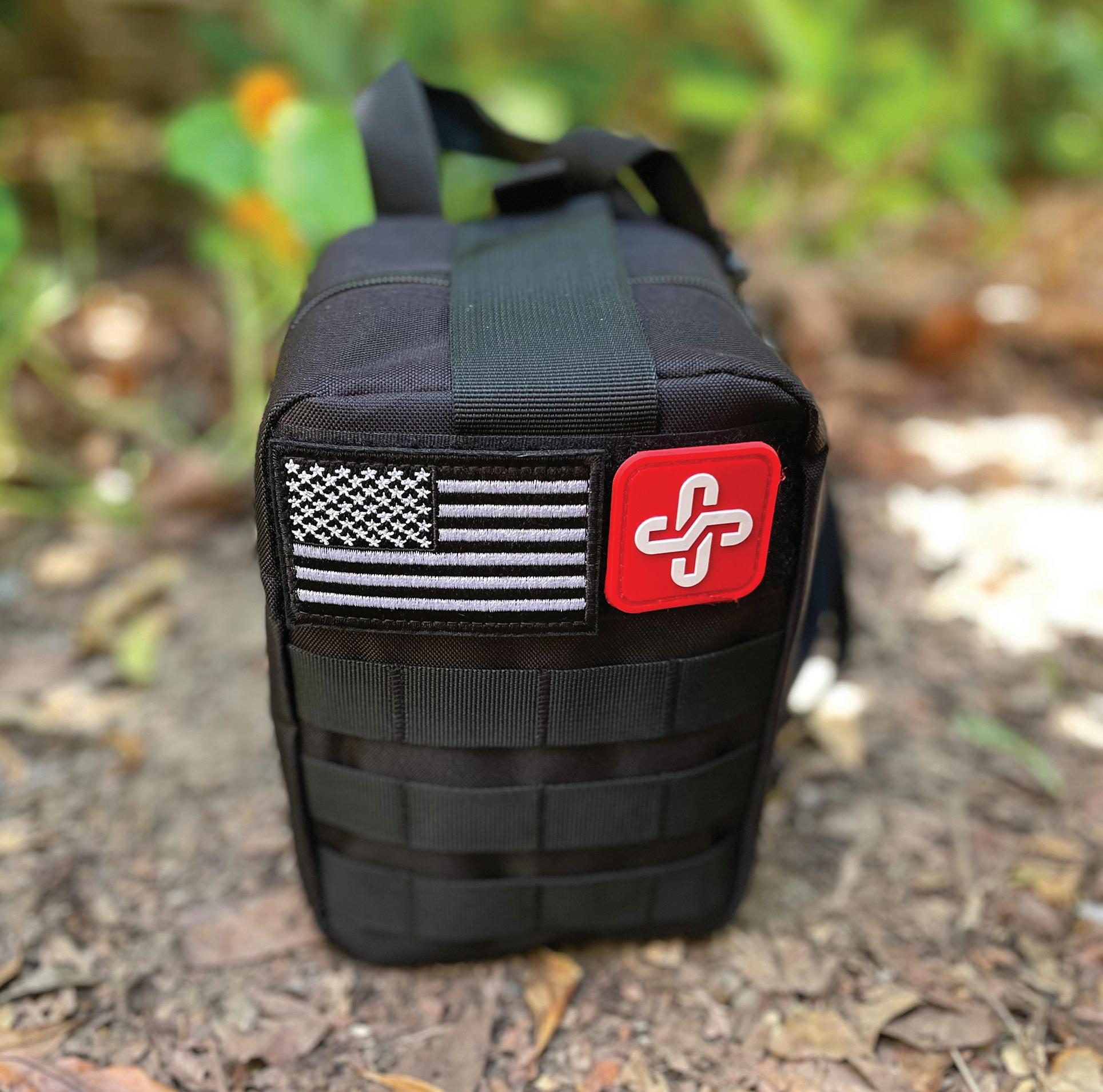












Playing outdoors is important to the healthy growth and development of children. Research shows that children who play outside regularly are healthier and stronger.
Taking play outside helps children connect with the natural world. It also improves coordination, encourages active imaginations and can help reverse childhood obesity rates. Starting a child’s appreciation of nature can begin early, with walks in a stroller. As the child grows, visit playgrounds and parks, or spend time exploring the backyard.
Unstructured outdoor play can be especially beneficial because it encourages social skills, too. Children create games, take turns, make decisions together and learn about sharing as part of unstructured play.
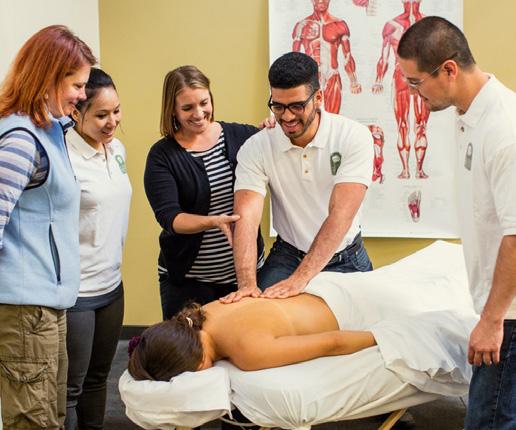



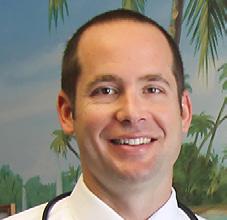
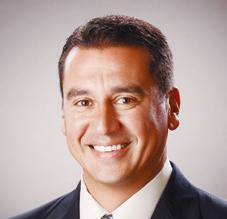

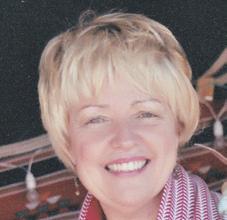
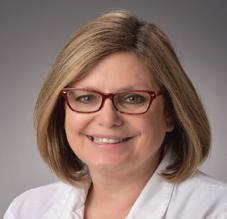

NAVIGATION The kit contained both an orienteering compass (that didn’t always function correctly) and a “Paracord Survival Bracelet” with a tiny compass and fire starter.
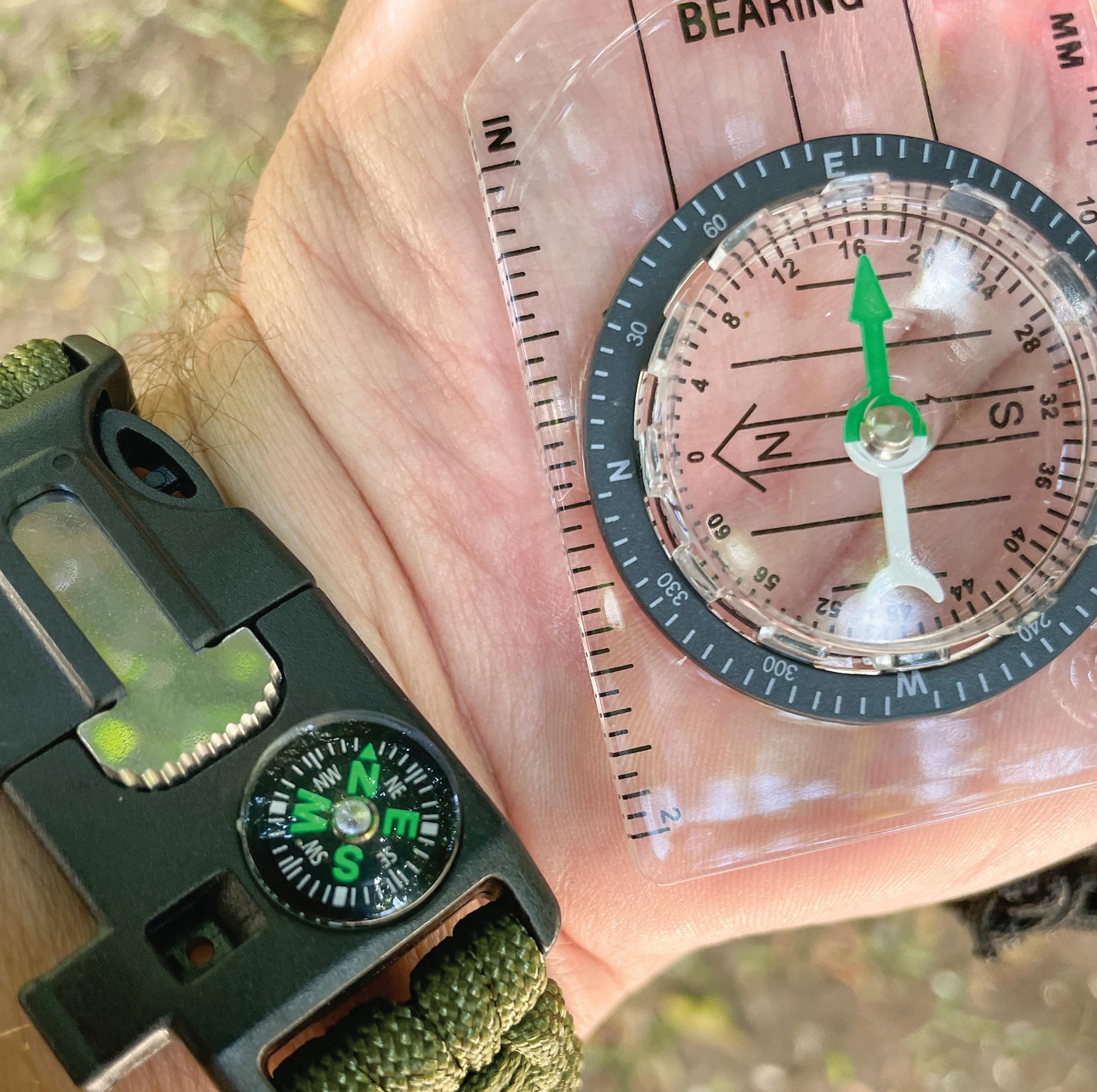
SURVIVAL from page 46
anchor the tent’s corners.” There’s also a silver emergency blanket.
It’s not glamping, but if you’re going to hike to safety, this stuff’s probably better than nothing. Most of it looks like it wouldn’t last a week outdoors.
There are two light devices: a flashlight and small camp light, neither of which had batteries. I needed four AAs.
There’s also a “Tactical Defense Pen” for “writing and selfdefense.” I’m not sure it’ll fight off a bear, but the pen has ink, so you can write your “goodbye cruel world” note if you can find a scrap of paper.
Now on to the heavy stuff. The biggest item is a folding shovel and pick. Again, it’s better than digging with your hands, but compared to the World War II-era folding shovel I inherited from my dad, it doesn’t feel especially sturdy.
The next biggest item is a “Multitool Axe” that has a small axe head, a hammer head, a plier function, and a handle that houses five folding blades: a knife, Phillips screwdriver, wood saw, hex wrench, and file and fish descaler. Why would you need a hammer or a screwdriver?
There’s also a folding pocketknife that’s quite sharp, but the blade doesn’t lock in place, so one wrong move could slice your hand open. I mean, there is the first aid kit, but still, knife wounds should be avoided.
A little “Wire Saw” has a ring at each end. I tried to saw a small branch with it, and it didn’t go well. It hurt
my fingers and was slow going. An 11-in-one “Saber Card” offers
more tools that probably aren’t needed in an emergency. A ruler? Why? In case you need to measure something under 2 inches long?
All told, among the various included multitools is a total of six separate bottle openers. Six! There’s even one on the shovel. Apparently, survival situations come stocked with cases of beer. So, what about that first aid kit?
The little red pouch inexplicably contains about 20 safety pins. There are two small rolls of PBT bandage (polyester bandage with cotton thread), a tiny roll of medical tape, a small pair of scissors, 20 alcohol pads, 20 povidone-iodine prep pads, some plastic tweezers, a couple nonwoven pads, and various bandages. Oh, and a length of rubber band to use as a tourniquet. If you get a minor cut or scrap, this will do. Anything more serious and the kit is essentially useless. There’s also a little cloth arm sling in another plastic bag.
TACTICAL SPORK?
Like many of the tools, the seven-in-one multiuse spoon has several functions: small fork tines, a fish descaler, a knife, and a knife sheath that doubles as a whistle.
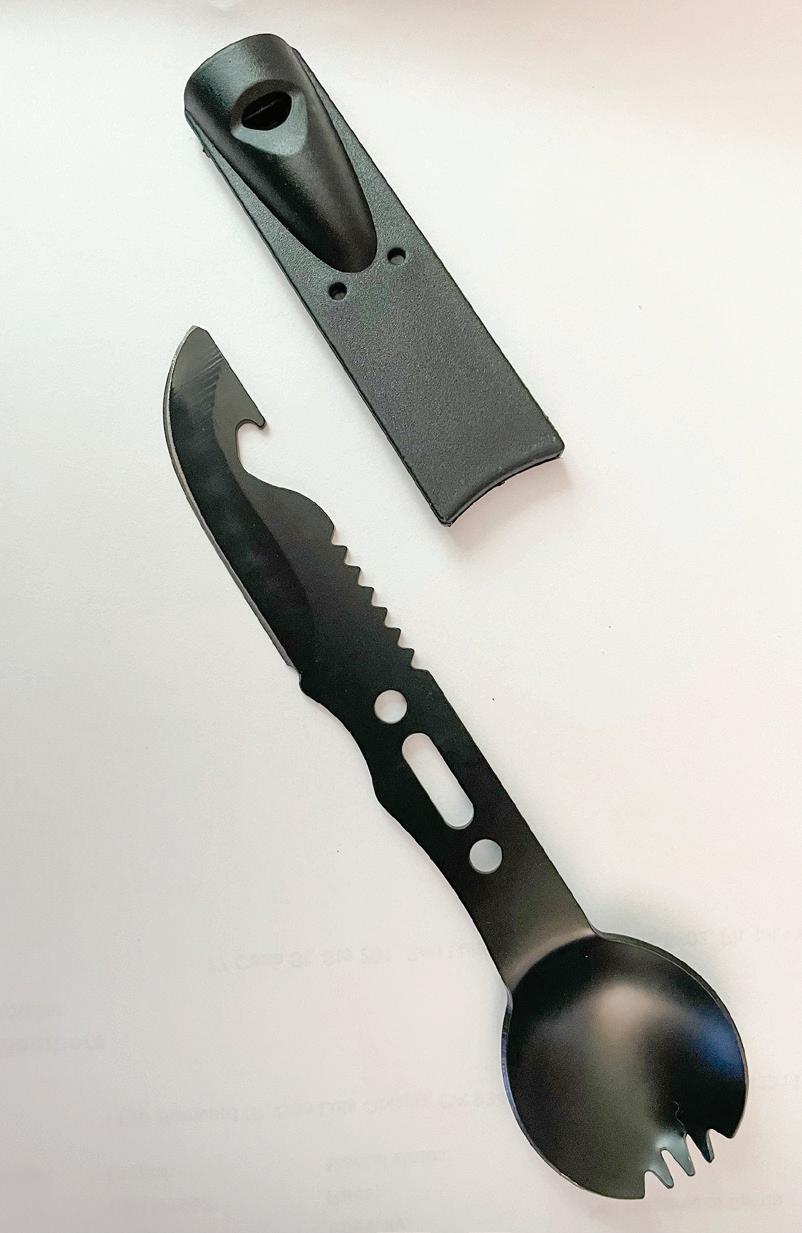
My suggestion? Don’t get hurt. You’ll also find 16-foot parachute cord, a whistle—well, two, actually. There are a couple light sticks, three carabiners to attach stuff to whatever, some fishing essentials including a lure, a compass that didn’t work very well, and a “Paracord Survival Bracelet” with another tiny compass that did function. The bracelet also has a whistle and a fire starter, but like the bigger fire starter included in the kit, I couldn’t get it to spark effectively. There are four easy-to-light “Fire Starting Sticks,” but I would just bring a lighter. So, will you survive? There’s no food in the kit, and none of this stuff seems built to last, but in a pinch, it’s better than nothing. Buy one if you want, but in a real emergency, you’re going to wish you’d stowed a couple gallons of water, a three-day supply of ready-to-eat food, a sleeping bag, and a tarp.

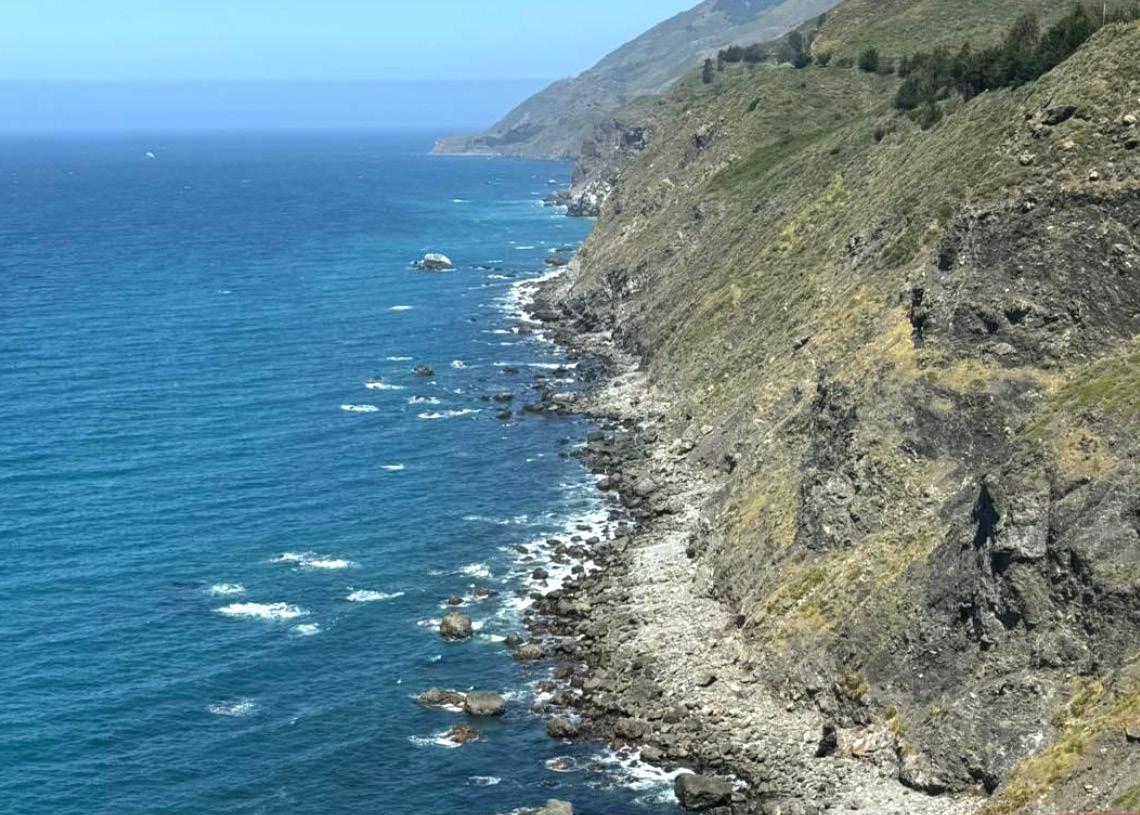
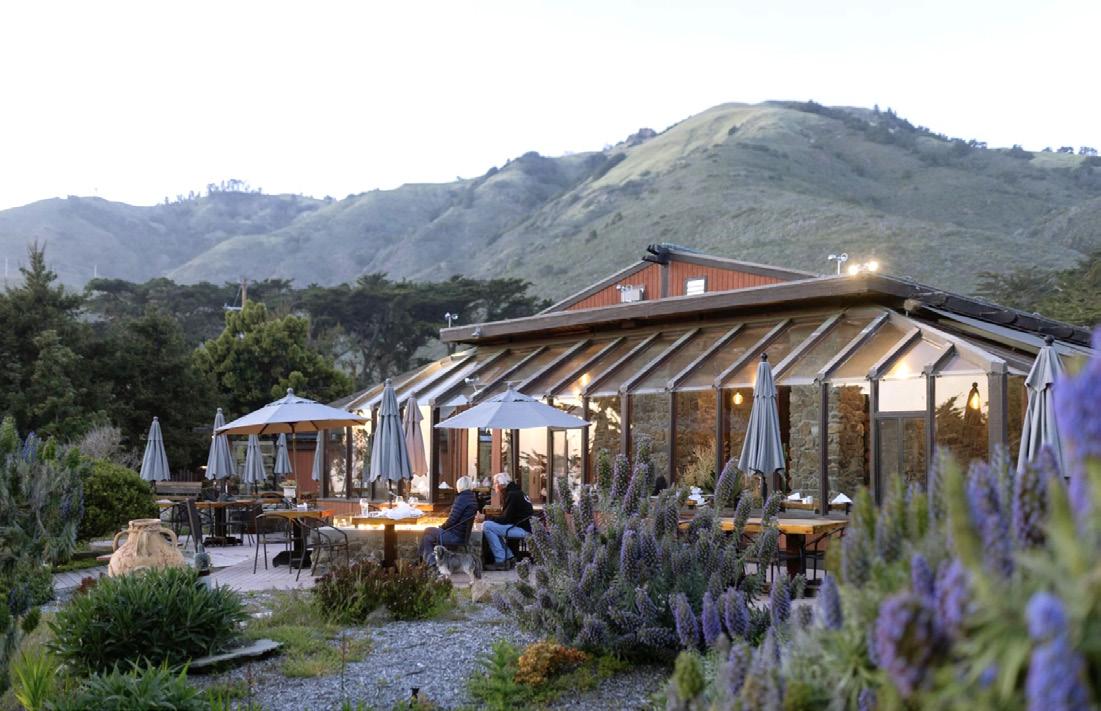



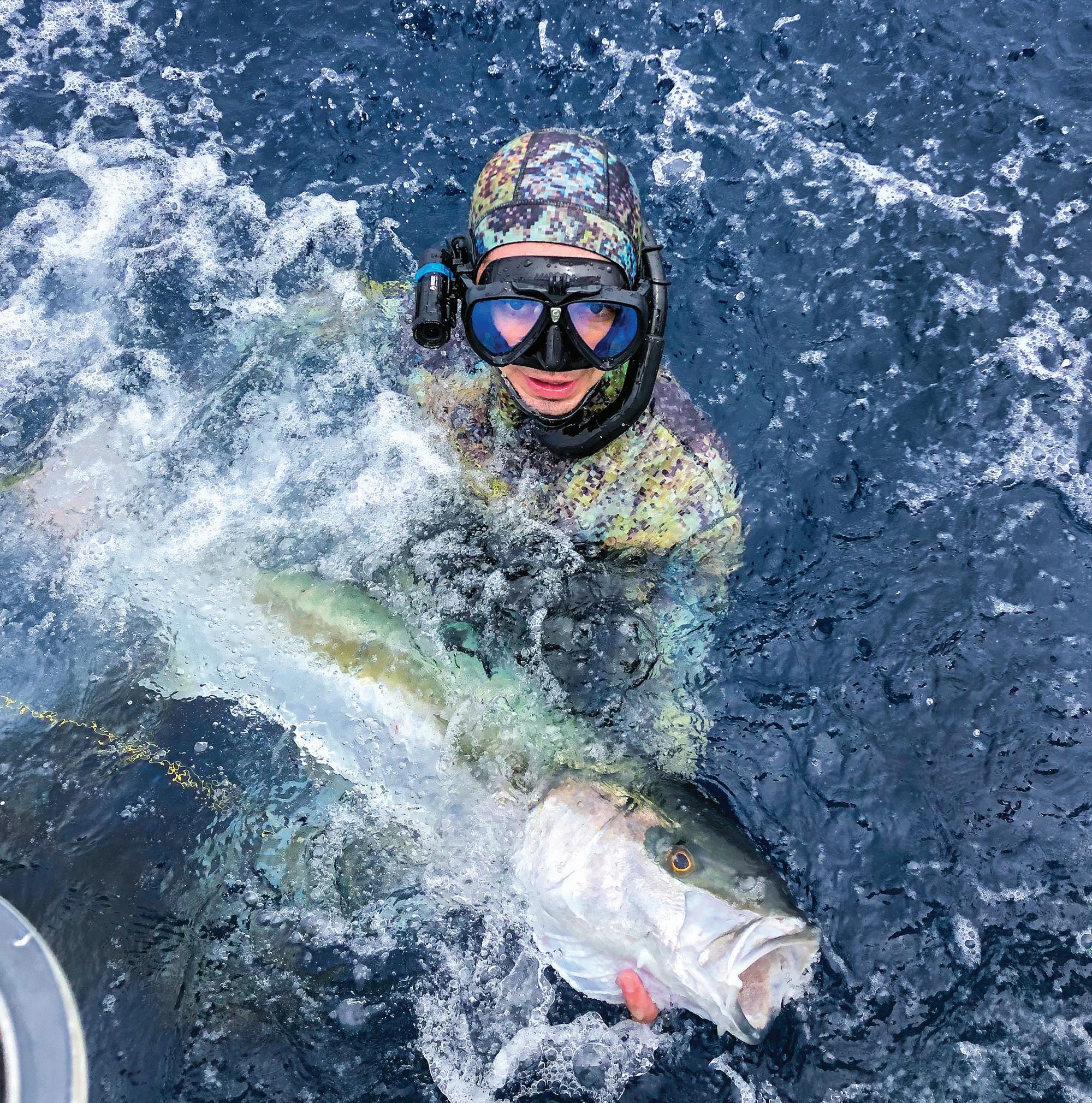
spearguns, pole
or
Check out Riffe International’s spearfishing gear collection suited for newbies to pros at speargun.com.



BY LIBBEY HANSON
When Mossimo Jar was spearfi shing in Cambria with some friends this spring, he said he heard them suddenly flounder to their kayaks and hold four fi ngers up, thumbs to their foreheads. In spearfi shing language, that meant shark.
Jar calmly swam to his kayak— he’d encountered sharks before, like the 10-foot great white under
him. But when he accidentally fl ipped his kayak moments later, he said he thought it was over.
“In that last, little, stupid rush, I rolled my kayak, and I was like, ‘This is where it happens,’ you know? Like, you did everything right until here,” Jar said. “I looked down and the shark had actually just kept cruising—he wasn’t around, which was good. I fl ipped
my kayak back, I got in, and I was just like, sometimes it’s better to be lucky than good.”
This is the fun of spearfishing, SLO spearfisherman Jar said. You never know what you’re going to see.
Spearfishing requires two primary skills to establish before starting— being comfortable in the water and being able to hold your breath.
“The fi rst part of spearfi shing
is just being in the water with [the fi sh], and once you’ve got that mastered, learning how to selectively choose what you actually want to hunt comes second,” Jar said.
Spearfi shing goes something like this, he said: You descend into the deeper water with your gun,
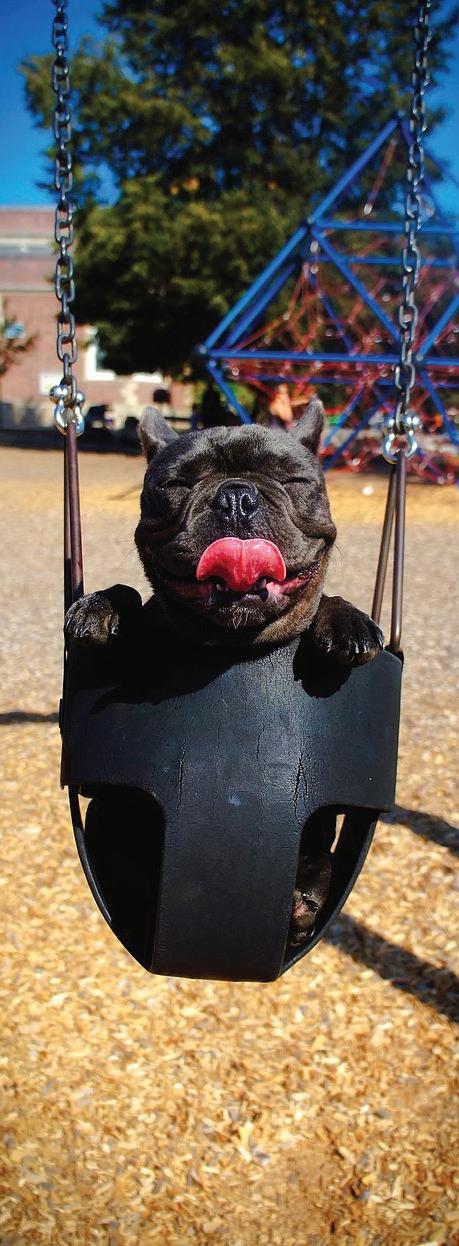

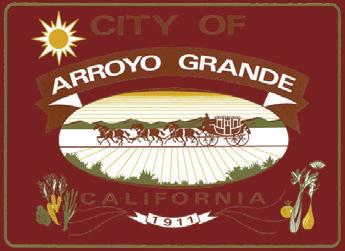
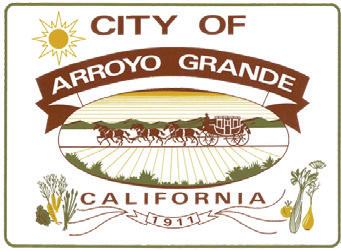
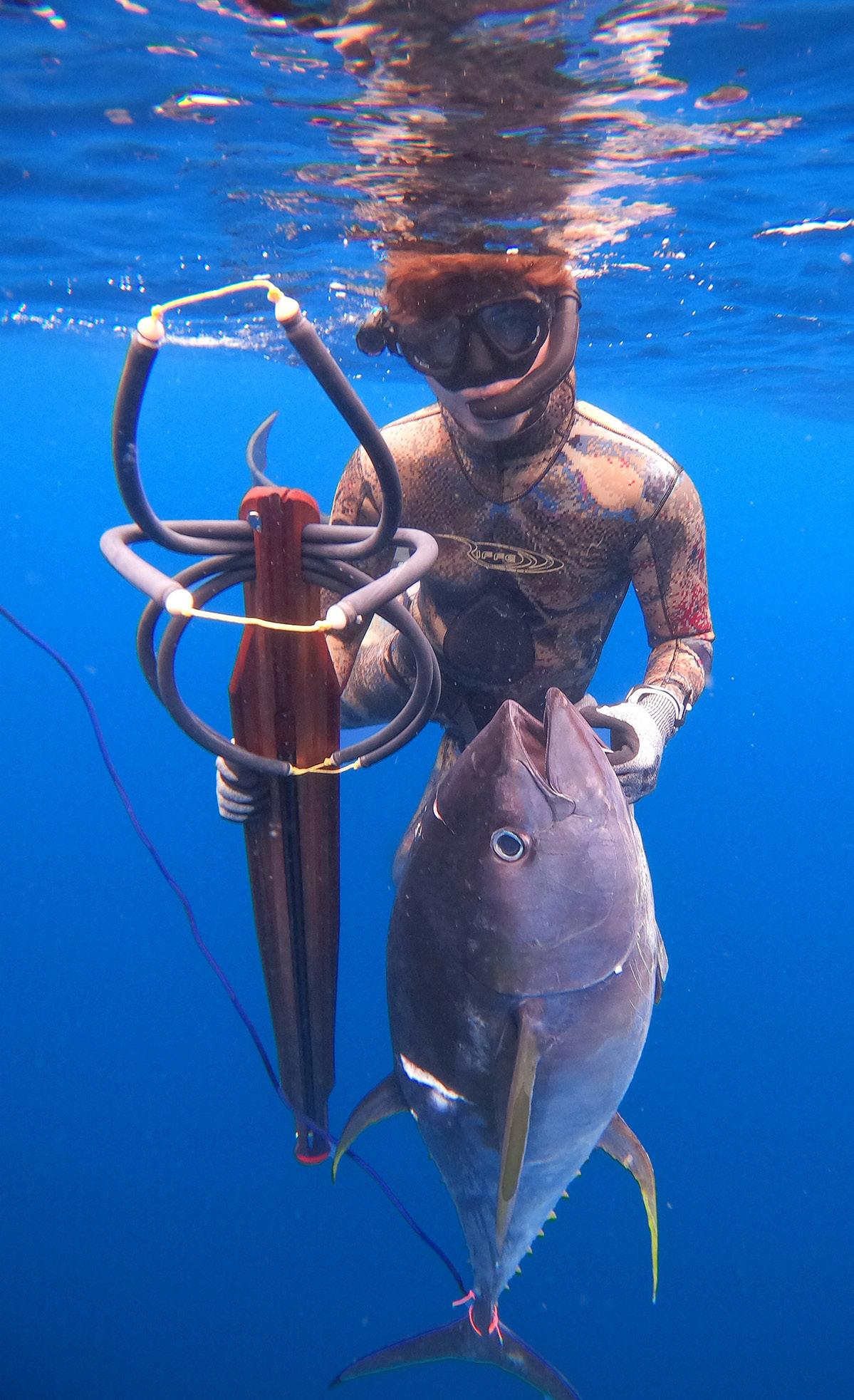
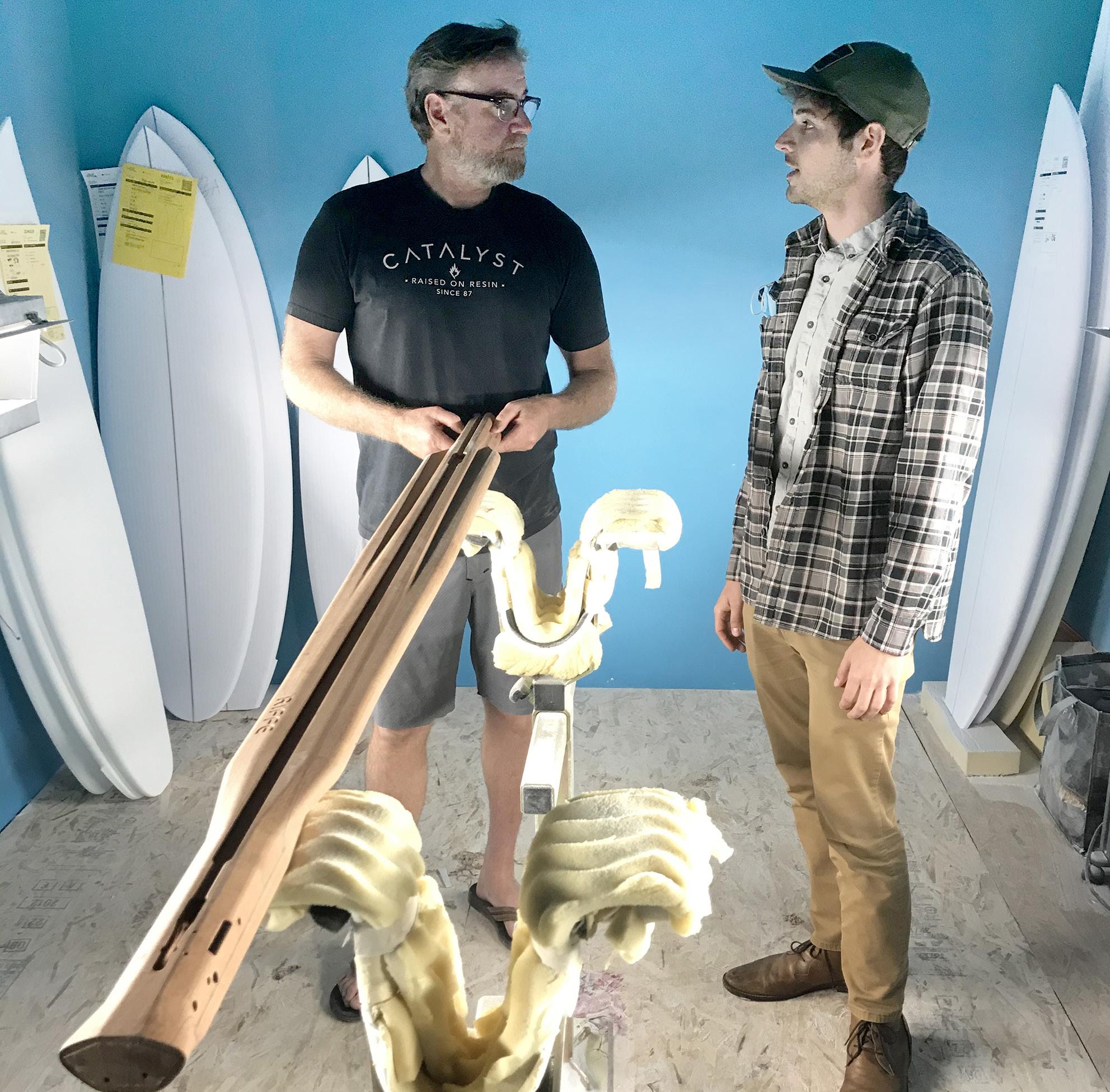
SPEARFISHING from page 50
you navigate where the fish are or wait for them to come to you, you shoot the fish, and then you receive it successfully, all within the same breath.
Jar started his spearfishing journey using a pole spear with his dad as a kid. The two would go to La Jolla and shoot fish in knee-deep water.
His dad didn’t have any interest in going deeper, but Jar did.
“I convinced some of my friends to gather up shitty snorkel gear and take the pole spears that me and my dad had and went into San Diego’s Bay, or Mission Bay, and actually started shooting fish like bass,” he said. “So, it just kept going from there—just going, ‘I want to go a little deeper. I want to shoot a little bit bigger of a fish,’ kind of thing, and just follow that natural progression.”
As a beginner, Jar said fishers start with more of a sling, then move up to an actual speargun.
“A pole spear is a stick with a rubber band attached to it and a point, and that is the way that a lot of people start, and it’s got a really short range, and it’s kind of hard to master,” he said. “But if you want to increase your ability to successfully catch fish, going over to a speargun gives a big jump. You get more range. You’re not having to hold the thing under tension the whole time, which just makes it easier to kind of maneuver around with.”
In 2019, Jar started working for a spearfishing company called Riffe International, based out of San Clemente. After its owner had a stroke, Jar took on production to make sure the products remained top quality.
“I also designed some new pole spears and spearguns, and I even made a couple that were a little bit more custom to myself,” he said. “It was just a really fun process because I was using the passion I had for this sport. I thought, ‘What can I make that I think would make it better for others to do this sport as well? How do I make something that feels custom to every individual?’”
Take it from Anne-Marie Parkinson, who started spearfishing in Santa Barbara in 2021.
“The sling, you kind of aim a bit kind of to the side of your arm.
Versus a speargun, you could hold it up directly in front of you. So, I was actually better aiming off to the side,” she said.
And because Parkinson said she lacked upper body strength, she often utilizes longer bands on her speargun, which don’t require as much force when pulling back to aim and shoot.
She said she sports these on a purple speargun her dad made for her.
“My dad loves to work with his hands, and he’s retired, so he made me a speargun in his free time with some purple-dyed wood, and purple is my favorite color, so that’s a nice gift that I always have with me.”
Parkinson said she sees spearfishing as a way to connect with nature and the past.
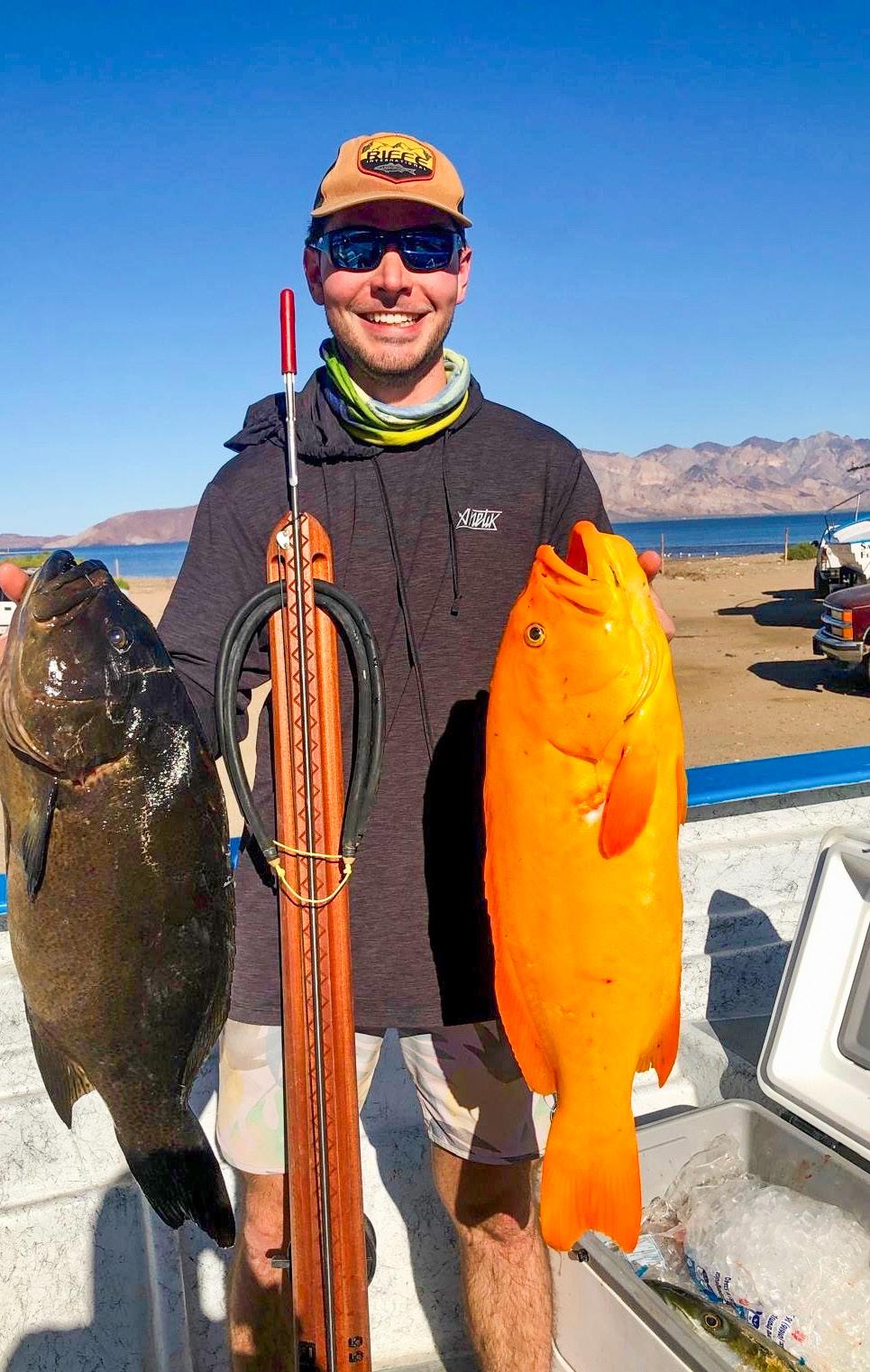
“This is a really cool way to get to experience the ocean and also sustainably harvest food that I can eat later on,” Parkinson said. “So much of our food now comes from grocery stores and this big disconnect from kind of how our ancestors lived, and so that was really a cool thing to be able to do kind of feed myself, friends, and family just from our own backyard.”
What both Jar and Parkinson agreed on is that sport isn’t just about shooting fish, though. It’s also about being a part of a different world, even for a few minutes.
“I’ve swam through stingray migrations. I’ve seen whales—even just seeing the smallest little slugs on the reef,” Jar said. “It’s just beautiful to be there—and so catching fish is just a part of it.”







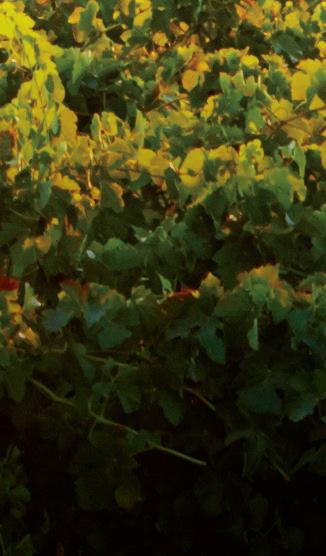


10 State Park Road
Morro Bay, CA 93442
805-772-8796
8355 Carmelita Ave.
Atascadero, CA 93422
805-462-9727
Arroyo Grande Parks & Recreation
1221 Ash St. Arroyo Grande, CA 93420
805-473-5474
BareFoot BodyWorks SLO
1107 Johnson Ave. San Luis Obispo, CA 93401
805-610-7403
Bello Forno
119 E. Clark Avenue Orcutt, CA 93455
805-623-7111
523 N. Broadway Santa Maria, CA 93454
Black Sheep Bar & Grill
1117 Chorro St. San Luis Obispo, CA 93401
805-544-7433
Boo Boo Records
978 Monterey Street San Luis Obispo, CA 93401
805-541-0657
Branch
Street Deli and Pizzeria
203 E. Branch St. Arroyo Grande, CA 93420
805-489-9099
Bricks & MiniFigs
863 Marsh St San Luis Obispo, CA 93401
805-439-3188
Cambria Bike
1239 Monterey San Luis Obispo, CA 93401
805-543-1148
Cambria Garden Shed
2024 Main Street Cambria, CA 93428
805-927-7654
Cambria Vacation Rentals
784 Main St. Cambria, CA 93428
805-927-8200
Camp Ocean Pines
1473 Randall Drive Cambria, CA 93428
805-927-0254
Carolyn Elliott Permanent Makeup
2280 Sunset Drive Los Osos, CA 93402
805-550-7379
California Holistic Institute
11555 Los Osos Valley Rd. Ste #109 San Luis Obispo, CA 93405 805-786-4808
Chukchansi
Gold Resort & Casino
711 Lucky Lane Coarsegold, CA 93614 866-794-6946
Chumash Casino
3400 East Hwy. 246 Santa Ynez, CA 93460 805-686-0855
City of Santa Maria Utilities Department
2065 E. Main Santa Maria, CA 93454 805-925-0951
City of Santa Maria
Cuyama Buckhorn
4923 Primero St New Cuyama, CA 93254
661-766-2825
Downtown Paso Robles Main Street Association
835 12th Street, Suite D Paso Robles, CA 93446
805-238-4103
Ed’s Handyman
1287 Cayucos Dr. San Luis Obispo, CA 93401 805-441-0373
Family Tree Service PO Box 492 Atascadero, CA 93423 805-610-3626
Festival Mozaic PO Box 311 San Luis Obispo, CA 93406 805-781-3009


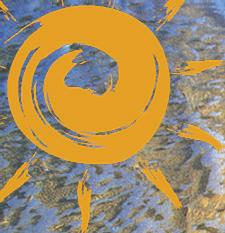
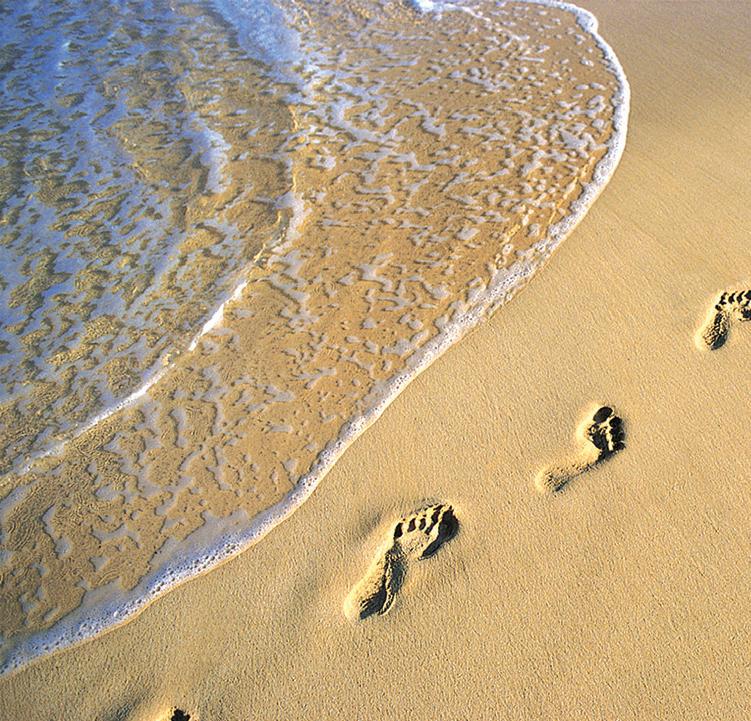

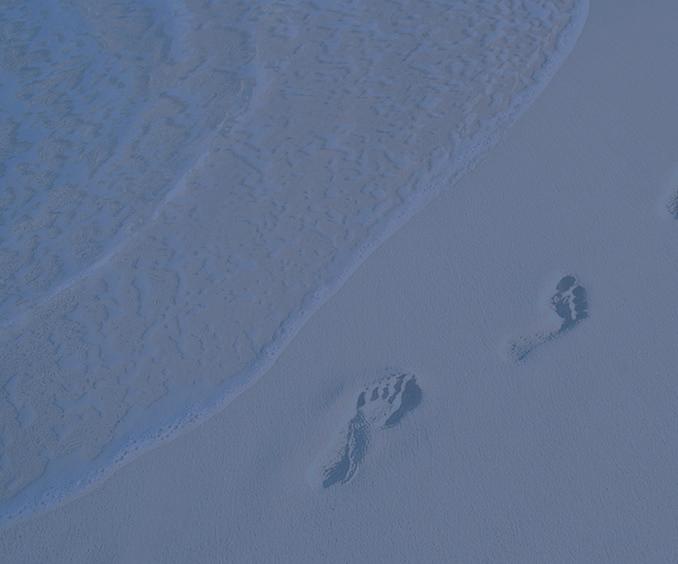
Casa Ramos Art Gallery / John Ramos Gallery
1034 Los Osos Valley Rd. Los Osos, CA 93402
805-439-0306
Utilities Department
Water Conservation
2065 E. Main Street Santa Maria, CA 93454 805-925-0951
Great American Melodrama
PO Box 1026 Oceano, CA 93475
805-489-2499
Halter Ranch Vineyard


Central Coast Kayaks
1879 Shell Beach Rd. Shell Beach, CA 93449
805-773-3500
Clark Center Association
487 Fair Oaks Ave. Arroyo Grande, CA 93420-4005 805-489-4196
8910 Adelaida Rd. Paso Robles, CA 93446
805-226-9455
Island Packers
1691 Spinnaker Dr., Ste.105B Ventura, CA 93001
805-642-1393
Klondike Pizza
104 Bridge St. Arroyo Grande, CA 93420 2059 S. Broadway Santa Maria, CA 93454
805-348-3667
Lopez Lake
Marina & Store
6820 Lopez Dr. Arroyo Grande, CA 93420
805-489-1006
Margaret Biggs Fine Art
Cambria, CA 93428
850-776-7119
Margarita Adventures
22719 El Camino Real Santa Margarita, CA 93453
805-438-3120
Melby’s Jewelers
1140 E. Clark Avenue Santa Maria, CA 93455 925-1678
Mike’s Shoes
487 Madonna Road #3 San Luis Obispo, CA 93405
805-547-9593
525 E. Plaza Dr. Santa Maria, CA 93454
805-928-1000
Nunno Steel
3461 Dry Creek Road Nipomo, CA 93444
805-330-9247
O’Connor Pest Control
101 Cuyama Ln
Santa Barbara, CA 93105
805-330-9247
Pacific 805
640 S Frontage Rd, Ste. F Nipomo, CA 93444
805-723-5050
Patrick James
641 Higuera St.., Ste. 100 San Luis Obispo, CA 93401
805-549-9593
Pediatric
Medical Group
1430 E. Main St. Santa Maria, CA 93454
805-922-3548
Point San Luis Lighthouse
Avila Beach, CA
805-540-5771
Ragged Point Inn
19019 Hwy 1
Ragged Point, CA 93452
805-927-5708
Richard Ferrel Designs PO Box 2268
Nipomo, CA 93444
805-723-8001
SLO County Farmers
Markets
PO Box 1665
Arroyo Grande, CA 93420
805-503-9105
SLO County
Parks & Recreation
1144 Monterey St. San Luis Obispo, CA 93408
805-781-1318
SLO Rowing Club
330 Village Glen Dr. Arroyo Grande, CA 93420
805-459-8874
SLOCOG Rideshare Public Information
1114 Marsh St. San Luis Obispo, CA 93401
805-781-4362
Solarponics
4700 El Camino Real Atascadero, CA 93422 805-466-5595
State Farm
Donna
Randolph
1650 S. Broadway Santa Maria, CA 93454 805-925-4610
Summerwood Winery & Inn
2175 Arbor Road Paso Robles, CA 93446 805-227-1365
That’s Fetch
3564 Skyway Dr. Santa Maria, CA 93455 361-0802
The Haunt in Atascadero
5805 El Camino Real Atascadero, CA 93401
509-500-KCXT
The Luffa Farm
1455 Willow Rd. Nipomo, CA 93444
805-343-0883
The Villages of SLO
55 Broad St. San Luis Obispo, CA 93401 805-543-2300
Transitions Mental Health SLO
784 High St. San Luis Obispo, CA 93401 805-550-6566
Van Curaza
Surf School Operation
Surf
80 San Francisco St. Avila Beach, CA 93424 805-544-7873
Vineyard Antiques
2320 Ramada Dr. Paso Robles, CA 93446
805-237-4012
West Coast
Detailing
747 Woodbridge St. San Luis Obispo, CA 93401
805-543-9274
Wildheart Coastal Adventures
941-323-2703
